![]()
By Gypsy Blue Rose
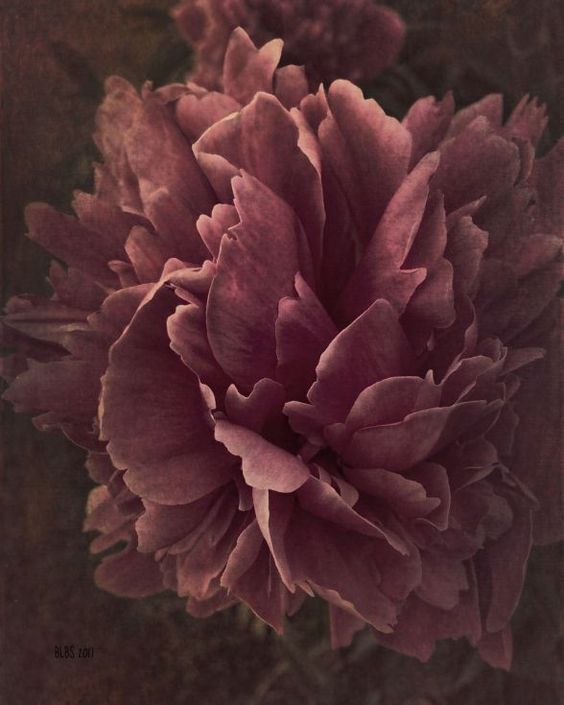
| Author Note: | for rules, please check my author notes |
dusk kisses peonies
with the last light of day —
tucked in for the night
| Author Notes |
Peonies are plants or shrubs that have large, showy flowers. It's the state flower of Indiana. Most peonies thrive in cold climates.
Contemporary Haiku: has one to four lines, 17 syllables or LESS. No rhymes. Alliteration and metaphor are okay. The essence of haiku is the juxtaposition of two images or ideas separated by a dash or ellipsis (~ .... ) Images are taken from human nature or nature. the haiku foundation.org source: Modern Haiku.org Thank you for taking the time to read and review my poem. Gypsy |
![]()
By Gypsy Blue Rose
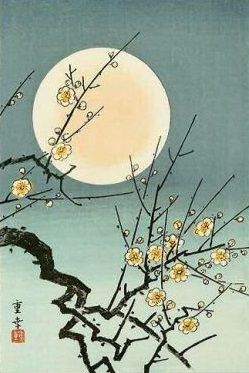
| Author Note: | Ekphrastic poem is inspired by a picture or work of art |
flower moon
balances on cherry blossoms —
boughs bounce in the breeze
| Author Notes |
KIGO Spring (cherry blossoms)
Contemporary Haiku: one to four lines, 17 syllables or LESS. No rhymes. Alliteration and metaphor are okay. These poems utilize a caesura (pause) The essence of haiku is cutting (KIRU) represented by the juxtaposition of two images or ideas separated by a (KIREJI) dash or ellipsis (~ .... ) Images are taken from human nature or nature. Here is an example: in the woodpile the broken ax handle the haiku foundation.org source: Modern Haiku.org May's full Flower Moon reaches peak illumination at 7:14 A.M. (EDT) on Wednesday, May 26. Thank you very much for taking the time to read and review my poem. Gypsy |
![]()
By Gypsy Blue Rose

scattered white blossoms
where car and bike collided —
flower basket by her side
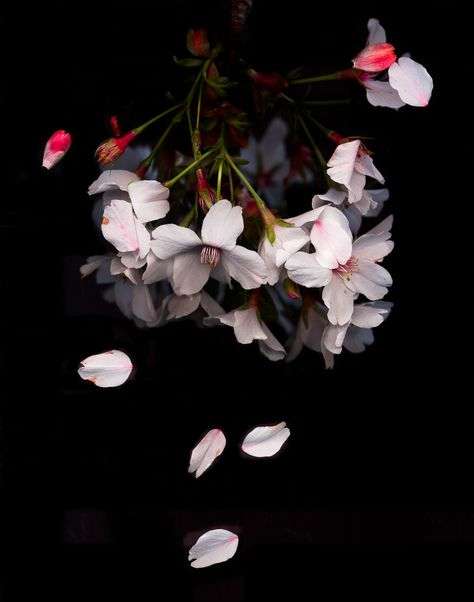
| Author Notes |
This poem is fictional but on Saturday I was in a car accident. Made me think about the fragility of life.
KATAUTA is a Japanese poem that follows a 5/7/7 syllable count and form. more information about Sedoka and Katauta In 1912, the people of Japan sent more than 3,000 cherry trees to the United States as a gift of friendship. They were planted in Washington, DC. The significance of the cherry tree in Japanese culture goes back hundreds of years. The blossom represents the fragility and the beauty of life. Though pages of haiku can be read in a few moments, a quick read doesn�??�?�¢??t do these little gems justice. A haiku is kind of like having a tiny diamond in your hand as opposed to, say, a huge chunk of quartz. Examine�??�?�¢?�??�?�¦see what meaning you can find. Thank you very much for reading and reviewing my poem. Gypsy |
![]()
By Gypsy Blue Rose
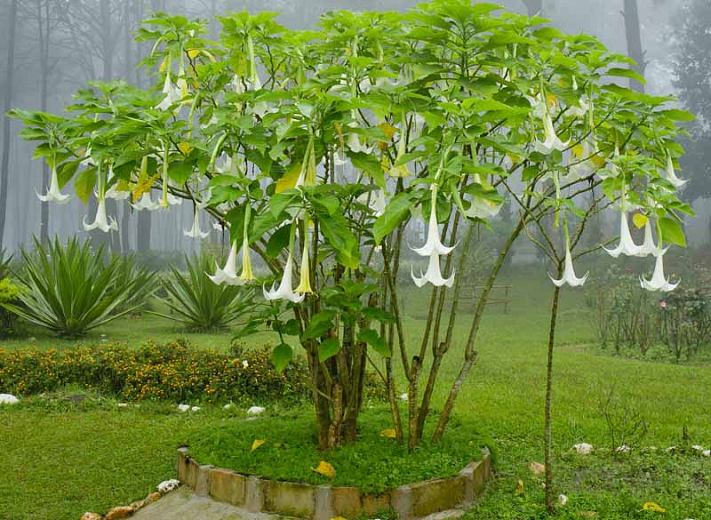
| Author Note: | If You Would Like To Join the Haiku Club, please check my author notes |
springtime —
angel trumpets blossom
to the rhythm of life
| Author Notes |
Angel Trumpets species are amongst the most toxic of ornamental plants
EKPHRASTIC POEM It's a vivid description of a picture or a painting. HAIKU is a Japanese short poem that uses imagistic language to convey the essence of an experience of nature intuitively linked to the human condition. The poem is written in three lines with 17 syllables and 5/7/5 form. English haiku doesn't have to be 5/7/5, just 17 syllables OR LESS and as brief as possible. Japanese syllables are shorter than English syllables. The essence of haiku is represented by the juxtaposition of two images or ideas separated by a dash to pause a moment of introspection. source of 5/7/5 syllables rule *** source haiku rules by William J. Higginson, Haiku Society of America *** HaikuWorld.org Thank you very much for your review and your valuable time, Gypsy |
![]()
By Gypsy Blue Rose

old teapot waits
for grandma's tender hands —
long after she's gone
![]()
By Gypsy Blue Rose

book of love poems
holds your precious flowers —
pages soaked in tears

| Author Notes |
Senryu is a Japanese short poetic form similar to haiku but focuses on human nature and it doesn't require a season word (kigo). It's written in 17 syllables OR LESS, usually in three lines. It can be satirical or humorous; on the other side, it can be serious expressing misfortunes, hardships, and woe of humanity. It goes back to late 18th century Japan.
source: wikipedia collection of senryu Thank you very much for reading and reviewing my poem. Gypsy |
![]()
By Gypsy Blue Rose


| Author Notes |
A group of doves is called: bevy, cote, flight, dule
doves eat fresh thyme among other things Contemporary Haiku: one to four lines, 17 syllables or LESS. No rhymes. Alliteration and metaphor are okay. These poems utilize a caesura (pause) The essence of haiku is cutting (KIRU) represented by the juxtaposition of two images or ideas separated by a (KIREJI) dash or ellipsis (~ .... ) Images are taken from human nature or nature. Here is an example: in the woodpile the broken ax handle the haiku foundation.org source: Modern Haiku.org Thank you very much for reading and reviewing my poem. Gypsy |
![]()
By Gypsy Blue Rose
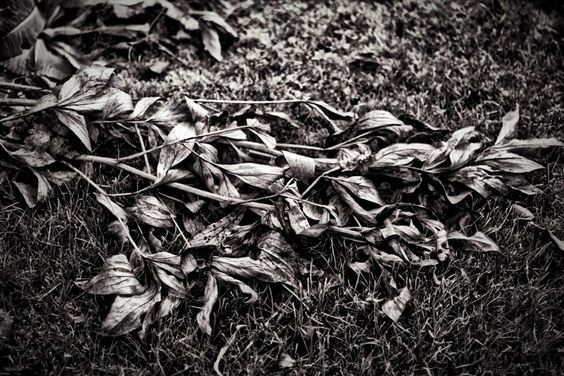
| Author Note: | If You Would Like To Join the Haiku Club, please check my author notes |
dead flowers embrace
earth in last gesture of love —
seedlings wait for spring

| Author Notes |
Fiction
JISEI HAIKU (death poem), is a genre of Japanese poetry that offers a reflection on the imminent death of the author. Please, focus on nature, try to free your mind from all you know about death from our Western World notion. Jisei originated in Zen Buddhism. It uses metaphoric references such as sunsets, autumn, or falling cherry blossom that suggest the transience of life. Jisei is a farewell poem to life to see source click here *** to see source click here ***** The poem's structure is 5/7/5 or LESS. Jisei Haiku poems are typically graceful, natural, and emotionally neutral. If you would like to join our Haiku Club, please click on the CLUBS link and look for the haiku club. You may send me a message if you need help or have questions. Thank you for reading and reviewing my poem. Gypsy |
![]()
By Gypsy Blue Rose
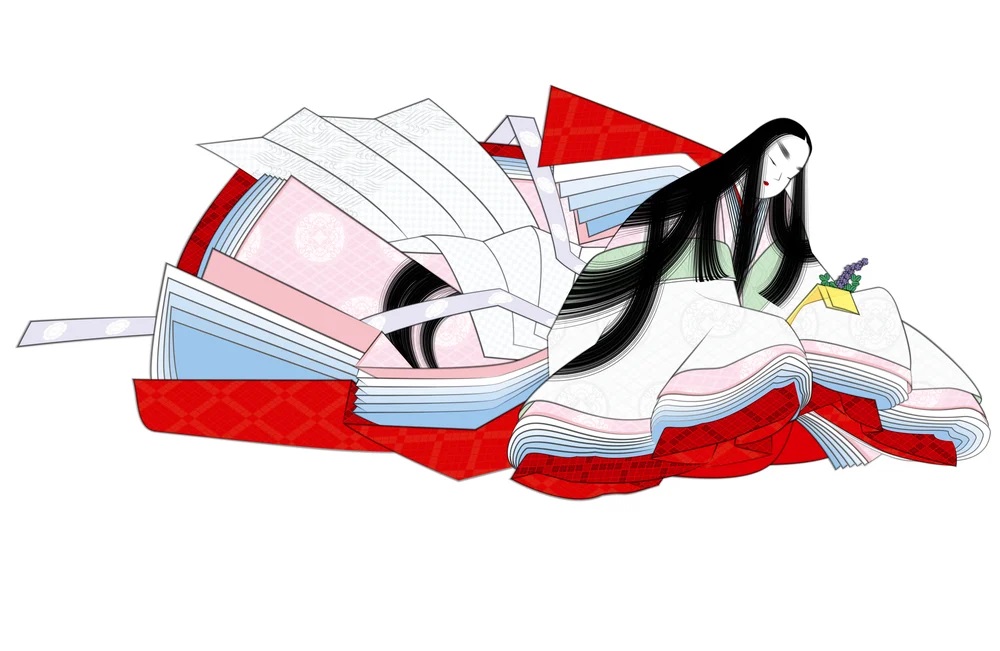
| Author Note: | for rules, please check my author notes |
Moonbeam sneaks through my window
entwined in a cold breeze
and jasmine’s musky fragrance
reminiscent of mom’s scent —
I drown in wistfulness
| Author Notes |
KANSHI POEM refers to works by Japanese poets written in classical Chinese during the Tang Dynasty in the Heian Era (794-1185), Kanshi is written in 5 to 7 syllables and 4 to 8 lines. KANSHI RESOURCES: wikipedia ****** Tokyo Weekender ****** Simply Haiku ******
This week's event for the Japanese Poetry Club is KANSHI POEMS. If you would like to join the club, Click Here and Click on Japanese Poetry Club Thank you very much for reading and reviewing my poem. Gypsy |
![]()
By Gypsy Blue Rose
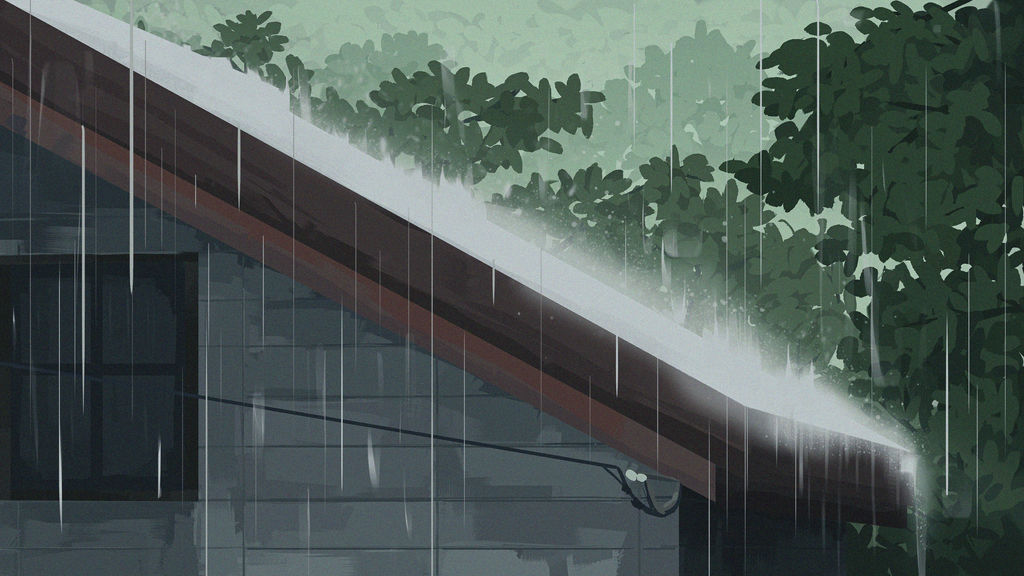
last goodwill boxes
of mom’s things on wet sidewalk —
smell of winter rain
| Author Notes |
HUMANITY HAIKU focuses on humanity kigo (season word) not to be confused with Senryu that doesn't have a Kigo. It's a Japanese short poem that uses imagistic language to convey the essence of an experience of nature intuitively linked to the human condition. FORM: In Japanese, haiku is written in three lines 5/7/5. In English, it's 17 syllables or less, as brief as possible.
The essence of haiku is represented by the juxtaposition of two images or ideas separated by a dash to pause for introspection, usually at end of the second line. source of 5/7/5 syllables rule *** source haiku rules by William J. Higginson, Haiku Society of America *** HaikuWorld.org Thank you very much for your review and your valuable time, Gypsy Artwork by Itsendy Deh |
![]()
By Gypsy Blue Rose
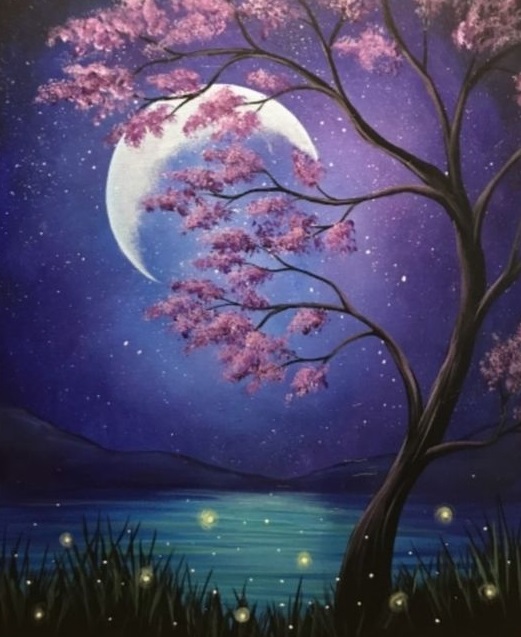
| Author Note: | A Group of Fireflies is called a Sparkle (for rules, please check my author notes) |
fireflies flutter
amidst dewy reeds —
blossoms in the spotlight

| Author Notes |
A group of fireflies is called a light posse or a sparkle.
KIGO spring for blossoms HAIKU is a Japanese short poem that uses imagistic language to convey the essence of an experience of nature intuitively linked to the human condition. FORM: In Japanese, haiku is written in three lines 5/7/5. In English, it's 17 syllables or less, as brief as possible. The essence of haiku is represented by the juxtaposition of two images or ideas separated by a dash to pause for introspection, usually at end of the second line. source of 5/7/5 syllables rule *** source haiku rules by William J. Higginson, Haiku Society of America *** HaikuWorld.org Thank you very much for your review and your valuable time, Gypsy picture from pinterest |
![]()
By Gypsy Blue Rose
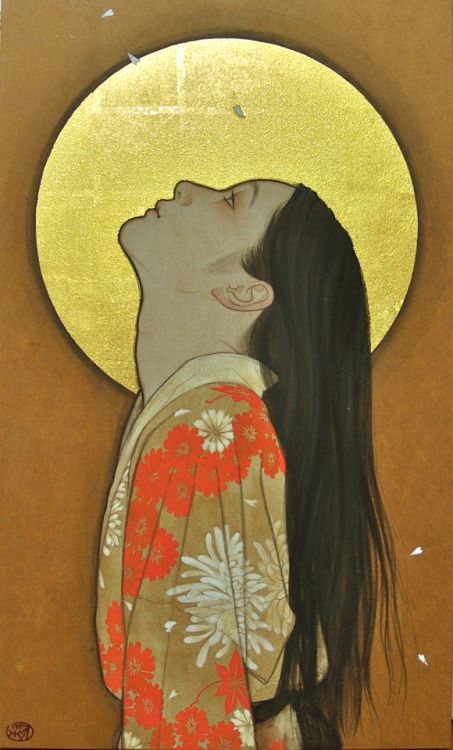
| Author Note: | for rules, please check my author notes |
orange fire daisies
on her fawn-shade kimono —
harvest moon

| Author Notes |
Fawn is a shade of beige. Fire is a shade of orange.
This week we are learning about HUMANITY HAIKU. click here to find the haiku club KIGO: harvest moon for autumn Humanity Haiku category focuses on aspects of human beings. It's not to be confused with Senryu which doesn't have a kigo (season word) Humanity kigo list includes: clothes; food and beverages; work and school; sports; recreation; the arts; illness; travel; communications; and moods. click here to see List of Kigo HAIKU is a Japanese short poem that uses imagistic language to convey the essence of an experience of nature intuitively linked to the human condition. FORM: In Japanese, haiku is written in three lines 5/7/5. In English, it's 17 syllables or less, as brief as possible. The essence of haiku is represented by the juxtaposition of two images or ideas separated by a dash to pause for introspection, usually at end of the second line. source of 5/7/5 syllables rule *** source haiku rules by William J. Higginson, Haiku Society of America *** HaikuWorld.org My haiku was inspired by a painting by Otake Aya (Ekphrastic) Thank you very much for your review and your valuable time, Gypsy |
![]()
By Gypsy Blue Rose
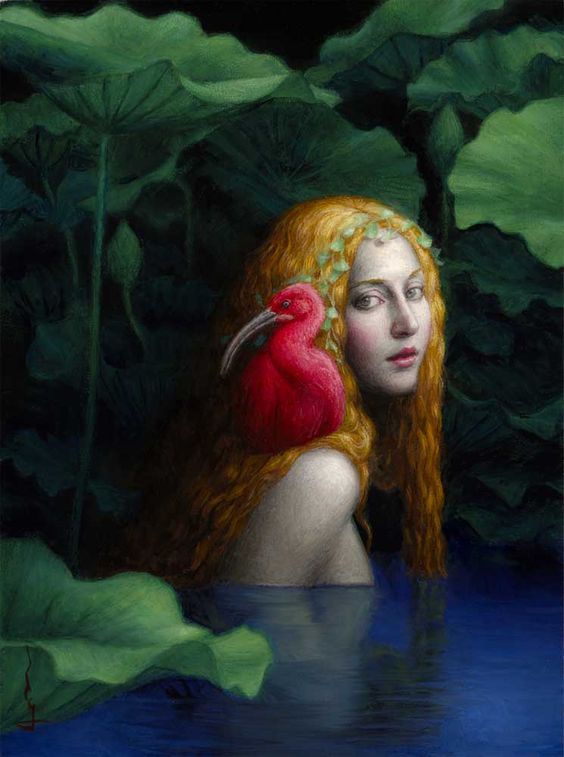
Bright scarlet ibis,
swept up by silver moonlight,
onto wishful sky.
Dueling creatures of the night,
sing sweet symphonies,
to lull maiden into dreaming,
of faraway lands.
Where bright scarlet ibis fly,
among beautiful maidens.
| Author Notes |
This week's event in the Japanese Poetry Club is to write a CHOKA. It's a form of Japanese court poetry of the 6th to 14th century consisting of (5-7 5-7 5-7- 5-7-7) syllables pattern. There are other variants of this pattern but I will keep it simple for this event. It was composed mainly to commemorate public events The total length of the poem is indefinite.
Artwork by chie-yoshii Thank you very much. I appreciate that you took the time to read and review my poem. Gypsy hugs |
![]()
By Gypsy Blue Rose

the last light of day
drenches golden blades of wheat —
obscured miracle
| Author Notes |
Obscure miracle as in a beautiful sunset in a dark night or as in not seen by human eyes but still beautiful.
5/7/5 poem is similar to haiku but has different rules. 5/7/5 poem's rules are simple: syllables count and grammatically connected lines. Thank you very much for taking the time to read and review my poem. Gypsy |
![]()
By Gypsy Blue Rose
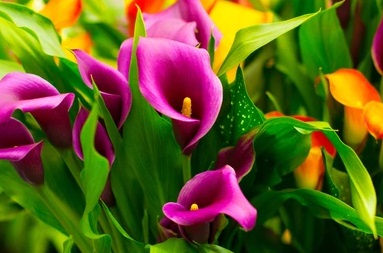
pink calla lilies
gently catch April raindrops
from lush cotton candy clouds

| Author Notes |
5/7/7 katuata for the 3 lines contest
KATAUTA is an unrhymed Japanese form consisting of 19 syllables with a 5/7/7 pattern. They are usually humorous but don't have to be. A pair of Katauta is called a sedoka. click here for more info Thank you very much for your review Gypsy |
![]()
By Gypsy Blue Rose
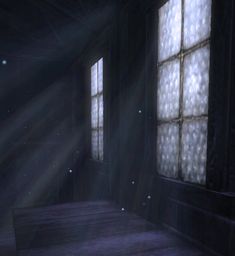
| Author Note: | for rules, please check my author notes |
slanted moonbeams
bathe the empty nursery —
dreams not carried to term
| Author Notes |
Fictional
SENRYU is a Japanese poetic form similar to haiku but focuses on human nature and it doesn't require a season word (kigo). It's written in 17 syllables OR LESS. No rhymes but alliteration, personification, metaphor, etc ... are okay. It can be humorous or serious. It goes back to late 18th century Japan. *** source: wikipedia *** collection of senryu Thank you very much for taking the time to read and review my poem. Gypsy |
![]()
By Gypsy Blue Rose
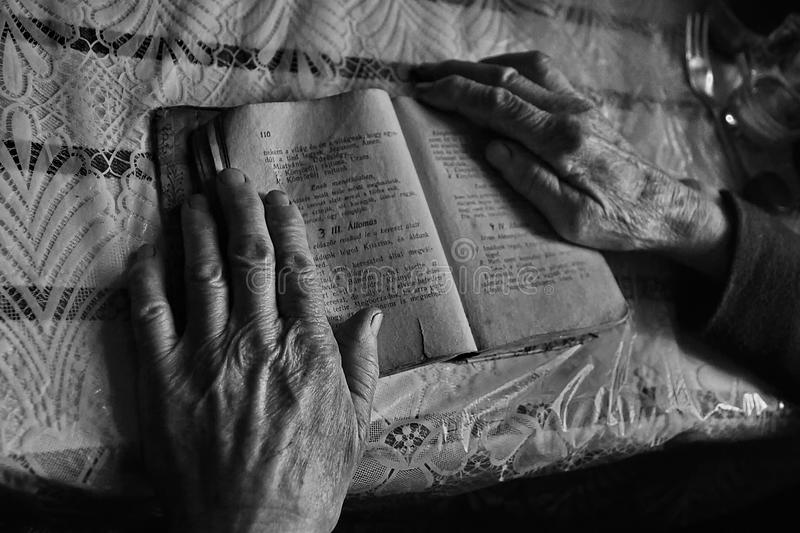
Gnarled hands hold the book of poems
her husband wrote for her years ago.
She keeps his last red rose
between its worn yellow pages.
The petals’ scent preserved
amidst the rhythm of his words.
| Author Notes |
Fictional
SIJO is a traditional three-line Korean poetic form written in three lines, each averaging 14-16 syllables. Each line is written in four groups of syllables that should be clearly differentiated from the other groups, yet still, flow together as a single line. The syllables count are an average of 14 to 16 syllables: --The first line is written in (approximately) 3-4-4-4 states the theme of the poem --The second line is (approximately) 3-4-4-4 is an elaboration of the first line's theme --The third line is divided into two sections. --The first section is (approximately) 3-5 counter-theme --the second part is (approximately) 4-3 conclusion The counter-theme is called the 'twist,' which is usually a surprise in meaning, sound, or another device. |
![]()
By Gypsy Blue Rose

| Author Note: | for rules, please check my author notes |
as sun shimmers over warm lake, I reminisce —
skipping stones with dad
now, I watch him struggle to breathe in ICU —
my heart skips a beat
| Author Notes |
12/5 POEM - a new form created by Gypsy Blue Rose. The poem is inspired by Japanese poetry. It's imagistic and intuitive. In the first line (12 syllables) write a visual phrase about nature or human nature. In the second line write a juxtaposition pivotal phrase in relation to the first line. You may write one stanza of 12/5 alone or repeat as many times as you like.
If you would like to join the Haiku Club click here and look for it on the list of clubs. Let me know if I can help. Thank you very much for taking the time to read and review my poem. Gypsy |
![]()
By Gypsy Blue Rose

outside the airport
Taliban soldiers
push Afghan allies
back into stone age —
women disappear
beneath blue burkas
| Author Notes |
TABLEAU, is a poetry form created by American poet, Emily Romano in October of 2008, consists of one or more verses, in 6 lines and 5 syllables per line. It can be rhymed or free verse The title should contain the word tableau. The word tableau means picture or representation, a picture should come to mind as the poem is read.
The Taliban is a religious-political movement and military organization in Afghanistan, regarded by multiple governments and organizations as terrorists. The Taliban have been condemned internationally for the harsh enforcement of their interpretation of Islamic law, which has resulted in the brutal treatment of many Afghans. While the Taliban controlled Afghanistan, they banned activities and media including paintings, photography, and movies. They also prohibited music using instruments. The Taliban prevented girls and young women from attending school, banned women from working jobs outside of healthcare (male doctors were prohibited from treating women), and required that women be accompanied by a male relative and wear a burqa at all times when in public. If women broke certain rules, they were publicly whipped or executed. The Fall of Kabul was the capture of Kabul, the capital of Afghanistan, by Taliban forces on 15 August 2021. It was the culmination of a military offensive that began in May 2021 against the Afghan government. The capture took place hours after President Ashraf Ghani fled the country. Most of the provincial capitals of Afghanistan had fallen in succession in the midst of a US troop withdrawal that started on 29 February 2020 and is projected to be completed by 31 August 2021. Wikipedia |
![]()
By Gypsy Blue Rose
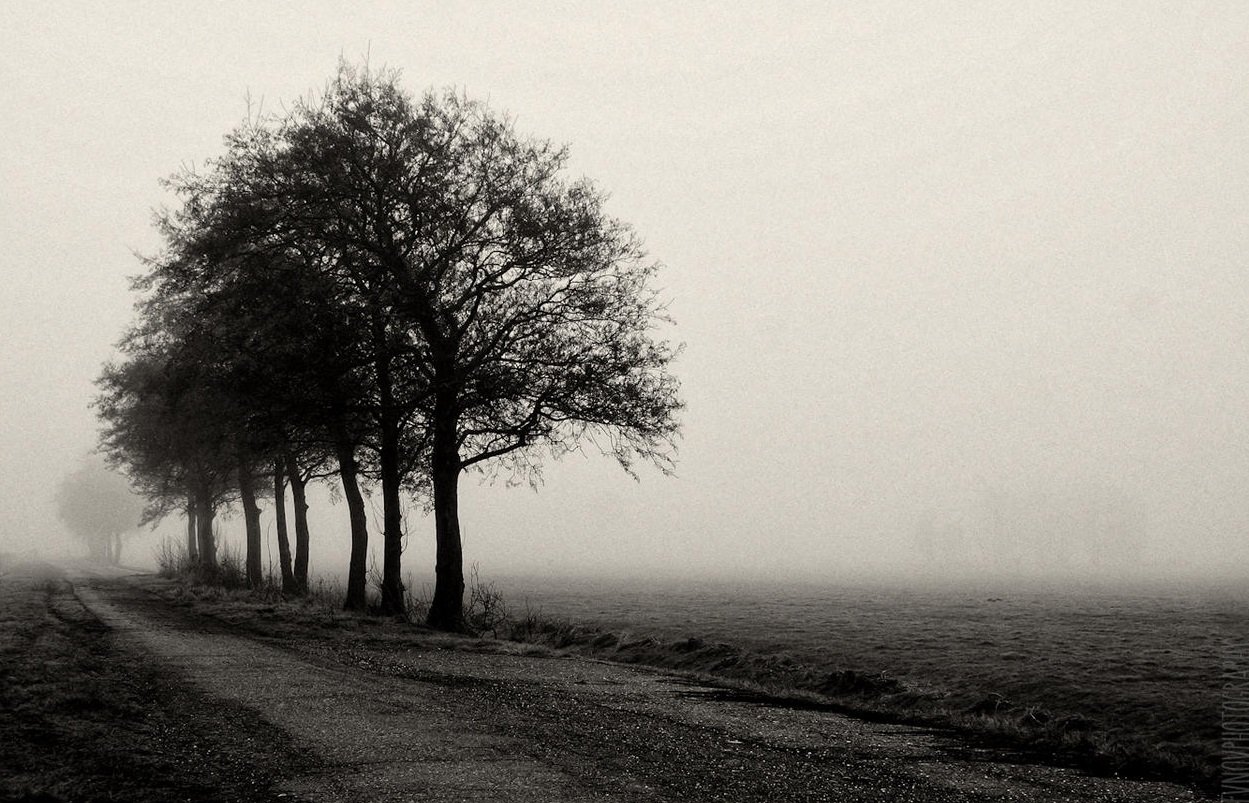
| Author Note: | for rules, please check my author notes |
Morning
gray fog lingers,
thick and wet in silence,
witness of life’s inequities —
in tears.
| Author Notes |
AMERICAN CINQUAIN is inspired by Japanese haiku and tanka, is akin in spirit to that of the *Imagists. The form is five lines with 22 syllables count in a pattern of 2/4/6/8/2. The title is used as the sixth line. It's usually unrhymed but it can be rhymed and about any subject. It was created by American poet, Adelaide Crapsey in 1915. Her cinquain depends on the strict structure and intense imagery to communicate a mood or feeling. more information
*Imagism was a movement in early-20th-century American poetry that favored precision of imagery and clear, sharp language, very much as haiku and tanka. more information |
![]()
By Gypsy Blue Rose

| Author Note: | for rules, please check my author notes |
gusty bay wind
hums through sand reeds —
tree's standing ovation
| Author Notes |
Aeolian ( ee-oh-lee-uhn wind is the sound produced by wind when it encounters an obstacle.
Standing Ovation (oh-vey-shuhn) = an enthusiastic reception marked by loud applause. HAIKU is an unrhymed Japanese poem that uses imagistic language to convey the essence of a human experience in nature. It uses a juxtaposition of two concrete images in a way that prompts the reader to make an insightful connection between the two. It alludes to a season of the year. The best haiku avoid the poet's ego and views. FORM Japanese haiku is written in 17 syllables and three lines (5/7/5), in English is 17 syllables OR LESS in any combination (3/5/3 - 2/7/6 - 5/6/5 - etc). AVOID punctuation, alliteration, metaphor, personification, and capital letters (proper names are okay). Haiku and other Japanese poetry don't need titles but in fanstory we have to have one. It can be anything that relates to the haiku. To pause before the satori you can use a dash, sometimes a comma is okay, but we keep punctuation to a minimum. HAIKU SOURCES -- CLICK HERE TO READ Haiku Ten Tips -- CLICK HERE TO READ Haiku Society of America Haiku Examples -- CLICK HERE TO READHaiku Society of America Haiku Rules -- CLICK HERE TO READ Matsuo Basho Haiku Collection -- Ci9LICK HERE TO READ Matsuo Basho History -- CLICK HERE TO READ why haiku can be less than 17 syllables -- CLICK HERE TO READ SEASON WORDS (Kigo) List KIGO for wind is spring Thank you very much for your review and your valuable time, Gypsy |
![]()
By Gypsy Blue Rose
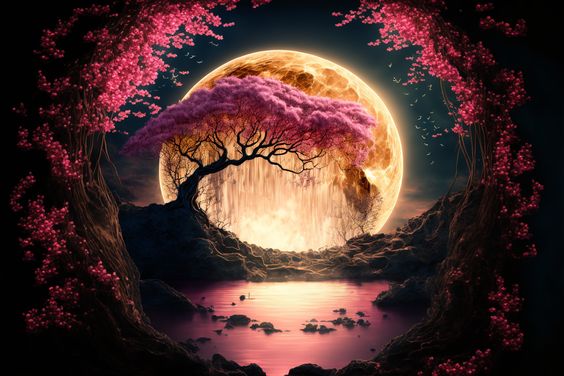
| Author Note: | If You Would Like To Join the Japanese Poetry Club, please check my author notes |
May winter winds
carry my ashes across
blue oceans and sky,
so when my children look for me,
they’ll find me in the clouds and seas.
I’ll be shining
with the summer sun,
and with the harvest moon,
on dew dripping down
spring cherry blossoms.
Most of all,
I’ll be in my children’s hearts,
till the end of time.

| Author Notes |
Jisei is a poem written in zen style by the poet before their own death. These poems reflect the final reflections of one's life. It was generally a tradition with zen monks but were written by poets as well. These poems originated in Japanese, Chinese and Korean cultures as far back as the 7th Century, and can be written in any poetry form, but were traditionally written in tanka or haiku style. for more information click here
======= for more information click here *If you would like to join the Japanese Club, please click here and look for the Japanese club* RESERVE A SPOT /SUBMIT YOUR ENTRY Thank you very much for taking the time to read and review my poem. Gypsy |
![]()
By Gypsy Blue Rose

| Author Note: | If You Would Like To Join the Japanese Poetry Club, please check my author notes |
fasten to symphony
of river’s rushing life —
my soul moves on
| Author Notes |
This poem is based on the Zen philosophy because jisei poems were created by zen monks. Life and Death are one, a continuum, and they are not separated and there is no dividing line between them.
Jisei is a poem written by the poet before their own death. These poems reflect the final reflections of one's life. It was generally a tradition with zen monks but was written by poets as well. These poems originated in Japanese, Chinese and Korean cultures as far back as the 7th Century, and can be written in any poetry form, but were traditionally written in tanka or haiku style. for more information click here ============================================================================== for more information click here ============================================================================== TWO EXAMPLES: Holding back the night with it's increasing brilliance the summer moon. ---Written by Yoshitoshi. ======================================================= On a journey, ill; my dream goes wandering over withered fields --written by Matsuo Basho *If you would like to join the Japanese Club, please click here and look for the Japanese club* RESERVE A SPOT /SUBMIT YOUR ENTRY Thank you very much for taking the time to read and review my poem. Gypsy |
![]()
By Gypsy Blue Rose

| Author Note: | for rules, please check my author notes |
after the funeral,
girl embraces mom’s nightgown —
scent of yearning
| Author Notes |
SENRYU is a Japanese form of short poetry similar to haiku is written in 3 lines with 17 syllables OR LESS in a shot/long/short form. Senryu tends to be about human foibles while haiku tend to be about nature. Senryu doesn't include a kigo (season word).
for more information click here collection of senryu The Haiku Foundation of America Thank you very much for taking the time to read and review my poem. Gypsy Picture by Fazlur Rahman |
![]()
By Gypsy Blue Rose
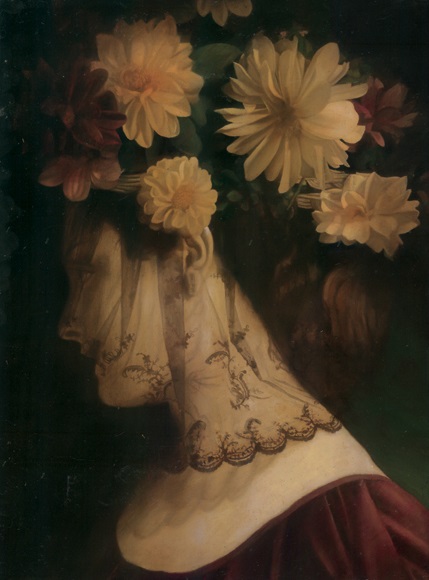
| Author Note: | New Poetic Form created by Gypsy Blue Rose |
Tell me about the charm,
of elms promenade,
with their branches swaying,
to breeze’s rhythm.
As the clear creek whispers
beneath the old bridge.
Nearby, Lady Jasmine
wears white gardenias,
that drizzle their sweet scent,
midst her ample breast,
bouncing to the rhythm
of hypnotic hips.

| Author Notes |
SYLLABIC SEXTET is a six-line stanza that consists of 6/5/6/5/6/5 syllables form. It never rhymes and the lines are grammatically connected. Any subject. Poetic devices are allowed: Imagery, metaphor, personification, simile. Stanzas may be repeated as many times as desired. Created by Gypsy Blue Rose.
-- Sextet means any group or set of six. -- Painting by Stephen Mackey, A Scented Mourner Thank you for taking the time to read and review my poem. Gypsy |
![]()
By Gypsy Blue Rose
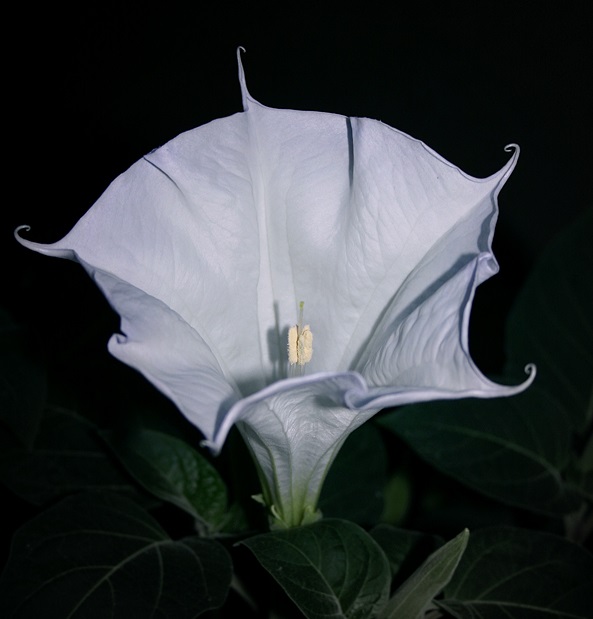
| Author Note: | for cinquain-tanka new contest |
In this dark evening,
even moonflowers
hide from summer rain,
lulled by creek’s whispers,
and heron’s roh-rohs.
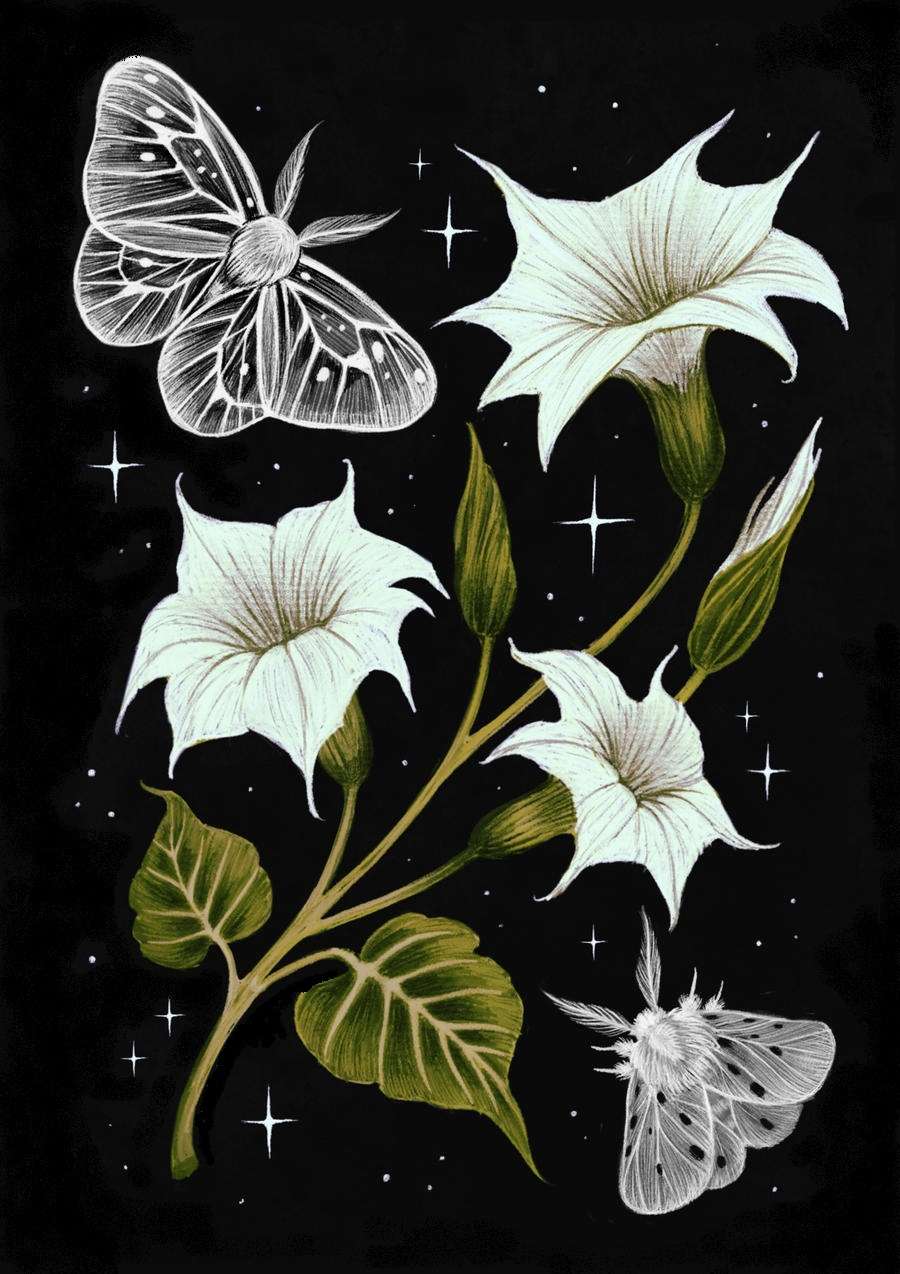
| Author Notes |
-- The personification of moonflowers is allowed with Cinquain Tanka
-- Moonflower is a night-blooming flower --Herons, during breeding, greet their partner with squawking roh-roh-rohs when arriving at the nest. CINQUAIN-TANKA is a combination of a cinquain poem and a tanka. It's written using 5 lines with 5 syllables on each line. "Cinq" is French for the number 5. Tanka is a Japanese poem with five lines too. I created this new poem form. It never rhymes. You can use any subject. Line one: 5 syllables Line two: 5 syllables Line tree: 5 syllables Line four: 5 syllables Line five: 5 syllables Thank you very much for taking the time to read and review my poem. |
![]()
By Gypsy Blue Rose

Mediterranean,
where my childhood
still plays on your beach,
hiding behind the reeds,
where my first love sleeps.
I carry your light and scent,
and piled on your sand,
I keep memories,
of love, sorrow, and games,
as you come close ...
and then go away.
You haunt my dreams like a man,
soaked in Old Spice and breeze,
who I miss and need.
again
and
again
And when the grim reaper,
comes looking for me,
push my boat into the sea,
and let the stormy winds,
thrust my white wings,
between the beach and the sky.
b
e
c
a
u
s
e …
I was born in the Mediterranean.
| Author Notes |
I was born in Spain near the Mediterranean Ocean.
FREE VERSE is an open form of poetry, which in its modern form arose through the French vers libre form. It does not use consistent meter patterns, rhyme, or any musical pattern. It thus tends to follow the rhythm of natural speech. Thank you very much for reading my poem. Gypsy |
![]()
By Gypsy Blue Rose
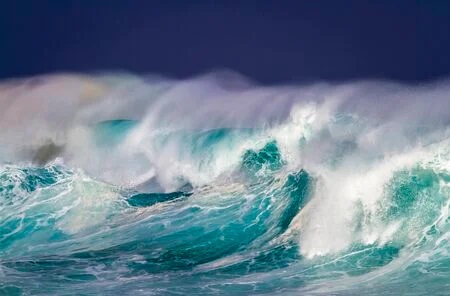
| Author Note: | for rules, please check my author notes |
walks on our beach
after you left —
breaking waves
| Author Notes |
SENRYU is a Japanese form of short poetry similar to haiku is written in 3 lines with 17 syllables OR LESS in a shot/long/short form. Senryu tends to be about human foibles while haiku tend to be about nature. Senryu doesn't include a kigo (season word).
for more information click here collection of senryu The Haiku Foundation of America Thank you for taking the time to read my poem. Gypsy |
![]()
By Gypsy Blue Rose
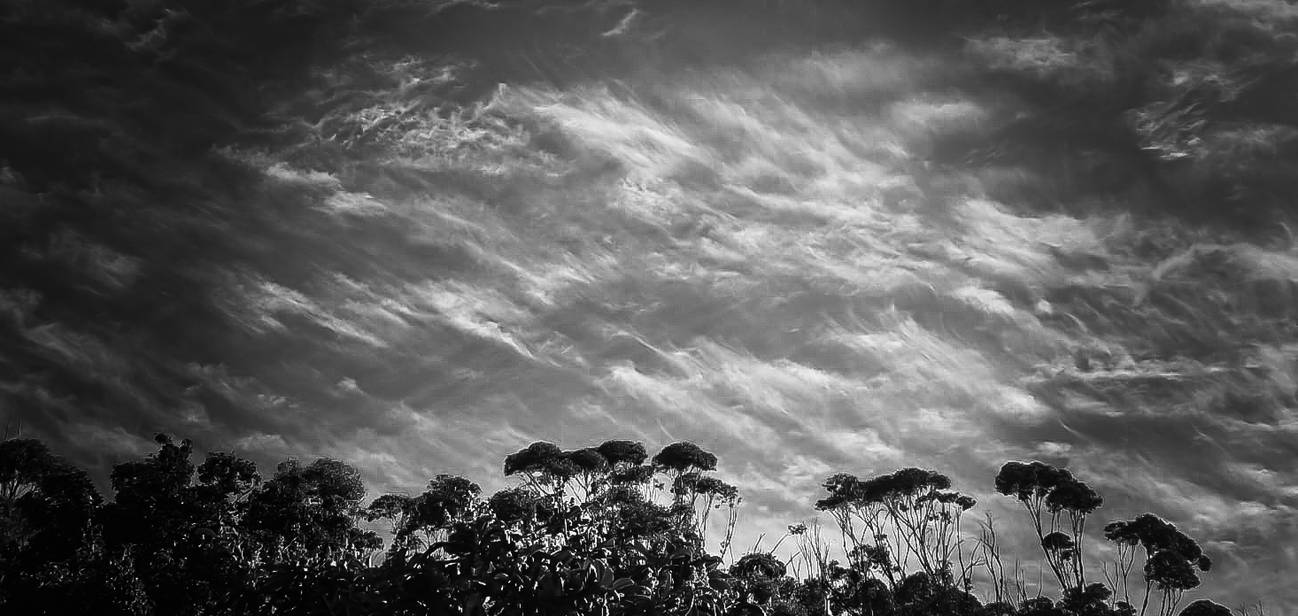
| Author Note: | New Form created by Gypsy Blue Rose |
beyond the beyondness,
jagged clouds trudge along,
with weeping drizzle rain,
falling haphazardly,
over thirsty mountains,
and dried up plump-top trees.
| Author Notes |
Haphazardly = Randomly
Jagged clouds are called Stratocumulu, gray and white low-level patches lined up in rows or spread out with light drizzle of rain. SIX FEET UNDER is a new form created by Gypsy Blue Rose. It consists of six lines with six syllables in each line. Lines connect grammatically. Never rhymes. Any subject. Any Title. Six feet under is a phrase used for dead and buried. Line 1: 6 syllables Line 2: 6 syllables Line 3: 6 syllables Line 4: 6 syllables Line 5: 6 syllables Line 6: 6 syllables Thank you very much for taking the time to read and review my poem. Gypsy |
![]()
By Gypsy Blue Rose

| Author Note: | In Honor of the Ukrainians and Worldwide Mercenaries Soldiers Fighting the Russians |
Two Neptune missiles
charged in the dismal Black Sea
hit Russian Moskva
aiming to sink fast and deep
with sailors and all
into the ocean, was sunk
twenty-five hundred
soldiers that never gave up
they stood for freedom
willing to die for their land
they had fought so well
avoiding the jaws of death
where life is true hell
as brave soldiers plunged ahead
twenty-five hundred
souls stood for bombed motherland
mid childless mothers
and dead men with bounded hands
in the raped seaports
the hazy ashen smoke rose
swallowed Russians horde
that killed many valiant men
who were outnumbered
but all with honor did fight

| Author Notes |
*It's hard to tell how many Ukrainian soldiers have died because many have disappeared.
"Half a league, half a league/Half a league onward/All in the valley of Death/ Rode the six hundred/Forward, the Light Brigade!/Charge for the guns!/he said/Into the valley of Death/ Rode the six hundred....." --The Charge of the Light Brigade by Alfred, Lord Tennyson -- click here to read the complete poem My poem was inspired by the Russia and Ukraine War of 2022 and the similarities with the Crimean War of 1853 to 1856. for more info on Crimean War click here The Russian soldiers' siege of the Ukrainian port city of Mariupol has culminated in the last stand by 2,500 Ukrainian troops, including 400 foreign mercenaries, who are outnumbered six to one. Regardless, the brave Ukrainian soldiers vow to fight to the end and not surrender. Recently, the Ukrainian troops sunk Russia's most important warship, the Moskva. Russians didn't take it well. to read the New York Times article click here The CHARGE OF THE LIGHT BRIGADE on October 25, 1854, was a disastrous British cavalry charge against heavily defended Russian troops at the Battle of Balaklava during the Crimean War (1853-56). The suicidal attack was made famous by Alfred, Lord Tennyson in his 1855 poem of the same name. Poem: The Charge of the Light Brigade BY ALFRED, LORD TENNYSON ================================================= JIYU-SHI (means freestyle) is a Japanese freestyle poetry introduced to American poetry between 1912 to 1926. The only rule is to write in 5/7 stanzas, you can write as many stanzas as you like. I recommend keeping complete thoughts in each line and connecting the lines grammatically for excellent flow. click here to read more Thank you very much for taking the time to read and review my poem. Gypsy |
![]()
By Gypsy Blue Rose

| Author Note: | If You Would Like To Join the Japanese Poetry Club, please check my author notes |
gray smoke in the horizon –
thoughts of … ‘men can’t cry’
irritated eyes tear up –
as soldiers advance
a mother howls from anguish –
that come from her gut
bloody fingers from digging –
a grave for her son
| Author Notes |
The soldiers mentioned in the poem are Ukrainians
WARNING is very hard to watch A few weeks ago, I watched a video that made me cry so hard. I don't think I will ever forget it. The picture is of Iryna Kostenko, a heartbroken Ukrainian mother from Kyiv, buried her son, Oleksei, 27, in their garden who was gunned down by Russian forces. She told BBC News: "The pain is so bad. Now I'm all alone. My son was young, 27 years old. He wanted to stay alive. I covered the grave with a blanket to protect it from the dogs. He isn't in a coffin, I had to roll him in a carpet. I lost everything." IMAYO is an 8 -lines Japanese poem that has 7 syllables on the first line and 5 syllables on the second line (7/5). There is a caesura ( pause ~ ) between the first 7 syllables line and the final 5 syllables line (7~5). With IMAYO you can use any subject. It never rhymes. click here for more information click here for more information Thank you for reading and reviewing my poem, Gypsy *If you would like to join the Japanese Club, please click here and look for the Japanese club* RESERVE A SPOT /SUBMIT YOUR ENTRY |
![]()
By Gypsy Blue Rose
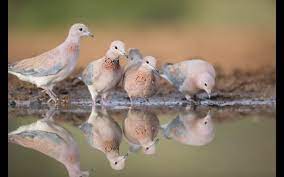
Bevy of doves perched
on sweet wisteria boughs
as cool spring rain drips
over the old man’s garden
where he sits daily
to reminisce about life
and his sweet, Jasmine
the love of his life, now dead
but not departed
she lives in fragrant flowers
the laughter of kids
and love in his beating heart
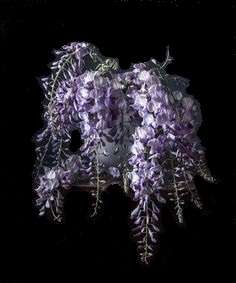
| Author Notes |
Wisteria is a flower native to Asian countries but found around the world. Some species are popular ornamental plants that grow in late Spring or early Summer. Wisteria brachybotrys "Shiro-Beni" Smells sweet but other species smell bad.
Bevy - a group of doves Painting by Kawase JIYU-SHI is a Japanese freestyle poetry introduced to American poetry between 1912 to 1926. You write 5 syllables on the first line and 7 syllables on the second lines ( 5/7 stanzas), you can write as many stanzas as you like. Never rhymes. Keep complete thoughts in each line and connect the lines grammatically. Thank you very much for taking the time to read and review my poem. |
![]()
By Gypsy Blue Rose

frosted dew glistens
by the light of hunter moon —
white egret takes flight
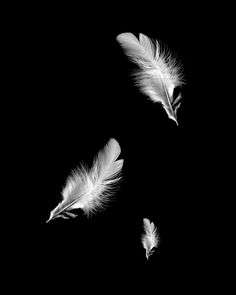
| Author Notes |
Hunter Moon = This moon happens in October when the game is fattened up for winter. Now is the time for hunting and laying in a store of provisions for the long months ahead.
HAIKU is an unrhymed Japanese poem that uses imagistic language to convey the essence of a human experience in nature. It uses a juxtaposition of two concrete images in a way that prompts the reader to make an insightful connection between the two. It alludes to a season of the year with direct words (summer, winter, autumn, spring) or not direct words (northern wind, warm breeze, harvest, Christmas, New Year, cherry blossoms, etc) The best haiku avoid the poet's ego and views. FORM Japanese haiku is written in 17 syllables and three lines ( 5/7/5) in English is 17 syllables OR LESS in any combination (3/5/3 - 2/7/6 - 5/6/5 - etc). AVOID punctuation, alliteration, metaphor, personification, and capital letters (proper names are okay). Haiku and other Japanese poetry don't need titles but in fanstory we have to have one. It can be anything that relates to the haiku. To pause before the satori you can use a dash, sometimes a comma is okay, but we keep punctuation to a minimum .. HAIKU SOURCES -- CLICK HERE TO READ Haiku Ten Tips -- CLICK HERE TO READ Haiku Society of America Haiku Examples -- CLICK HERE TO READHaiku Society of America Haiku Rules -- CLICK HERE TO READ Matsuo Basho Haiku Collection -- Ci9LICK HERE TO READ Matsuo Basho History -- CLICK HERE TO READ why haiku can be less than 17 syllables -- CLICK HERE TO READ SEASON WORDS (Kigo) List Thank you very much for taking the time to read and review my poem. Gypsy |
![]()
By Gypsy Blue Rose
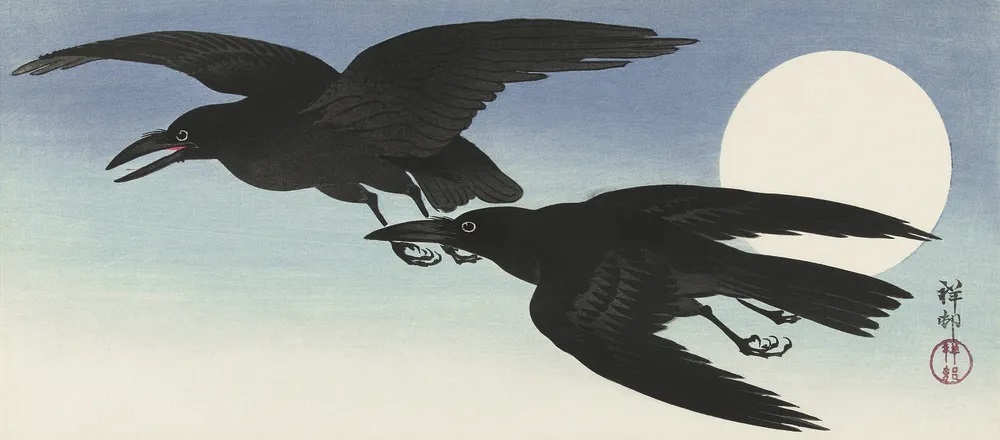
| Author Note: | If You Would Like To Join the Japanese Poetry Club, please check my author notes |
Murder of crows caw,
on bared bough, overseeing
the old farmer’s crops.
Ripe with sour sweat and worries,
after reaping grains,
before hungry crows descend.
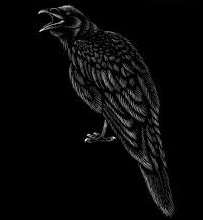
| Author Notes |
A murder of crows is a group of crows.
Crows are members of the family of ravens, magpies, and blue jays. Loud, rambunctious, and very intelligent, crows are most often associated with fear and loathing. They are considered pests by farmers. Many people fear them because of their black feathers and are often associating them with death. But research demonstrated that crows are actually very social and caring creatures, and also among the smartest animals on the planet. Crows can talk in the same way as parrots do, they are pretty good at mimicking human speech. JIYU-SHI is a Japanese freestyle poetry introduced to European and American poetry between 1912 to 1926. The only rule is to write in 5/7 stanzas, you can write as many stanzas as you like. I recommend keeping complete thoughts in each line and connecting the lines grammatically for excellent flow. click here to read Wikipedia, you have to scroll down to Modern and Contemporary section towards the end) *If you would like to join the Japanese Club, please click here and look for the Japanese club* RESERVE A SPOT /SUBMIT YOUR ENTRY Thank you very much for taking the time to read and review my poem. Gypsy |
![]()
By Gypsy Blue Rose

| Author Note: | Per Monostich rules, the title is different than the poem but offers better understanding |

| Author Notes |
Monostich is a poem that is only one line.
The title often plays an important part in the poem since the poem itself is so short. Some one line poems can be read as one unbroken line without forced pauses or pauses as with one-line haiku. Monostich was created in Russia in 1894 and Modern Monostich in North America in the 1970s. American haiku masters, William Higginson demonstrated that haiku is similar to the monostich form. click here to read wikipedia = read here to read simply haiku, monostich samples Thank you very much for your review and your valuable time, Gypsy |
![]()
By Gypsy Blue Rose

may the last thing
I do in life
be to watch
the sunset in your eyes
| Author Notes |
JISEI is a poem written by the poet before their own death. These poems are the final reflections of one's life. It was generally a tradition with zen monks but they were written by all kinds of poets as well. These poems originated in Japanese, Chinese and Korean cultures as far back as the 7th Century, and can be written in any poetry form, but were traditionally written in tanka or haiku style. for more information click here = for more information click here
Thank you very much for reading and reviewing my poem Gypsy "The poet waits quietly to paint the unsaid." Atticus picture from google's public domain |
![]()
By Gypsy Blue Rose
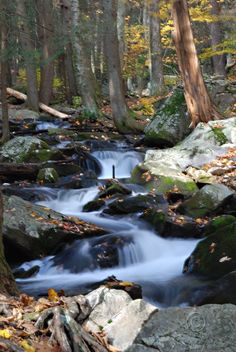
| Author Note: | If You Would Like To Join the Haiku Club, please check my author notes |
zig zag creek
meanders through lush forest –
fluid choir
| Author Notes |
---This week in our Haiku Club we are working on Ekphrastic Haiku.
---Ekphrastic is a poem inspired by a picture or painting. ---HAIKU is an unrhymed Japanese poem that uses imagistic language to convey the essence of a human experience in nature. It uses a juxtaposition of two concrete images in a way that prompts the reader to make an insightful connection between the two. It alludes to a season of the year with direct words (summer, winter, autumn, spring) or indirect words (northern wind, warm breeze, harvest, Christmas, New Year, cherry blossoms, etc) The best haiku avoid the poetâ??s views, the poet is the OBSERVER. FORM Japanese haiku is written in 17 syllables and three lines ( 5/7/5) BUT in English is 17 syllables OR LESS in any combination (3/5/3 - 2/7/6 - 5/6/5 - etc). AVOID punctuation, alliteration, metaphor, personification, and capital letters (proper names are okay). Haiku and other Japanese poetry donâ??t need titles but in fanstory we have to have one. It can be anything that relates to the haiku. To pause before the satori you can use a dash, sometimes a comma is okay, but we keep punctuation to a minimum... HAIKU SOURCES CLICK HERE TO READ Haiku Ten Tips -- CLICK HERE TO READ Haiku Society of America Haiku Examples -- CLICK HERE TO READHaiku Society of America Haiku Rules -- CLICK HERE TO READ Matsuo Basho Haiku Collection -- Ci9LICK HERE TO READ Matsuo Basho History -- CLICK HERE TO READ why haiku can be less than 17 syllables -- CLICK HERE TO READ SEASON WORDS (Kigo) List picture from pinterest.com *If you would like to join the Haiku Club, please click here and look for the haiku club* RESERVE A SPOT /SUBMIT YOUR ENTRY Thank you very much for taking the time to read and review my poem. Gypsy |
![]()
By Gypsy Blue Rose
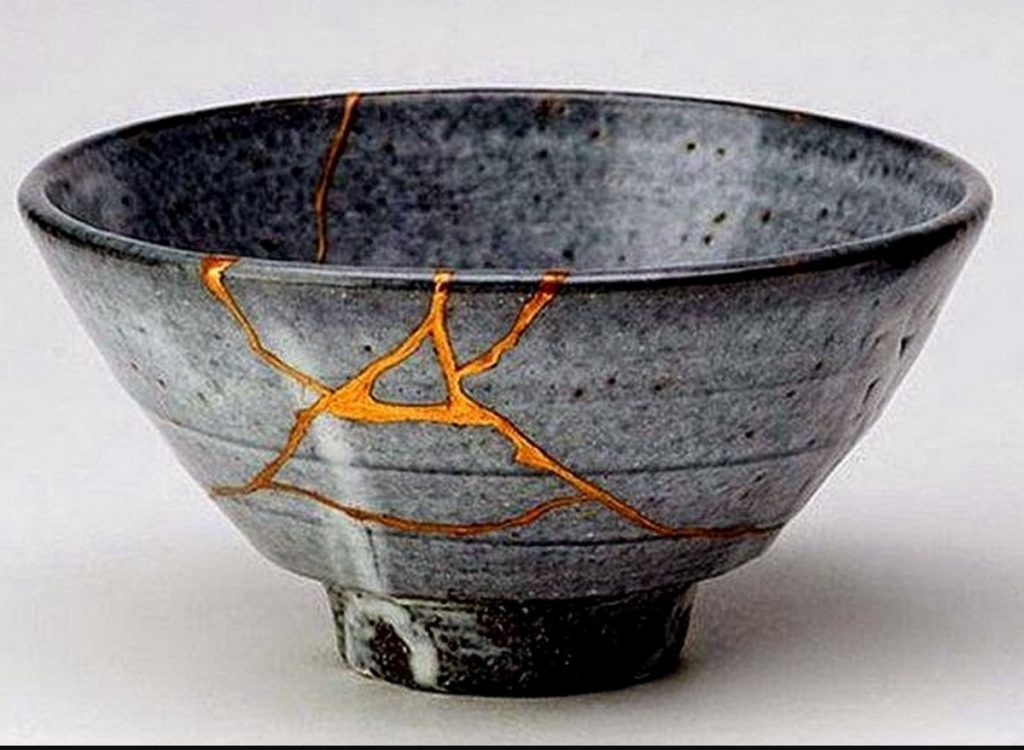
| Author Note: | for rules, please check my author notes |
mirror reflects
imperfections she cuddles
in her broken heart
who’s the woman
in front of her?
stranger, friend, or foe?
far from models
parading on starvation catwalks —
clothes on hangers
she’s beautiful
in her mother’s eyes —
seeing through cracks of gold

| Author Notes |
Wabi-Sabi = In traditional Japanese aesthetics (philosophy dealing with the beautiful and the ugly applicable to fine arts, with a view of critical judgments). WABI-SABI is a worldview centered on the acceptance of imperfection. It is prevalent throughout all forms of Japanese art. It is a concept derived from Buddhist teachings. Characteristics of wabi-sabi include asymmetry, roughness, simplicity, economy, austerity, modesty, intimacy, and the appreciation of both natural objects and the forces of nature. click here if you want to read more
MODERN HAIKU is the English adaptation of Classic Haiku. It's written in one to four lines with no strict syllable count, but as brief as possible. These poems use a pause usually marked by a dash before the satori (an insightful twist to ponder). Images don't need to be taken from nature. Seasonality is optional. Alliteration and metaphor are okay. Never rhymes. The em-dash ( -- ) is used to emphasize an interruption in speech before the satori. Haiku usually doesn't have a title but in fanstory we have to have one. The Haiku Foundation of America Thank you very much for taking the time to read and review my poem. Gypsy Blue Rose "The poet waits quietly to paint the unsaid." Atticus pictures from google public domain |
![]()
By Gypsy Blue Rose

| Author Note: | If You Would Like To Join the Haiku Club, please check my author notes |
blue chiffon roses
grow around his grave
watered with river of tears
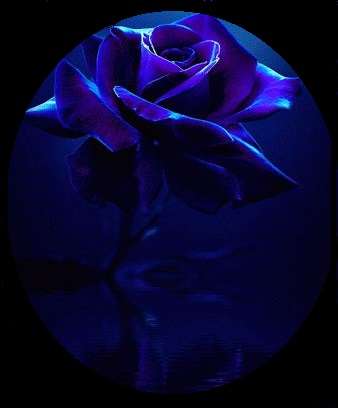
| Author Notes |
The top picture is a blue chiffon rose, bottom picture is a blue rose, both from google public domain.
EKPHRASTIC poem is a vivid description of a PICTURE OR PAINTING. MODERN HAIKU is the English adaptation of Classic Haiku. It's written in one to four lines with no strict syllable count but is as brief as possible. These poems use a pause usually marked by a dash before the satori (an insightful twist to ponder). Images don't need to be taken from nature. Seasonality is optional. Alliteration and metaphor are okay. Never rhymes. The em-dash ( -- ) is used to emphasize an interruption in speech before the satori. Haiku usually doesn't have a title but in fanstory we have to have one. The Haiku Foundation of America The 'Blue Chiffon Rose of Sharon (Hibiscus syriacus) is an excellent deciduous shrub that grows in late summer and early autumn they originated in China and India. They do well in containers. *If you would like to join the Haiku Club, please click here and look for the haiku club* RESERVE A SPOT /SUBMIT YOUR ENTRY Thank you very much for taking the time to read and review my poem. Gypsy |
![]()
By Gypsy Blue Rose

| Author Note: | In honor of the victims of the Texas school shooting. |
melancholic gray sky
clings to the mourning class
that stands ‘round small caskets
amidst politicians,
some useless policemen,
and destroyed families.
| Author Notes |
On May 24, 2022, 18-year-old Salvador Rolando Ramos fatally shot nineteen students and two teachers, and wounded seventeen other people, at Robb Elementary School in Uvalde, Texas. The director of the Texas Department of Public Safety told reporters that the incident commander on the scene made the "wrong decision" to wait 45 minutes before breaching the classroom doors. Some of the children called 911 asking to send the police before they were killed.
SIX FEET UNDER is a new form created by Gypsy Blue Rose. It consists of six lines with six syllables in each line. The topic is death. Six feet under is a phrase used for the buried dead. You may write more than one. Line 1: 6 syllables Line 2: 6 syllables Line 3: 6 syllables Line 4: 6 syllables Line 5: 6 syllables Line 6: 6 syllables Thank you very much for taking the time to read and review my poem. Gypsy "Poetry heals the wounds inflicted by reason." - Novalis |
![]()
By Gypsy Blue Rose
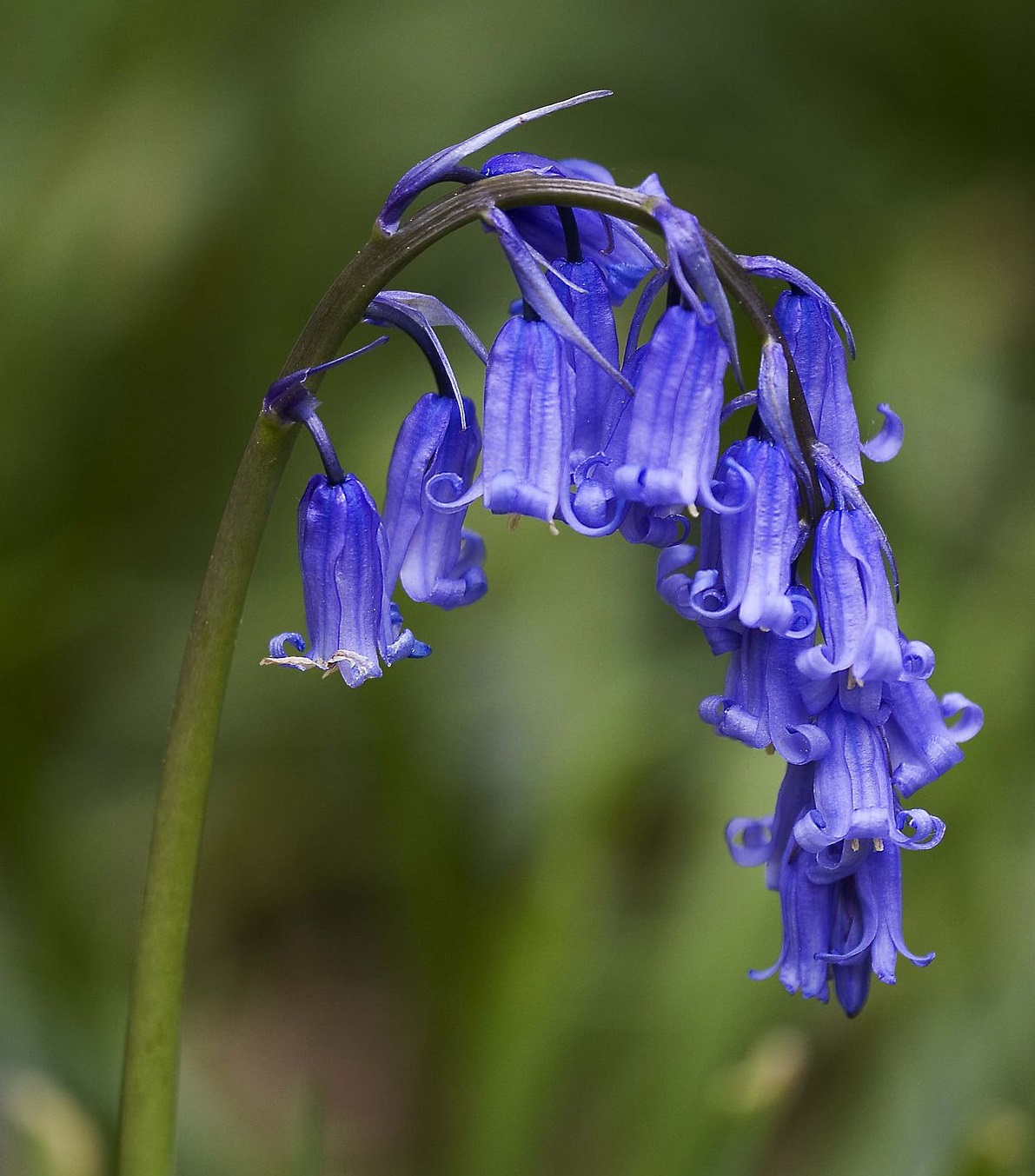
after the cool rain,
wet earth's sweet aroma swells —
bluebell bends to smell
| Author Notes |
wet earth smell is called petrichor
HAIKU Definition: haiku is a short poem that uses imagistic language to convey the essence of an experience of nature intuitively linked to the human condition. The essence of haiku is cutting (KIRU) represented by the juxtaposition of two images or ideas separated by a (KIREJI) dash or ellipsis (~ ... ) KIGO (seasonal reference), usually drawn from a (SAIJIKI) an extensive list of season terms. if you wish to read a saijiki |
![]()
By Gypsy Blue Rose

| Author Notes |
I watched the Joker yesterday and it was the best film I've seen in a long time. Joaquin Phoenix won the best actor award for his excellent portrayal of the Joker. I have read comic books and watched batman movies but I didn't know that The Joker, Arthur Fleck, suffered from chronic depression. He was terribly abused as a young child by his mother's boyfriends. He was found handcuffed to a radiator starving, bruised, and with head trauma. Arthur spent some time in a mental hospital. He was discharged, his doctor prescribed seven different medications that didn't work and attended therapy sessions. Due to social program cuts, he lost the therapy and the medication. The system had failed him and he rebelled against it. Not to say that people with mental problems should be excused of crimes but I felt sorry for Arthur and understood why he turned to crime. I think that is the way his character was written.
Forever alone in a crowd, failed comedian Arthur Fleck seeks connection as he walks the streets of Gotham City. Arthur wears two masks -- the one he paints for his day job as a clown, and the guise he projects in a futile attempt to feel like he's part of the world around him. Isolated, bullied and disregarded by society, Fleck begins a slow descent into madness as he transforms into the criminal mastermind known as The Joker. Thank you for reading my poem. |
![]()
By Gypsy Blue Rose

| Author Notes |
Senryu is an unrhymed Japanese poem that uses imagistic language to convey the essence of a human nature. It uses a juxtaposition of two concrete images in a way that prompts the reader to make an insightful connection between the two.
The best senryu avoid the poet's views, the poet is the OBSERVER. FORM Japanese senryu is written in 17 syllables and three lines ( 5/7/5) BUT in English is 17 syllables OR LESS in any combination (3/5/3 - 2/7/6 - 5/6/5 - etc). AVOID punctuation, alliteration, metaphor, personification, and capital letters (proper names are okay). To pause before the satori you can use a dash, sometimes a comma is okay, but we keep punctuation to a minimum. Thank you very much for taking the time to read and review my poem. Gypsy "Poetry heals the wounds inflicted by reason." - Novalis |
![]()
By Gypsy Blue Rose

| Author Note: | If you want to join the haiku club, check my author notes |
summer storm —
little girl holds her breath
between lightning and thunder
| Author Notes |
*Thunder is the sound and lightning is the glow.
*Lightning can kill people (3,696 deaths were recorded in the U.S. between 1959 and 2003) or cause cardiac arrest. *If you count the number of seconds between the flash of lightning and the sound of thunder you'll get the distance in miles to the lightning: 5 seconds = 1 mile, 15 seconds = 3 miles, 0 seconds = very close. Keep in mind that you should be in a safe place while counting. HAIKU is an unrhymed Japanese poem that uses imagistic language to convey the essence of a human experience in nature. It uses a juxtaposition of two concrete images in a way that prompts the reader to make an insightful connection between the two. It alludes to a season of the year with direct words (summer, winter, autumn, spring) or indirect words (northern wind, warm breeze, harvest, Christmas, New Year, cherry blossoms, etc) The best haiku avoid the poet's views, the poet is the OBSERVER. FORM Japanese haiku is written in 17 syllables and three lines ( 5/7/5) BUT in English is 17 syllables OR LESS. For example: Haiku in Japanese: Furuike ya / Kawazu tobikomu / Mizu no oto (5/7/5) Same haiku translated to English: old pond / a frog leaps in / the sound of water. (2/4/5) AVOID punctuation, alliteration, metaphor, personification, and capital letters (proper names are okay). To pause before the satori you can use a dash, sometimes a comma is okay, but we keep punctuation to a minimum. HAIKU SOURCES click here to read TEN HAIKU TIPS --- click here to read Haiku Society of America HAIKU EXAMPLES --- click here to read Haiku Society of America HAIKU RULES --- click here to read MASTER, MATSUO BASHO Haiku Collection --- click here to read HAIKU MASTER MATSUO BASHO HISTORY --- click here to read WHY 17 OR LESS SYLLABLES --- click here to read SEASON WORDS (Kigo) List Thank you very much for taking the time to read and review my poem. Gypsy "Poetry heals the wounds inflicted by reason." - Novalis *If you would like to join the Haiku Club, please click here and look for the haiku club* RESERVE A SPOT /SUBMIT YOUR ENTRY |
![]()
By Gypsy Blue Rose
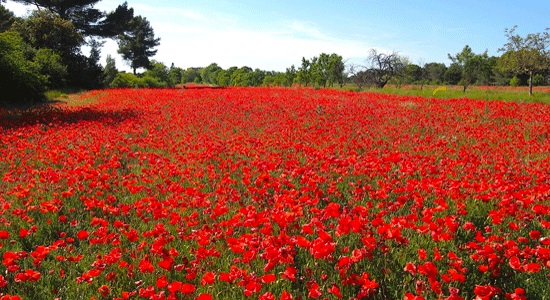
| Author Note: | If you want to join the Japanese poetry club, check my author notes |
crimson poppies bask
in the warm summer sun —
crickets nap beneath red parasols

| Author Notes |
"Warm summer sun,
Shine kindly here ... " - Mark Twain --crickets sleep during the day and are awake at night... nocturnal insects --parasols provide shade and look like umbrellas, (in Spanish means ... "for-the-sun") TERCET is brief poem composed of three lines, forming a stanza or a complete poem. Like in a haiku, poets use minimal language to convey an idea or paint a picture. The effect is a memorable poem that invites the reader to fill in the blanks. The tercet lines are connected grammatically for a better flow. You can use alliteration, metaphor, and personification. Free verse or rhyme. click here to read RULES ---- click here to read DEFINITION Thank you for taking the time to read and review my poem. Gypsy *If you would like to join the Japanese Club, please click here and look for the Japanese club* RESERVE A SPOT /SUBMIT YOUR ENTRY |
![]()
By Gypsy Blue Rose

oblivious to passersby,
homeless man sleeps on the sidewalk —
getting the cold shoulder
| Author Notes |
TERCET is brief poem composed of three lines, forming a stanza or a complete poem. Like in a haiku, poets use minimal language to convey an idea or paint a picture. The effect is a memorable poem that invites the reader to fill in the blanks. The tercet lines are connected grammatically for a better flow click here to read RULES �¢??----- click here to read DEFINITION
Examples: One must have a mind of winter To regard the frost and the boughs Of the pine-trees crusted with snow; --BY WALLACE STEVENS Thank you for taking the time to read and review my poem. Gypsy "Poetry heals the wounds inflicted by reason." - Novalis |
![]()
By Gypsy Blue Rose

rows of golden wheat
sewn tight over patch quilt hills —
tailorbirds thread through

| Author Notes |
I aim to paint a picture with words.
HAIKU is an unrhymed Japanese poem that uses imagistic language to convey the essence of a human experience in nature. It uses a juxtaposition of two concrete images in a way that prompts the reader to make an insightful connection between the two. It alludes to a season of the year with direct words (summer, winter, autumn, spring) or indirect words (northern wind, warm breeze, harvest, Christmas, New Year, cherry blossoms, etc) The best haiku avoid the poet's views, the poet is the OBSERVER. FORM Japanese haiku is written in 17 syllables and three lines ( 5/7/5) BUT in English is 17 syllables OR LESS in any combination (3/5/3 - 2/7/6 - 5/6/5 - etc). AVOID punctuation, alliteration, metaphor, personification, and capital letters (proper names are okay). Haiku and other Japanese poetry don't need titles but in fanstory we have to have one. It can be anything that relates to the haiku. To pause before the satori you can use a dash, sometimes a comma is okay, but we keep punctuation to a minimum.. HAIKU SOURCES CLICK HERE TO READ Haiku Ten Tips -- CLICK HERE TO READ Haiku Society of America Haiku Examples -- CLICK HERE TO READHaiku Society of America Haiku Rules -- CLICK HERE TO READ Matsuo Basho Haiku Collection -- Ci9LICK HERE TO READ Matsuo Basho History -- CLICK HERE TO READ why haiku can be less than 17 syllables -- CLICK HERE TO READ SEASON WORDS (Kigo) List Thank you very much for taking the time to read and review my poem. Gypsy "The poet waits quietly to paint the unsaid." Atticus pictures from googles public domain |
![]()
By Gypsy Blue Rose
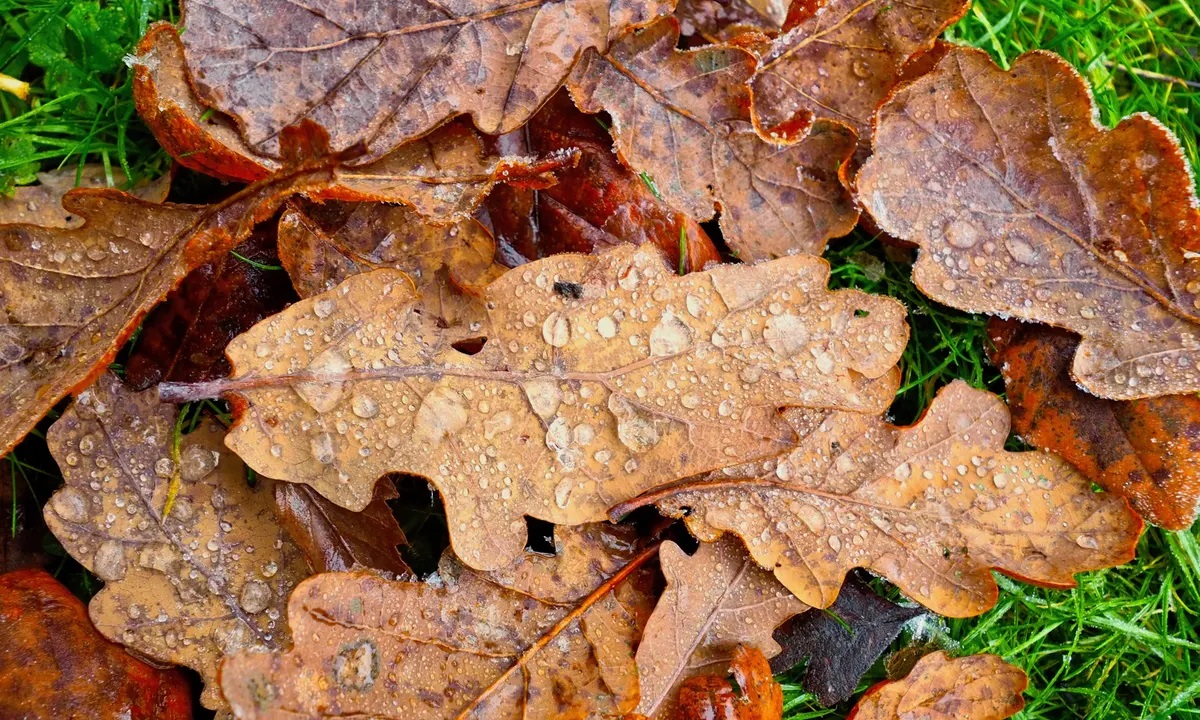
| Author Note: | If you want to join the poetry club, check my author notes |
— old oak leaves cuddle wet soil —
with a shroud of jewel dewdrops
like bright diamonds in the sun
— clear crystal beauty—
| Author Notes |
"Remember when you were young
You shone like the sun Shine on, you crazy diamond" --Pink Floyd The Kouta ( short song) is a popular Japanese verse form of the Muromachi Period, 14th thru 16th century. The form is 4 lines 7/5/7/5 or 7/7/7/5 and the theme is usually love songs or life. Rhymed or unrhymed. click here to read more - href=https://www.writersdigest.com/write-better-poetry/kouta-poetic-forms>lick here to read more Gypsy "The poet waits quietly to paint the unsaid." Atticus PS The song "Shine On You Crazy Diamond" is a nine-part Pink Floyd composition written by David Gilmour, Roger Waters, and Richard Wright. It appeared on Pink Floyd's 1975 concept album Wish You Were Here. The song is written about and dedicated to Syd Barrett, who left the band in 1968 due to deteriorating mental health. to read full song lyrics picture from google public domain |
![]()
By Gypsy Blue Rose
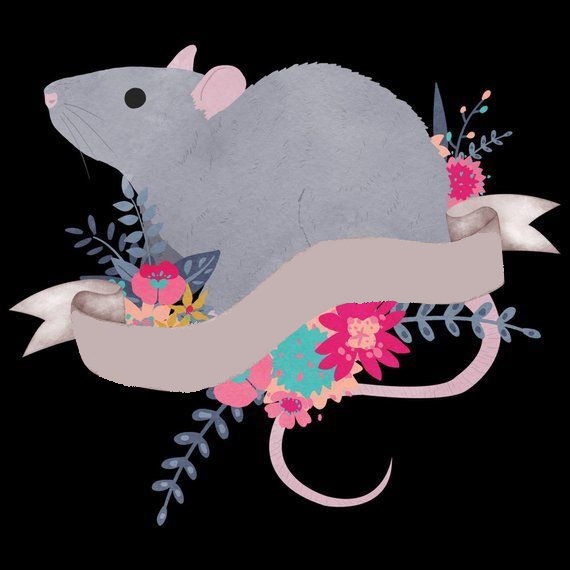
| Author Note: | for rules, please see my author notes |
after shooing the rat away,
how lonely I feel
in this dark and cold night
| Author Notes |
MODERN HAIKU is the English adaptation of Classic Haiku. It's written in one to four lines with no strict syllable count, but as brief as possible. These poems use a pause usually marked by a dash before the satori (an insightful twist to ponder). Images don't need to be taken from nature. Seasonality is optional. Alliteration and metaphor are okay. Never rhymes. The em-dash ( -- ) is used to emphasize an interruption in speech before the satori. Haiku usually doesn't have a title but in fanstory we have to have one. The Haiku Foundation of America
Gypsy "The poet waits quietly to paint the unsaid." Atticus |
![]()
By Gypsy Blue Rose
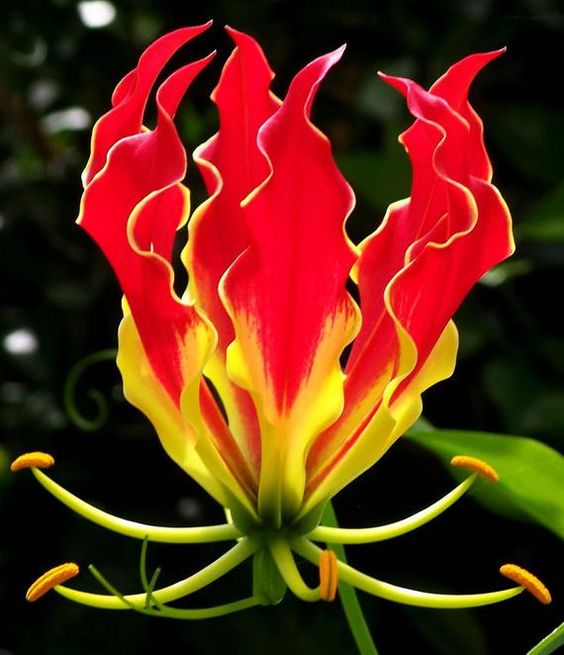
| Author Note: | for rules, please see my author notes |
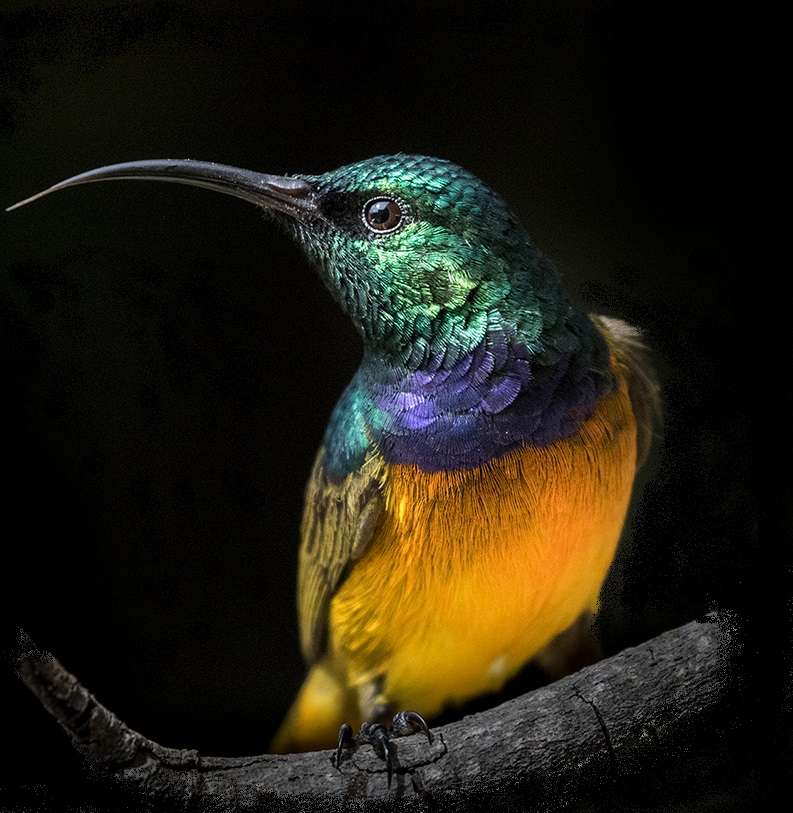
| Author Notes |
Flame Lily (Gloriosa superba) is a flowering plant that grows in tropical jungles, forests, thickets, woodlands, grasslands, and sand dunes. This plant is poisonous, toxic enough to kill humans and animals if ingested. It has been used to commit murder, and to achieve suicide https://en.wikipedia.org/wiki/Gloriosa_superba more info
Sunbirds are small passerine birds from the Old World. Found in Africa, Asia, Indonesia, New Guinea, and northern Australia. Sunbirds feed largely on nectar, more info MODERN HAIKU is the English adaptation of Classic Haiku. It's written in one to four lines with no strict syllable count, but as brief as possible. These poems use a pause usually marked by a dash before the satori (an insightful twist to ponder). Images don't need to be taken from nature. Seasonality is optional. Alliteration and metaphor are okay. Never rhymes. The em-dash ( -- ) is used to emphasize an interruption in speech before the satori. Haiku usually doesn't have a title but in fanstory we have to have one. The Haiku Foundation of America Gypsy "The poet waits quietly to paint the unsaid." Atticus |
![]()
By Gypsy Blue Rose
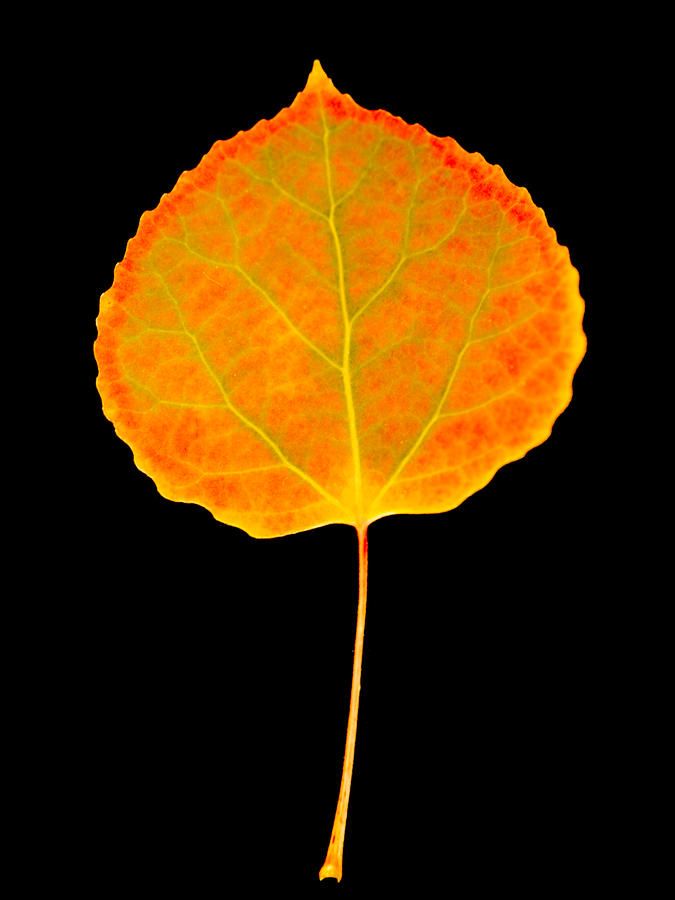
| Author Note: | for rules, please check my author notes |
skydome dripping with stars
over a single aspen leaf —
loneliness
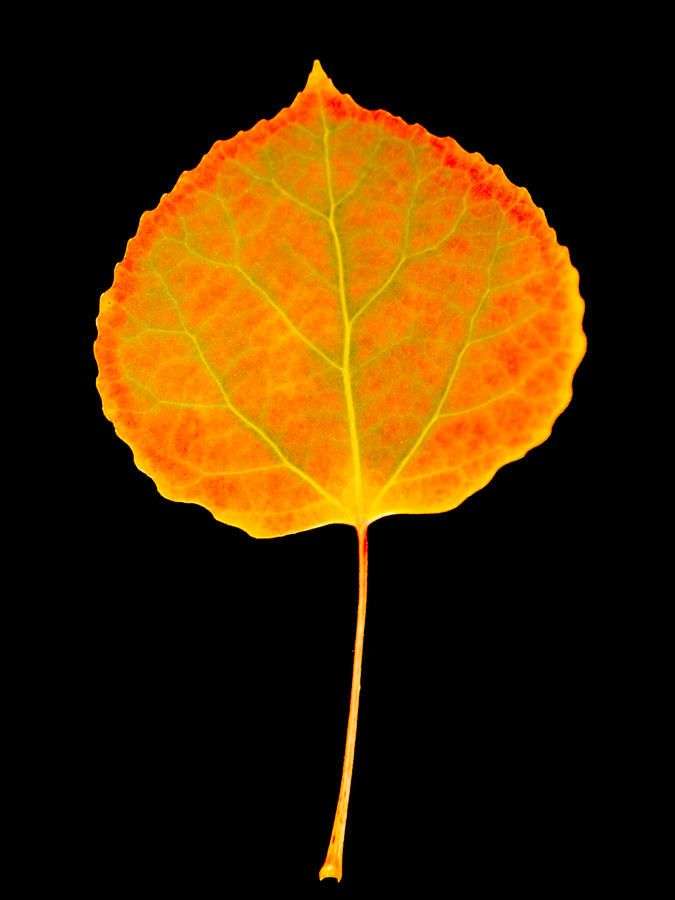
| Author Notes |
HAIKU is an unrhymed Japanese poem that uses imagistic language to convey the essence of a human experience in nature. It uses a juxtaposition of two concrete images in a way that prompts the reader to make an insightful connection between the two. It alludes to a season of the year with direct words (summer, winter, autumn, spring) or indirect words (northern wind, warm breeze, harvest, Christmas, New Year, cherry blossoms, etc) The best haiku avoid the poet�??�?�¢??s views, the poet is the OBSERVER.
============================================================================== FORM Japanese haiku is written in 17 syllables and three lines ( 5/7/5) BUT in English is 17 syllables OR LESS in any combination (3/5/3 - 2/7/6 - 5/6/5 - etc). AVOID punctuation, alliteration, metaphor, personification, and capital letters (proper names are okay). Haiku and other Japanese poetry don�??�?�¢??t need titles but in fanstory we have to have one. It can be anything that relates to the haiku. To pause before the satori you can use a dash, sometimes a comma is okay, but we keep punctuation to a minimum.. HAIKU SOURCES CLICK HERE TO READ Haiku Ten Tips -- CLICK HERE TO READ Haiku Society of America Haiku Examples -- CLICK HERE TO READHaiku Society of America Haiku Rules -- CLICK HERE TO READ Matsuo Basho Haiku Collection -- Ci9LICK HERE TO READ Matsuo Basho History -- CLICK HERE TO READ why haiku can be less than 17 syllables -- CLICK HERE TO READ SEASON WORDS (Kigo) List Thank you very much for taking the time to read and review my poem. Gypsy Blue Rose "The poet waits quietly to paint the unsaid." Atticus |
![]()
By Gypsy Blue Rose

| Author Note: | In Honor of All Veterans |
R e d S o i l in a strange land,
where artillery-sounds
echoes in wet rice fields.
Lives cut short …....... unjustly,
as tear-creeks flow at home.
T h e wind whistles ...Oorah!
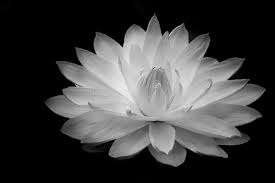
| Author Notes |
Six Feet Under is a new form created by Gypsy Blue Rose. It consists of six lines with six syllables in each line. The topic is death. Six feet under is a phrase used for the buried dead. You may write more than one.
Hoorah, is used as an expression of enthusiasm, battle cry or to respond to a verbal. greeting by the U.S. Marines.=== click here for more information The Vietnam War was a conflict in Vietnam, Laos, and Cambodia from November, 1 1955 to the fall of Saigon on April 30, 1975. It was fought between North Vietnam and South Vietnam. North Vietnam was supported by the Soviet Union, China, and other communist allies; South Vietnam was supported by the United States and other anti-communist allies. for more information click here Top Picture: Weary Marines on 30 July 1967 in North Vietnam. Bottom Picture: Lotus is Vietnam's national flower |
![]()
By Gypsy Blue Rose
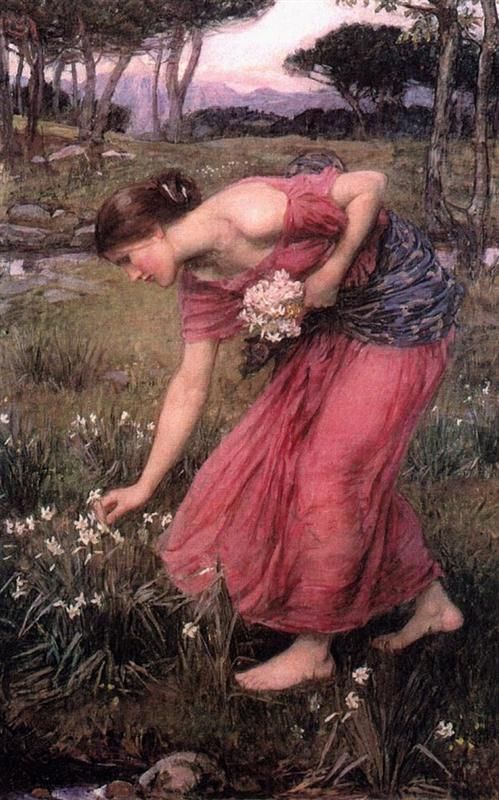
Suppress river of tears,
I don’t want to cry today.
Nothing is going to change,
so why give a damn?
My thoughts ride,
tumultuous
aquamarine waves.
And my yearning glides
with the northern wind.
From my innermost gust,
seeds rain over arid land,
as I pray for sprouting buds,
to grow in my mending heart.

| Author Notes |
FREE VERSE is an open form of poetry, which in its modern form arose through the French vers libre form. It does not use consistent meter patterns, rhyme, or any musical pattern. It thus tends to follow the rhythm of natural speech.
Gypsy "The poet waits quietly to paint the unsaid." Atticus arid = without moisture; extremely dry Girl picking flowers picture by John William Waterhouse |
![]()
By Gypsy Blue Rose
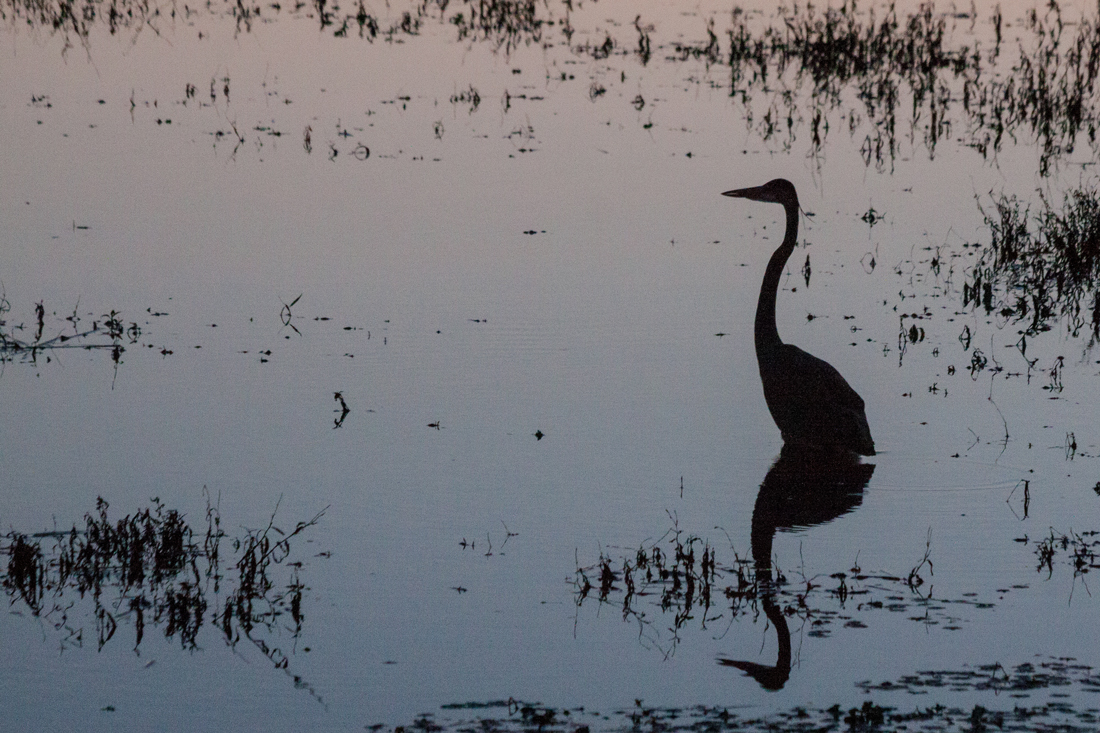
| Author Note: | for rules, please see my author notes |
heron’s familiar
roh-roh cries at end of day —
gathering dusk
| Author Notes |
HAIKU is an unrhymed Japanese poem that uses imagistic language to convey the essence of a human experience in nature. It uses a juxtaposition of two concrete images in a way that prompts the reader to make an insightful connection between the two. It alludes to a season of the year with direct words (summer, winter, autumn, spring) or indirect words (northern wind, warm breeze, harvest, Christmas, New Year, cherry blossoms, etc) The best haiku avoid the poet�???�??�?�¢??s views, the poet is the OBSERVER.
FORM Japanese haiku is written in 17 syllables and three lines ( 5/7/5) BUT in English is 17 syllables OR LESS in any combination (3/5/3 - 2/7/6 - 5/6/5 - etc). AVOID punctuation, alliteration, metaphor, personification, and capital letters (proper names are okay). Haiku and other Japanese poetry don�???�??�?�¢??t need titles but in fanstory we have to have one. It can be anything that relates to the haiku. To pause before the satori you can use a dash, sometimes a comma is okay, but we keep punctuation to a minimum.. HAIKU SOURCES CLICK HERE TO READ Haiku Ten Tips -- CLICK HERE TO READ Haiku Society of America Haiku Examples -- CLICK HERE TO READHaiku Society of America Haiku Rules -- CLICK HERE TO READ Matsuo Basho Haiku Collection -- Ci9LICK HERE TO READ Matsuo Basho History -- CLICK HERE TO READ why haiku can be less than 17 syllables -- CLICK HERE TO READ SEASON WORDS (Kigo) List Thank you very much for taking the time to read and review my poem. Gypsy �???�??�?�¢??Learn the rules like a pro, so you can break them like an artist.�???�??�?�¢?? �???�??�?�¢?? Pablo Picasso |
![]()
By Gypsy Blue Rose

| Author Note: | If you want to join the Japanese poetry club, check my author notes |
on the wings of a muse,
poet’s inspiration settles on garden pillar –
writer’s block
| Author Notes |
TERCET is brief poem composed of three lines, forming a stanza or a complete poem. Like in a haiku, poets use minimal language to convey an idea or paint a picture. The effect is a memorable poem that invites the reader to fill in the blanks. The tercet lines are connected grammatically for a better flow. You can use alliteration, metaphor, and personification. Free verse or rhyme. click here to read RULES
Thank you for reading and reviewing my poem. Gypsy "Poetry heals the wounds inflicted by reason." - Novalis *If you would like to join the Japanese Club, please click here and look for the Japanese club* RESERVE A SPOT /SUBMIT YOUR ENTRY |
![]()
By Gypsy Blue Rose

| Author Note: | If you want to join the Japanese poetry club, check my author notes |
Crisp wind whistles
through trees
sprinkled with snow.
Ice-crystal rays
spear
cozy cabin.

| Author Notes |
SEPTOLET is an American variation of haiku. The origin is French but otherwise unknown. It is an unrhymed poem that consists of fourteen words divided in two stanzas. Both stanzas deal with the same thought and create a picture with words. You may use art with your Septolet. The first letter of first word in each stanza begins with a capital letter. Align left. No rhyming words. Period at end of each stanza. No proper nouns. Give your poem a title. shadow poetry.com -- all poetry.com
Thank you very much for taking the time to read and review my poem. Gypsy "Poetry heals the wounds inflicted by reason." - Novalis picture from google domain *If you would like to join the Japanese Club, please click here and look for the Japanese club* RESERVE A SPOT /SUBMIT YOUR ENTRY |
![]()
By Gypsy Blue Rose

| Author Note: | If you want to join the Japanese poetry club, check my author notes |

On hiroshima day,
doves observe
moment of silence.
Even the raging wind
dies down.

| Author Notes |
The United States dropped an atomic bomb over Hiroshima and Nagasaki in Japan, on August 6, 1945, to bring the war to a speedy end instantly killing about 210,000 people. Hiroshima Day is observed in Japan every year on August 6th to promote peace politics. It has been seventy-six years since thousands of lives lost their breath in a second by a single atomic bomb.
SEPTOLET is an American variation of haiku. It's French but otherwise unknown. It is an unrhymed poem that consists of fourteen words divided in two stanzas. Both stanzas deal with the same thought and create a picture with words. You may use art with your Septolet. The first letter of first word in each stanza begins with a capital letter. Align left. No rhyming words. Period at end of each stanza. No proper nouns. Give your poem a title. shadow poetry.com -- all poetry.com -- septolet history *If you would like to join the Japanese Club, please click here and look for the Japanese club* RESERVE A SPOT /SUBMIT YOUR ENTRY Thank you very much for taking the time to read and review my poem. Gypsy "Learn the rules like a pro, so you can break them like an artist." --Pablo Picasso |
![]()
By Gypsy Blue Rose
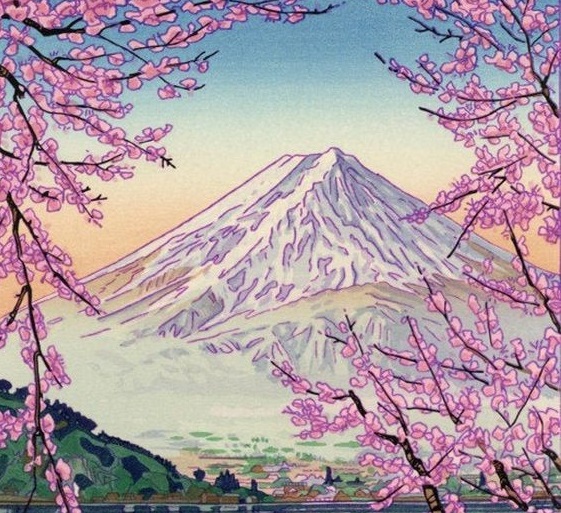
| Author Note: | If You Would Like To Join the Haiku Club, please check my author notes |
monk prays,
where Mount Fuji lies at river’s edge –
deep in reflection

| Author Notes |
HAIKU is an unrhymed Japanese poem that uses imagistic language to convey the essence of a human experience in nature. It uses a juxtaposition of two concrete images in a way that prompts the reader to make an insightful connection between the two. It alludes to a season of the year with direct words (summer, winter, autumn, spring) or indirect words (northern wind, warm breeze, harvest, Christmas, New Year, cherry blossoms, etc) The best haiku avoid the poet�???�??�?�¢??s views, the poet is the OBSERVER.
============================================================================== FORM Japanese haiku is written in 17 syllables and three lines ( 5/7/5) BUT in English is 17 syllables OR LESS in any combination (3/5/3 - 2/7/6 - 5/6/5 - etc). AVOID punctuation, alliteration, metaphor, personification, and capital letters (proper names are okay). Haiku and other Japanese poetry don�???�??�?�¢??t need titles but in fanstory we have to have one. It can be anything that relates to the haiku. To pause before the satori you can use a dash, sometimes a comma is okay, but we keep punctuation to a minimum.. HAIKU SOURCES CLICK HERE TO READ Haiku Ten Tips -- CLICK HERE TO READ Haiku Society of America Haiku Examples -- CLICK HERE TO READHaiku Society of America Haiku Rules -- CLICK HERE TO READ Matsuo Basho Haiku Collection -- Ci9LICK HERE TO READ Matsuo Basho History -- CLICK HERE TO READ why haiku can be less than 17 syllables -- CLICK HERE TO READ SEASON WORDS (Kigo) List Thank you very much for taking the time to read and review my poem. Gypsy *If you would like to join the Haiku Club, please click here and look for the haiku club* RESERVE A SPOT /SUBMIT YOUR ENTRY picture from pinterest.com |
![]()
By Gypsy Blue Rose
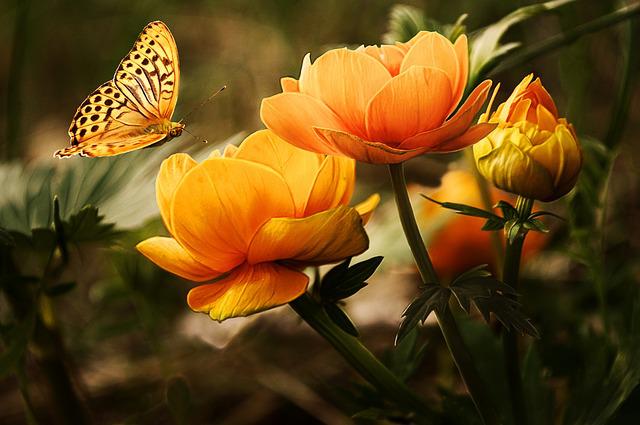
| Author Note: | for rules, please check my author notes |
fragile butterfly
flutters above honey rose —
sweet encounter

| Author Notes |
Honey Rose is a shade of orange
KIGO butterfly (choo, all spring). click here to read kigo list HAIKU is an unrhymed Japanese poem that uses imagistic language to convey the essence of a human experience in nature. It uses a juxtaposition of two concrete images in a way that prompts the reader to make an insightful connection between the two. It alludes to a season of the year. The best haiku avoid the poet's ego and views. FORM Japanese haiku is written in 17 syllables and three lines (5/7/5), in English is 17 syllables OR LESS in any combination (3/5/3 - 2/7/6 - 5/6/5 - etc). AVOID punctuation, alliteration, metaphor, personification, and capital letters (proper names are okay). Haiku and other Japanese poetry don't need titles but in fanstory we have to have one. It can be anything that relates to the haiku. To pause before the satori you can use a dash, sometimes a comma is okay, but we keep punctuation to a minimum. HAIKU SOURCES -- CLICK HERE TO READ Haiku Ten Tips -- CLICK HERE TO READ Haiku Society of America Haiku Examples -- CLICK HERE TO READHaiku Society of America Haiku Rules -- CLICK HERE TO READ Matsuo Basho Haiku Collection -- Ci9LICK HERE TO READ Matsuo Basho History -- CLICK HERE TO READ why haiku can be less than 17 syllables -- CLICK HERE TO READ SEASON WORDS (Kigo) List Thank you very much for taking the time to read and review my poem. Gypsy picture from google public domain |
![]()
By Gypsy Blue Rose

| Author Note: | For Rules, Please Read My Author Notes |
night sky rides on silver waves
as boats dock in ~
flooded with moonlight
| Author Notes |
MODERN HAIKU is the English adaptation of Classic Haiku. It's written in one to four lines with no strict syllable count, but as brief as possible. These poems use a pause usually marked by a dash before the satori (an insightful twist to ponder). Images don't need to be taken from nature. Seasonality is optional. Alliteration and metaphor are okay. Never rhymes. The em-dash ( -- ) is used to emphasize an interruption in speech before the satori. Haiku usually doesn't have a title but in fanstory we have to have one. The Haiku Foundation of America
Thank you very much for reading and reviewing my poem. Gypsy "The poet waits quietly to paint the unsaid." Atticus |
![]()
By Gypsy Blue Rose
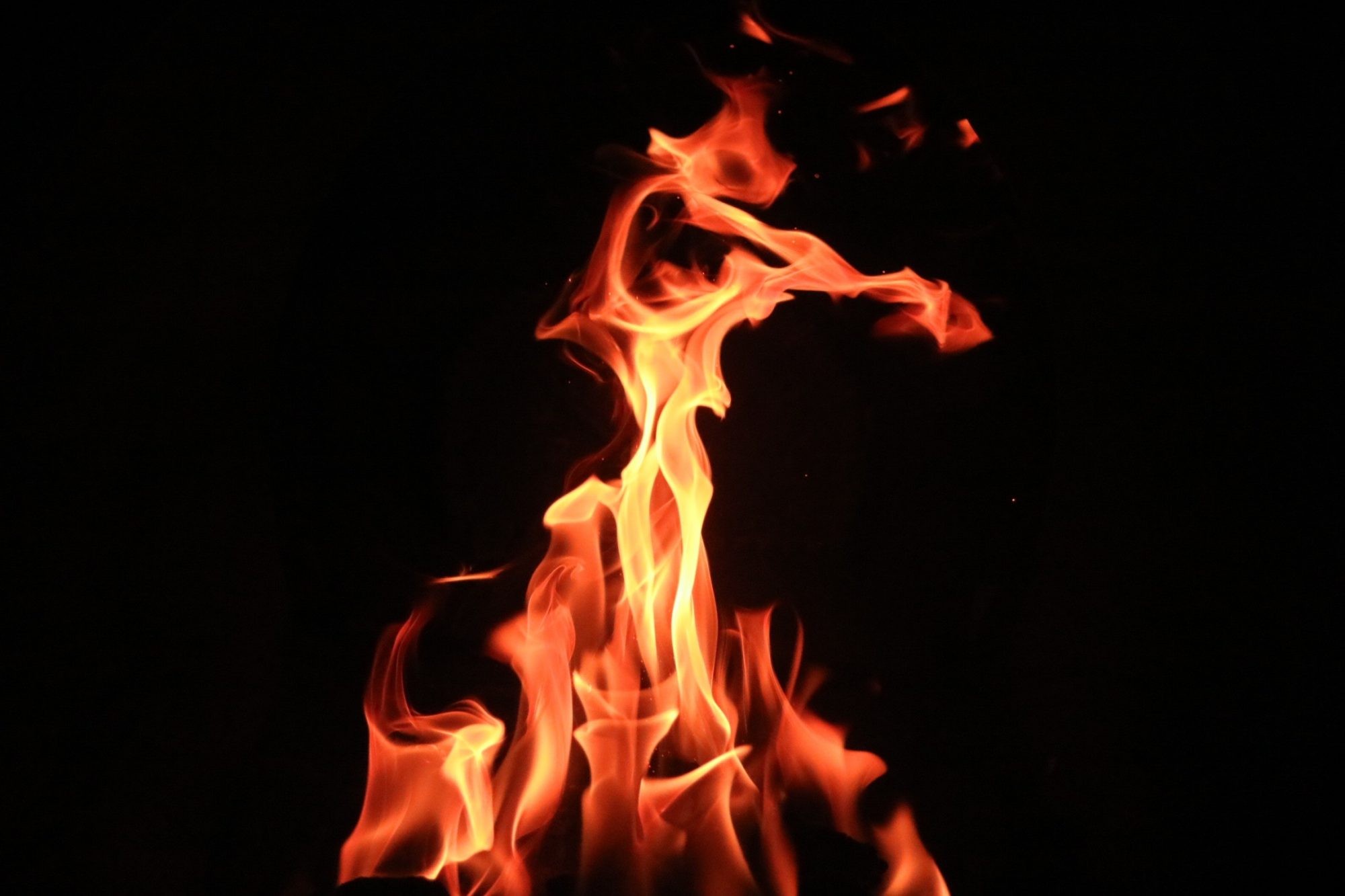
| Author Note: | If You Would Like To Join the Japanese Poetry Club, please check my author notes |
Ethereal cotton-clouds
can hide the midday moon
amidst the cerulean blue sky.
Earth could lose its axis
crying crystal tears
meant to be diamonds.
But the flames of our love
will never turn to embers.

| Author Notes |
KANSHI are poetic works by Japanese poets written in classical Chinese during the Tang Dynasty in the Heian Era (794-1185), Chinese was the language of courts in Japan. Kanshi was practiced and enjoyed only by aristocrats. Though Japan went through a few different political systems, the form remained popular throughout Japanese history, especially among academics and intellectuals. The KANSHI FORM is written in 5 to 7 syllables and 4 to 8 lines more info from wikipedia -- more info from simplyhaiku.com -- the HaikuFoundation.org
*If you would like to join the Japanese Club, please click here and look for the Japanese club* RESERVE A SPOT /SUBMIT YOUR ENTRY Thank you very much for taking the time to read and review my poem. Gypsy 'Poetry heals the wounds inflicted by reason.' -- Novalis |
![]()
By Gypsy Blue Rose
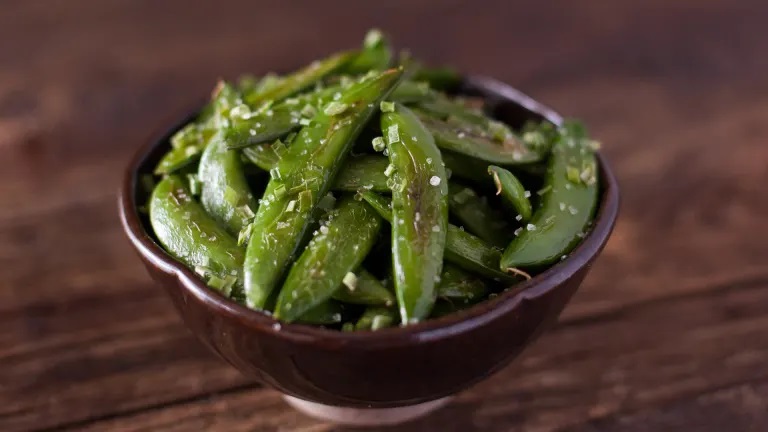
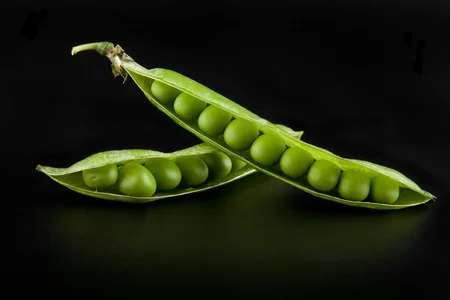
| Author Notes |
Cooking for family and friends is a way to show love.
HAIKU is an unrhymed Japanese poem that uses imagistic language to convey the essence of a human experience in nature. It uses a juxtaposition of two concrete images in a way that prompts the reader to make an insightful connection between the two. It alludes to a season of the year with direct words (summer, winter, autumn, spring) or indirect words (northern wind, warm breeze, harvest, Christmas, New Year, cherry blossoms, etc) The best haiku avoid the poet's views, the poet is the OBSERVER. FORM Japanese haiku is written in 17 syllables and three lines ( 5/7/5) BUT in English is 17 syllables OR LESS. For example: Haiku in Japanese: Furuike ya/ Kawazu tobikomu/ Mizu no oto (5/7/5) Same haiku translated to English: old pond/ a frog leaps in./ the sound of water.(2/4/5) AVOID punctuation, alliteration, metaphor, personification, and capital letters (proper names are okay). To pause before the satori you can use a dash, sometimes a comma is okay, but we keep punctuation to a minimum. HAIKU SOURCES === click here to read Haiku Society of America HAIKU EXAMPLES === click here to read Haiku Society of America HAIKU RULES === click here to read WHY 17 OR LESS SYLLABLES === click here to read SEASON WORDS (Kigo) List Thank you very much for taking the time to read and review my poem. Gypsy "Poetry heals the wounds inflicted by reason.". - Novalis |
![]()
By Gypsy Blue Rose
| Author Note: | for rules, please check my author notes |
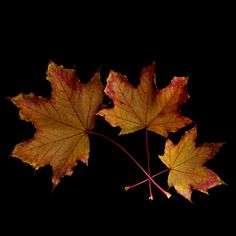
| Author Notes |
For the younger generation, a Disco Ball is a large decorative ball covered with small mirrored facets, suspended from the ceiling of a disco or club and rotated to reflect flashing lights. It was most popular in the 70s, 80s, and 90s, but it was invented in 1920. I used "waltzes " because it's a visual effect of leaves movement when caught in the breeze.
HAIKU is an unrhymed Japanese poem that uses imagistic language to convey the essence of a human experience in nature. It uses a juxtaposition of two concrete images in a way that prompts the reader to make an insightful connection between the two. It alludes to a season of the year with direct words (summer, winter, autumn, spring) or indirect words (northern wind, warm breeze, harvest, Christmas, New Year, cherry blossoms, etc) The best haiku avoid the poet's views, the poet is the OBSERVER. FORM Japanese haiku is written in 17 syllables and three lines ( 5/7/5) BUT in English is 17 syllables OR LESS. For example: Haiku in Japanese: Furuike ya/ Kawazu tobikomu/ Mizu no oto (5/7/5) Same haiku translated to English: old pond/ a frog leaps in./ the sound of water.(2/4/5) AVOID punctuation, alliteration, metaphor, personification, and capital letters (proper names are okay). To pause before the satori you can use a dash, sometimes a comma is okay, but we keep punctuation to a minimum. HAIKU SOURCES === click here to read Haiku Society of America HAIKU EXAMPLES === click here to read Haiku Society of America HAIKU RULES === click here to read WHY 17 OR LESS SYLLABLES === click here to read SEASON WORDS (Kigo) List Thank you very much for taking the time to read and review my poem. Gypsy "Poetry heals the wounds inflicted by reason" --Novalis |
![]()
By Gypsy Blue Rose
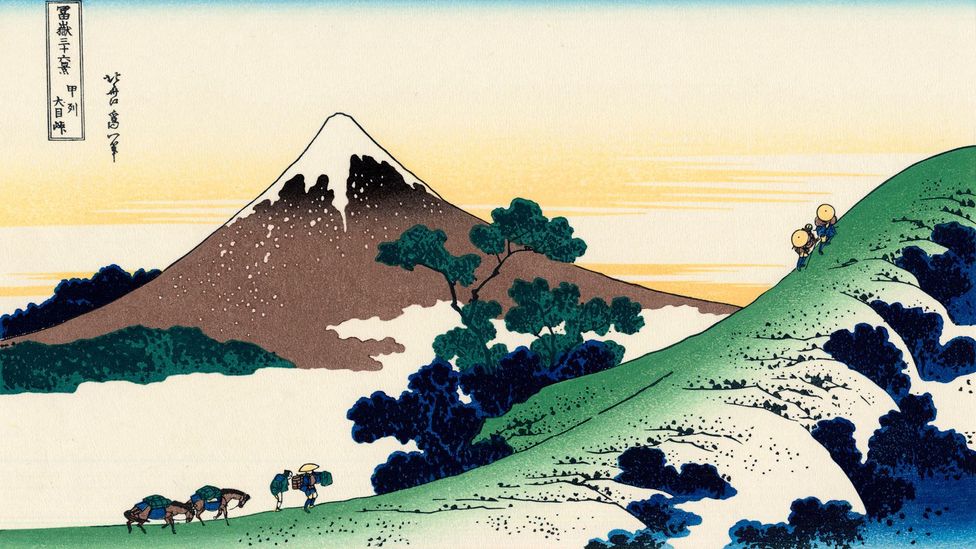
| Author Note: | If You Would Like To Join the Japanese Poetry Club, please check my author notes |
| Author Notes |
I-NOVEL is a Japanese poetic form used to describe the author's autobiography. The first I-novels was created in 1906. There are several rules for I-Noven but for this Japanese Poetry Event we will keep it simple. Autobiographies are usually a comprehensive life story of the author, while I-Novels are more personal and emotional, focusing on greater depth and the feeling of a particular experience happening to the author.
click for more information Thank you for reading and reviewing my poem, Gypsy "The poet waits quietly to paint the unsaid." - Atticus |
![]()
By Gypsy Blue Rose

full nets at dusk
calls for celebration —
catfish’s final call
| Author Notes |
--Night fishing is a good way to avoid the sun's heat. Catfish is one of the best fish to catch at night
--Final call The calling for final drink orders before the bar closes. HAIKU is an unrhymed Japanese poem that uses imagistic language to convey the essence of a human experience in nature. It uses a juxtaposition of two concrete images in a way that prompts the reader to make an insightful connection between the two. It alludes to a season of the year with direct words (summer, winter, autumn, spring) or indirect words (northern wind, warm breeze, harvest, Christmas, New Year, cherry blossoms, etc) The best haiku avoid the poet's views, the poet is the OBSERVER. FORM Japanese haiku is written in 17 syllables and three lines ( 5/7/5) BUT in English is 17 syllables OR LESS. For example: Haiku in Japanese: Furuike ya/ Kawazu tobikomu/ Mizu no oto (5/7/5) Same haiku translated to English: old pond/ a frog leaps in./ the sound of water.(2/4/5) AVOID punctuation, alliteration, metaphor, personification, and capital letters (proper names are okay). To pause before the satori you can use a dash, sometimes a comma is okay, but we keep punctuation to a minimum. HAIKU SOURCES === click here to read Haiku Society of America HAIKU EXAMPLES === click here to read Haiku Society of America HAIKU RULES === click here to read WHY 17 OR LESS SYLLABLES === click here to read SEASON WORDS (Kigo) List Thank you very much for taking the time to read and review my poem. Gypsy "Poetry heals the wounds inflicted by reason." -- Novalis Picture from google: Dongjiang Lake is a reservoir located in China. |
![]()
By Gypsy Blue Rose

little girl cries herself to sleep on mom’s pillow —
after funeral
| Author Notes |
12/5 POEM - a new form created by Gypsy Blue Rose. The poem is inspired by Japanese poetry. In the first line (12 syllables) write a visual phrase about nature or human nature. In the second line (5 syllables) write a juxtaposition pivotal phrase in relation to the first line. You may write one stanza of 12/5 alone or repeat as many times as you like.
Thank you very much for reading and reviewing my poem. Gypsy "Poetry heals the wounds inflicted by reason.- Novalis |
![]()
By Gypsy Blue Rose
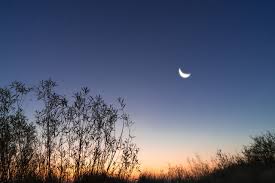
| Author Note: | If You Would Like To Join the Japanese Poetry Club, please check my author notes |
croissants and coffee
at the cafe in Madrid —
waning morning moon

| Author Notes |
MADRID is the capital of Spain, where I grew up. CAFE is a coffeeshop
LUNE is a short poem with three lines, similar to haiku in that it uses imagery and succinct composition but has no other rules. Lune poetry originated when American poets noticed that writing a haiku in English isn't the same as writing one in the Japanese 5/7/5 syllables mold. American poet, Robert Kelly, created the lune in the 1960s. The SYLLABLES LUNE consists of 5/3/5 syllables. There is a variant lune created by poet Jack Collom. His form is also a self-contained tercet, but his poem is WORDS LUNE (not syllable-based) and has the structure of 3 words in the first line, 5 words in the second line and 3 words in the final line. click here if you want to read more Thank you very much for your review and your valuable time, Gypsy *If you would like to join the Japanese Club, please click here and look for the Japanese club* RESERVE A SPOT /SUBMIT YOUR ENTRY pictures from google public domain |
![]()
By Gypsy Blue Rose

| Author Note: | Dedicated to Victims of Child Abuse |
Angel, where are you now,
perhaps in hell
paying for the many depravities
against a child, your first cousin
and your brother, Jose Luis,
who betrayed me
by following your lead
lead
lead
lead
I heard you got cancer
and felt guilty for not caring
but sometimes I wonder ….
what happened to your brother
the bed wetter
the follower
Where are the fields of barley
where I hid from you
built a safe house of ripe grass
where you couldn’t find me
but you did
you did
did
did
did
Why did I feel it was my fault, at five,
where was dad, my champion,
the one to keep me safe and sound …
sound
sound
sound
he was three doors down
when you got me alone in your room
playing mommy and daddy
with our clothes on
…though I was not playing
I was the keeper of shame
you made Jose Luise do it too
my cousin
my friend
while you watched
where is my innocence now
maybe, in golden fields of barley

| Author Notes |
800-422-4453 national child abuse prevention
UBI SUNT POEM (where are they) is a Latin RHETORICAL QUESTION. Sometimes it's interpreted to indicate nostalgia, the ubi sunt motif is actually a meditation on mortality and life's transience. By posing a series of questions about the fate of the strong, beautiful, or virtuous, these poems meditate on the transitory nature of life and the inevitability of death. ~~~~~ wikipedia ~~~~~ poetry foundation Thank you for taking the time to read and review my poem. Gypsy "Poetry heals the wounds inflicted by reason."- Novalis |
![]()
By Gypsy Blue Rose
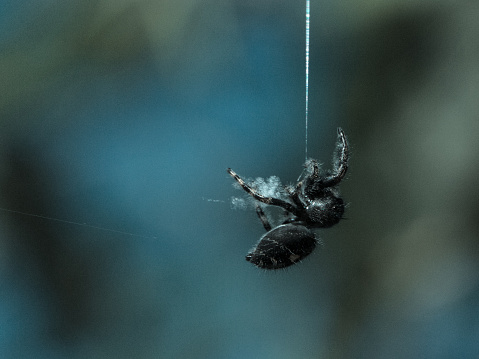
| Author Note: | For Rules, Please Read My Author Notes |
kid scientist
looking for bugs —
spider hangs by a thread

| Author Notes |
hang by a thread : to be in a very dangerous situation; to be very close to death
HAIKU is an unrhymed Japanese poem that uses imagistic language to convey the essence of a human experience in nature. It uses a juxtaposition of two concrete images in a way that prompts the reader to make an insightful connection between the two. It alludes to a season of the year. The best haiku avoid the poet's views, the poet is the observer. THE FORM Japanese haiku is written in 17 syllables and three lines ( 5/7/5) BUT in English is 17 syllables OR LESS. For example: Haiku in Japanese: Furuike ya/ Kawazu tobikomu/ Mizu no oto (5/7/5) Same haiku translated to English: old pond/ a frog leaps in./ the sound of water.(2/4/5). AVOID punctuation, alliteration, metaphor, personification, and capital letters (proper names are okay). To pause before the satori you use a dash, sometimes a comma is okay, but we keep punctuation to a minimum. HAIKU SOURCES === HAIKU SOURCES === click here to read Haiku Society of America HAIKU EXAMPLES === click here to read Haiku Society of America HAIKU RULES === click here to read WHY 17 OR LESS SYLLABLES === click here to read SEASON WORDS (Kigo) List Thank you very much for taking the time to read and review my poem. Gypsy "Poetry heals the wounds inflicted by reason." - Novalis |
![]()
By Gypsy Blue Rose
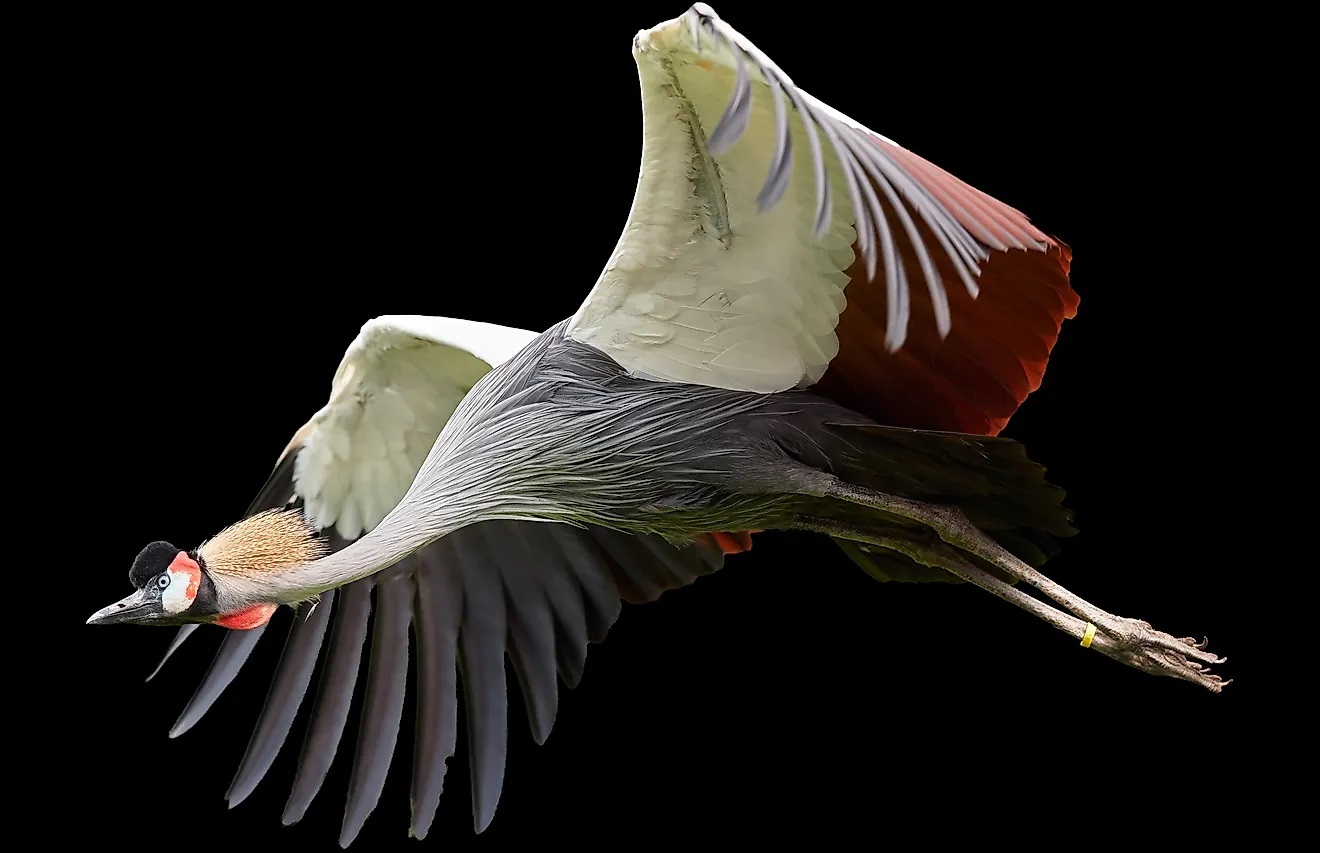
| Author Note: | For Rules, Please Read My Author Notes |
wrecking ball
swings swiftly to shatter old zoo —
crane’s heart caves-in

| Author Notes |
WRECKING BALL = a heavy metal ball swung on a cable from a CRANE and used in demolition work.
CRANES are long-legged, and long-necked birds similar-looking but unrelated herons. Cranes are affected by human activities and are critically endangered. click here if you want to know more CAVE-IN = To give up what you want to do what another person desires; to collapse; submission to something or someone previously opposed or resisted This is a modern haiku because I use metaphor and alliteration. MODERN HAIKU is the English adaptation of Classic Haiku. It's written in one to four lines with no strict syllable count, but as brief as possible. These poems use a pause usually marked by a dash before the satori (an insightful twist to ponder). Images don't need to be taken from nature. Seasonality is optional. Alliteration and metaphor are okay. Never rhymes. The em-dash ( -- ) is used to emphasize an interruption in speech before the satori. Haiku usually doesn't have a title but in fanstory we have to have one. The Haiku Foundation of America Thank you very much for taking the time to read and review my poem. Gypsy "Poetry heals the wounds inflicted by reason." - Novalis |
![]()
By Gypsy Blue Rose
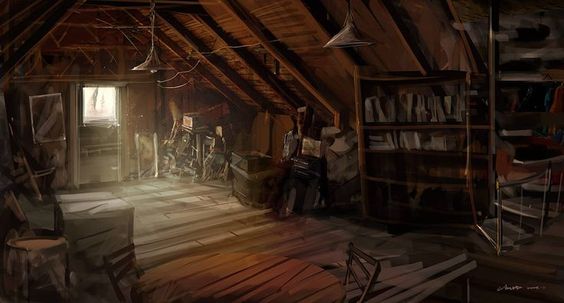
Unpacking dusty boxes in grandma’s attic, I found a yellow brittle love letter inside a book of poetry. Next to it, a dried rose frozen in time, emanated romance and tears of lost lust. I had to decide in which pile this precious memento had to go. I held it tenderly close to my heart and silently I said goodby.
dust travels
through a ray of dark sun
dancing to the tune of time

| Author Notes |
3/6/7 syllables haiku and 59 words prose
Memento= an object that serves to remind one of a person, past event, etc.; keepsake; souvenir. HAIBUN combines prose and haiku; it�¢??s written in present or in past tense. The subject matter can vary widely, but usually describes an unfolding scene, a slice of life, a special moment, or a journal.. Keep it as succinct as possible and do not repeat words, except the, an, or, etc�¢?�¦ Point of View Written in the first person (everything seen through the author's eyes) Length Varies from very brief prose with one haiku to long prose with interspersed haiku. PROSE in Haibun TELLS the story, GIVES information, DEFINES the theme, CREATES a mood through tone, and PROVIDES a background to spotlight the haiku HAIKU in Haibun MOVES the story forward, ADDS insight to the prose, RESOLVES the conflict in an unpredictable way, or QUESTIONS the resolution of the prose. click here for more information *** Haibun Today Editorial for further reading *** Haibun Guidelines Thank you for taking the time to read and review my poem. Gypsy |
![]()
By Gypsy Blue Rose
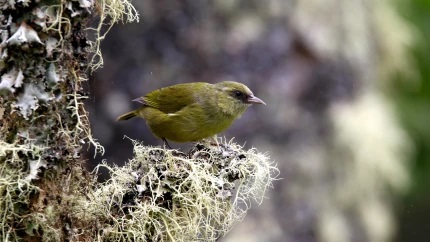
| Author Note: | If You Would Like To Join the Japanese Poetry Club, please check my author notes |
last pain-stricken bird
sings the saddest song
with the haunting sound
of yearning for his mate
lost to dismal death
death
death
death
perched on a burned bough
over sizzling amber waves
inviting the inevitable end
‘cause she's gone
to cavernous halls
halls
halls
halls
it’s more pain
his little heart can take
standing alone
draped with raging cries
amidst cinders of lost love
lost love
lost love
lost love
Left All Alone

| Author Notes |
Picture of the Maui Parrotbill bird
amber waves = volcano lava The Maui parrotbill bird, is critically endangered, with less than 150 individuals left. Five of the seven rare bird species were killed in an epidemic of avian malaria brought by mosquitoes. A male bird was seen singing by itself on the slopes of the windward slopes of Haleakala volcano. KAKE KOTOBA is a Japanese poetic form that uses poetic devices (personification, alliteration, metaphor, imagery, juxtaposition, etc ). FORM 31 SYLLABLES OR LESS IN FIVE LINES. The poetic devices are like hanging words building a bridge between two images. Better translated as: Pun, word play, words with a double meaning, very much like haiku or senryu but in five lines.kake kotoba wikipedia Thank you very much for your time and kind review. Gypsy "Poetry heals the wounds inflicted by reason." - Novalis *If you would like to join the Japanese Club, please click here and look for the Japanese club* RESERVE A SPOT /SUBMIT YOUR ENTRY |
![]()
By Gypsy Blue Rose
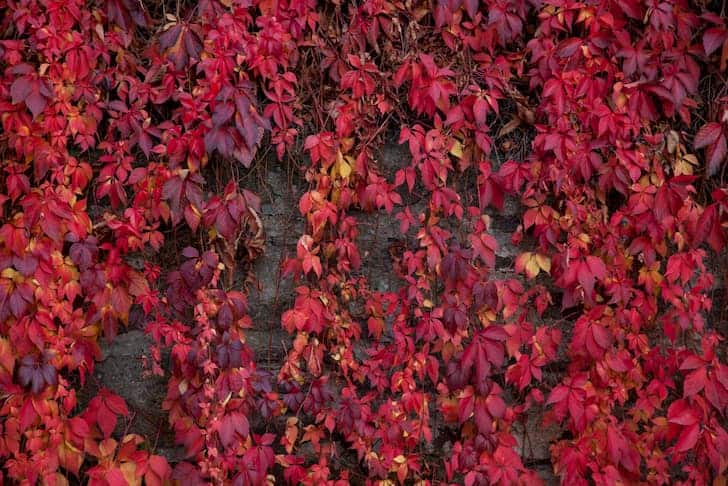
| Author Note: | If You Would Like To Join the Japanese Poetry Club, please check my author notes |
after his divorce,
caused by lack of wealth and love,
he plants pale white mums
and bleak crimson shade ivy
woven through trellis and rope

| Author Notes |
-National Suicide Prevention Hotline [988] or [800-273-8255]
-Japan use white chrysanthemums to symbolize grief. -Mums can grow on trellis. Attach them gently sideways and tie them down to the horizontal trellis. KAKE KOTOBA is a Japanese poetic form that uses poetic devices (personification, alliteration, metaphor, imagery, juxtaposition, etc ... ). FORM 31 SYLLABLES OR LESS IN FIVE LINES. The poetic devices are like hanging words building a bridge between two images. Better translated as: Pun, word play, words with a double meaning, very much like haiku or senryu but in five lines.kake kotoba Wikipedia Thank you very much for taking the time to read and review my poem. Gypsy "The poet waits quietly to paint the unsaid." Atticus *If you would like to join the Japanese Club, please click here and look for the Japanese club* RESERVE A SPOT /SUBMIT YOUR ENTRY |
![]()
By Gypsy Blue Rose

| Author Note: | For Rules, Please Read My Author Notes |
sun bleached poster
of missing child
fades into oblivion —
cold case

| Author Notes |
The picture of the poster is faceless to represent any missing child.
Cold case = is an unsolved criminal investigation National Toll-free Hotline, 1-800-THE-LOSTclick here to read more According to the FBI, in 2021 there were 337,195 adducted missing children MODERN SENRYU is about human nature and it doesn't include a season word (kigo). It's written in one to four lines with no strict syllable count, but brief. These poems use a pause usually marked by a dash before the satori (an insightful twist to ponder). Alliteration and metaphor are okay. Never rhymes. the em-dash ( -- ) is used to emphasize an interruption in speech before the satori. Senryu usually doesn�¢??t have a title but in fanstory we have to have one.for more information click here collection of senryu ***** The Haiku Foundation of America Thank you very much for taking the time to read and review my poem. Gypsy "The poet waits quietly to paint the unsaid." Atticus |
![]()
By Gypsy Blue Rose

twilight shadows veil
serene mountains and valleys —
chase last light of day

| Author Notes |
HAIKU is an unrhymed Japanese poem that uses imagistic language to convey the essence of a human experience in nature. It uses a juxtaposition of two concrete images in a way that prompts the reader to make an insightful connection between the two. It alludes to a season of the year. The best haiku avoid the poet's views, the poet is the observer. THE FORM Japanese haiku is written in 17 syllables and three lines ( 5/7/5) BUT in English is 17 syllables OR LESS. For example:
Haiku in Japanese: Furuike ya/ Kawazu tobikomu/ Mizu no oto (5/7/5) Same haiku translated to English: old pond/ a frog leaps in./ the sound of water.(2/4/5). AVOID punctuation, alliteration, metaphor, personification, and capital letters (proper names are okay). To pause before the satori you use a dash, sometimes a comma is okay, but we keep punctuation to a minimum. HAIKU SOURCES === HAIKU SOURCES === click here to read Haiku Society of America HAIKU EXAMPLES === click here to read Haiku Society of America HAIKU RULES === click here to read WHY 17 OR LESS SYLLABLES === click here to read SEASON WORDS (Kigo) List Thank you very much for taking the time to read and review my poem. Gypsy "Poetry heals the wounds inflicted by reason." - Novalis picture: nele diel, deviantart.com |
![]()
By Gypsy Blue Rose

| Author Note: | Place= Siberia's Uninhibited Land |
somber snowed tundra
untouched by men —
land's frigid virgin
| Author Notes |
I mean no disrespect to women, it's just a play on words. Some men use the word 'frigid' as a derogatory word, this is not that case.
Sakha Republics, Russia, heart of Siberia, is the eighth largest territory in the entire world. It's above the Arctic Circle, making avera it basically a freezing cold desert of 190,555 square miles. The temperature is -46 degrees Fahrenheit, the coldest area in the northern hemisphere. Because of the extreme cold, much of this gigantic area of the planet has gone largely unexplored and untouched by mankind. However, there are animals that live safely away from humans. There are moos, fox, sable, wolverine, brown bear, polar bear, walrus, Manchurian deer, northern deer, musk deer, and bighorn sheep; and lakes are rich with fish -- omul, chir, muksun, white salmon nelma, sturgeon, taimen, and karas to name a few. There are about 250 birds species. in Yakutia. The tundra is a habitat for rare birds, Siberian white crane, sandhill crane, loon, moose, golden eagle, white-tailed eagle, etc. The Arctic shore is famous for the noisy and spectacular seashore bird colonies. Yakutia is the only place on the planet with Siberian black crane and gull habitats. ================================================ MODERN HAIKU is the English adaptation of Classic Haiku. It's written in one to four lines with no strict syllable count, but as brief as possible. These poems use a pause usually marked by a dash before the satori (an insightful twist to ponder). Images don't need to be taken from nature. Seasonality is optional. Alliteration and metaphor are okay. Never rhymes. The em-dash ( -- ) is used to emphasize an interruption in speech before the satori. Haiku usually doesn't have a title but in fanstory we have to have one. The Haiku Foundation of America Thank you very much for taking the time to read and review my poem. Gypsy "Poetry heals the wounds inflicted by reason." - Novalis |
![]()
By Gypsy Blue Rose
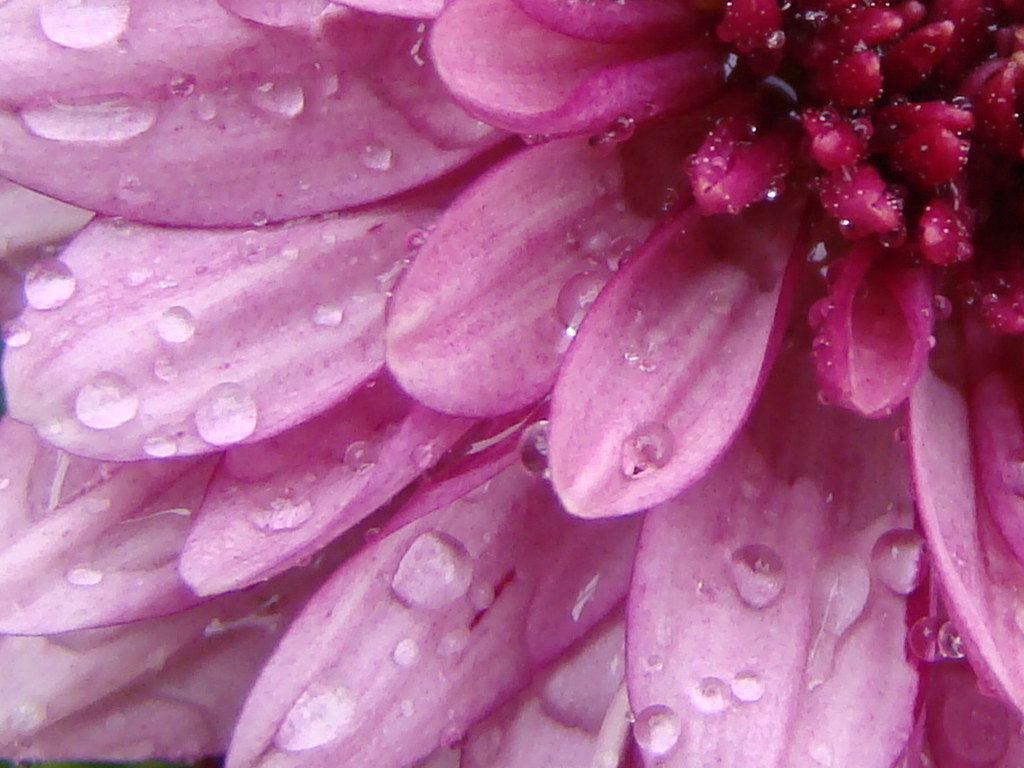
| Author Note: | For Rules, Please Read My Author Notes |
weighted down by rain —
mums bend in reverence
to mother nature
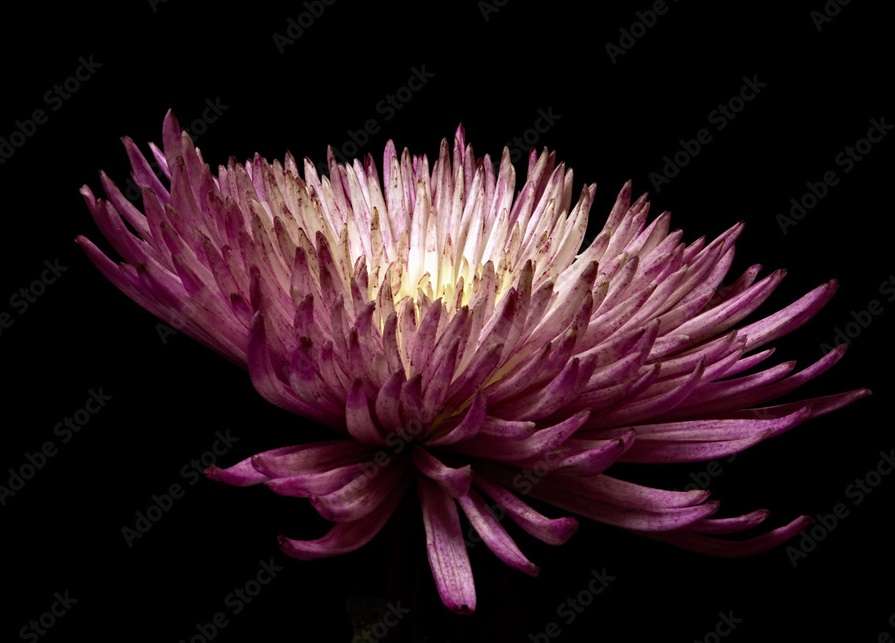
| Author Notes |
HAIKU is an unrhymed Japanese poem that uses imagistic language to convey the essence of a human experience in nature. It uses a juxtaposition of two concrete images in a way that prompts the reader to make an insightful connection between the two. It alludes to a season of the year. The best haiku avoid the poet's views, the poet is the observer. THE FORM Japanese haiku is written in 17 syllables and three lines ( 5/7/5) BUT in English is 17 syllables OR LESS. For example:
Haiku in Japanese: Furuike ya/ Kawazu tobikomu/ Mizu no oto (5/7/5) Same haiku translated to English: old pond/ a frog leaps in./ the sound of water.(2/4/5). AVOID punctuation, alliteration, metaphor, personification, and capital letters (proper names are okay). To pause before the satori you use a dash, sometimes a comma is okay, but we keep punctuation to a minimum. HAIKU SOURCES === HAIKU SOURCES === click here to read Haiku Society of America HAIKU EXAMPLES === click here to read Haiku Society of America HAIKU RULES === click here to read WHY 17 OR LESS SYLLABLES === click here to read SEASON WORDS (Kigo) List Thank you very much for taking the time to read and review my poem. Gypsy "Poetry heals the wounds inflicted by reason." - Novalis |
![]()
By Gypsy Blue Rose
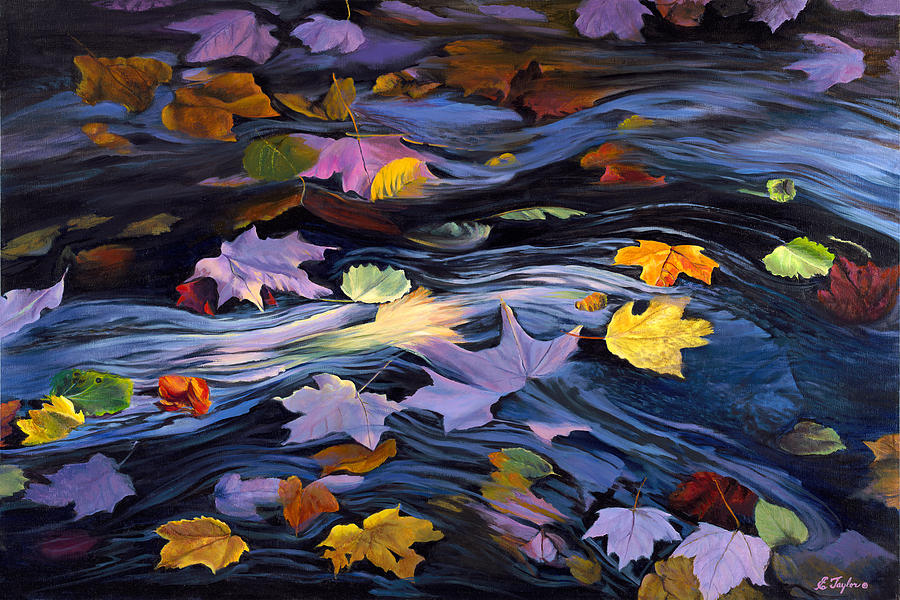
| Author Note: | For Rules, Please Read My Author Notes |
letting go
pain of living without you —
Autumn leaves downstream

| Author Notes |
SENRYU is a Japanese poetic form similar to haiku. It's written in 3 lines with 17 syllables OR LESS in a shot/long/short form. Senryu is about human foibles while haiku tend to be about nature. Senryu doesn't need a season word (kigo) but it's okay if you do.
for more information click here collection of senryu The Haiku Foundation of America Thank you very much for taking the time to read and review my poem. Gypsy "The poet waits quietly to paint the unsaid." Atticus Painting by E. Taylor |
![]()
By Gypsy Blue Rose

You are my north star
and in your arms I’m safely wrapped
when tempest turbulence
entangles tender hearts
as dubious winds meander
close and far
You are my north star
the one who guides my steps
when I feel lost
as I follow a comet
to our warm dwelling lodge
I fall asleep in your loving arms
| Author Notes |
Turbulence = disorder or commotion
Tempest = violent windstorm Dubious = doubtful Scamper = to run quickly Meanders = to take a winding course FREE VERSE is an open form of poetry, which in its modern form arose through the French vers libre form. It does not use consistent meter patterns, rhyme, or any musical pattern. It thus tends to follow the rhythm of natural speech. Gypsy "The poet waits quietly to paint the unsaid." Atticus |
![]()
By Gypsy Blue Rose

| Author Note: | For Rules, Please Read My Author Notes |
blind neighbor
borrows a cup of darkness —
new moon

| Author Notes |
When the moon is new, it's invisible to us on Earth.
This poem is a modern haiku because I used alliteration and metaphor. MODERN HAIKU is the English adaptation of Classic Haiku. It's written in one to four lines with no strict syllable count, but as brief as possible. These poems use a pause usually marked by a dash before the satori (an insightful twist to ponder). Images don't need to be taken from nature. Seasonality is optional. Alliteration and metaphor are okay. Never rhymes. The em-dash ( -- ) is used to emphasize an interruption in speech before the satori. Haiku usually doesn't have a title but in fanstory we have to have one. The Haiku Foundation of America Thank you very much for taking the time to read and review my poem. Gypsy "Poetry heals the wounds inflicted by reason." - Novalis |
![]()
By Gypsy Blue Rose

| Author Note: | For Rules, Please Read My Author Notes |
Alaska’s
raging sea and land
swallowed dreams and hopes —
wave of pain

| Author Notes |
On March 27, 1964, an earthquake of magnitude 9.2 occurred in Alaska. The earthquake lasted approximately 4.5 minutes and is the most powerful recorded earthquake in U.S. history. The number of deaths from the earthquake totaled 131. The earthquake caused tsunami waves reached as high as 27 feet in some areas. A total of 128 people died. Damages to Pacific Coast states and territories totaled $895 million.
This is a modern haiku because I use personification and more than 3 lines. MODERN HAIKU is the English adaptation of Classic Haiku. It's written in one to four lines with no strict syllable count, but as brief as possible. These poems use a pause usually marked by a dash before the satori (an insightful twist to ponder). Images don't need to be taken from nature. Seasonality is optional. Alliteration and metaphor are okay. Never rhymes. The em-dash ( -- ) is used to emphasize an interruption in speech before the satori. Haiku usually doesn't have a title but in fanstory we have to have one. The Haiku Foundation of America Thank you very much for taking the time to read and review my poem. Gypsy "Poetry heals the wounds inflicted by reason." - Novalis |
![]()
By Gypsy Blue Rose

dusk’s dainty kisses
on closed peony petals —
tucked in for the night

| Author Notes |
MODERN HAIKU is the English adaptation of Classic Haiku. It's written in one to four lines with no strict syllable count, but as brief as possible. These poems use a pause usually marked by a dash before the satori (an insightful twist to ponder). Images don't need to be taken from nature. Seasonality is optional. Alliteration and metaphor are okay. Never rhymes. The em-dash ( -- ) is used to emphasize an interruption in speech before the satori. Haiku usually doesn't have a title but in fanstory we have to have one. The Haiku Foundation of America
Thank you very much for taking the time to read and review my poem. Gypsy "Poetry heals the wounds inflicted by reason." - Novalis |
![]()
By Gypsy Blue Rose
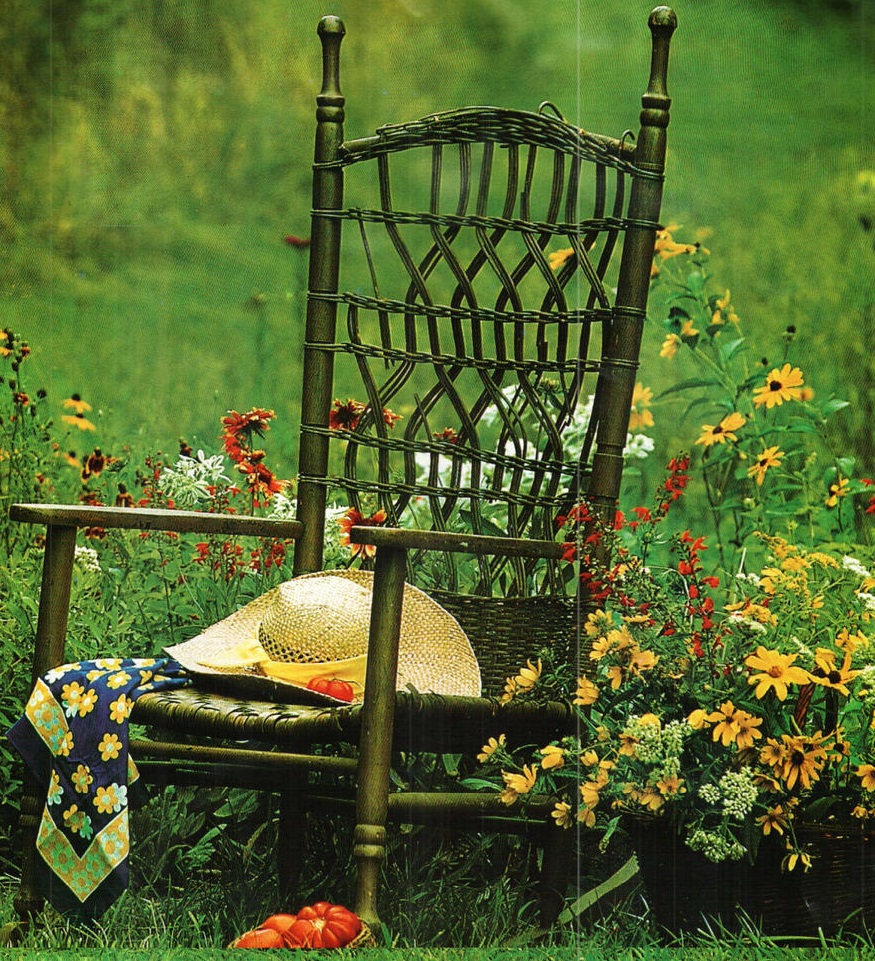
| Author Note: | For Rules, Please Read My Author Notes |
old garden chair
sagging dangerously —
weight of summer
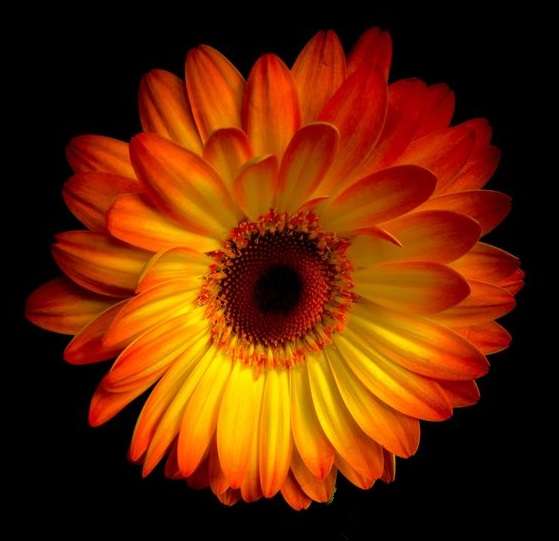
| Author Notes |
HAIKU is an unrhymed Japanese poem that uses imagistic language to convey the essence of a human experience in nature. It uses a juxtaposition of two concrete images in a way that prompts the reader to make an insightful connection between the two. It alludes to a season of the year. The best haiku avoid the poet's views, the poet is the observer. THE FORM Japanese haiku is written in 17 syllables and three lines ( 5/7/5) BUT in English is 17 syllables OR LESS. For example:
Haiku in Japanese: Furuike ya/ Kawazu tobikomu/ Mizu no oto (5/7/5) Same haiku translated to English: old pond/ a frog leaps in./ the sound of water.(2/4/5). AVOID punctuation, alliteration, metaphor, personification, and capital letters (proper names are okay). To pause before the satori you use a dash, sometimes a comma is okay, but we keep punctuation to a minimum. HAIKU SOURCES === HAIKU SOURCES === click here to read Haiku Society of America HAIKU EXAMPLES === click here to read Haiku Society of America HAIKU RULES === click here to read WHY 17 OR LESS SYLLABLES === click here to read SEASON WORDS (Kigo) List Thank you very much for taking the time to read and review my poem. Gypsy "Poetry heals the wounds inflicted by reason." - Novalis |
![]()
By Gypsy Blue Rose

| Author Note: | For Rules, Please Read My Author Notes |
priceless sunset —
homeless man spreads his mat
in the front row
| Author Notes |
SENRYU is a Japanese poetic form similar to haiku. It's written in 3 lines with 17 syllables OR LESS usually in a shot/long/short form. Senryu is about human foibles while haiku tend to be about nature. Senryu doesn't need a season word (kigo) but it's okay if you do. It never rhymes. It uses imagery.
for more information click here collection of senryu Thank you very much for taking the time to read and review my poem. Gypsy "The poet waits quietly to paint the unsaid." Atticus picture from google public domain |
![]()
By Gypsy Blue Rose

| Author Note: | A Group of Crows is Called Murder - for rules please check my author notes |
murder flies over
thinned out wheat field —
scarecrow’s head
down in shame

| Author Notes |
A group of crows is called 'murder'
MODERN HAIKU is the English adaptation of Classic Haiku. It's written in one to four lines with no strict syllable count, but as brief as possible. These poems use a pause usually marked by a dash before the satori (an insightful twist to ponder). Images don't need to be taken from nature. Seasonality is optional. Alliteration and metaphor are okay. Never rhymes. The em-dash ( -- ) is used to emphasize an interruption in speech before the satori. Haiku usually doesn't have a title but in fanstory we have to have one. The Haiku Foundation of America Thank you very much for taking the time to read and review my poem. Gypsy "Poetry heals the wounds inflicted by reason." - Novalis picture from deviantart.com |
![]()
By Gypsy Blue Rose
caught in moody tide,
hermit crab comes and goes —
walking on seashells

| Author Notes |
The well known phrase is ''walking on eggshells" (To be overly careful in dealing with a person or situation because they get angry or offended very easily)
HAIKU is an unrhymed Japanese poem that uses imagistic language to convey the essence of a human experience in nature. It uses a juxtaposition of two concrete images in a way that prompts the reader to make an insightful connection between the two. It alludes to a season of the year. The best haiku avoid the poet's views, the poet is the observer. THE FORM Japanese haiku is written in 17 syllables and three lines ( 5/7/5) BUT in English is 17 syllables OR LESS. For example: Haiku in Japanese: Furuike ya/ Kawazu tobikomu/ Mizu no oto (5/7/5) Same haiku translated to English: old pond/ a frog leaps in./ the sound of water.(2/4/5). AVOID punctuation, alliteration, metaphor, personification, and capital letters (proper names are okay). To pause before the satori you use a dash, sometimes a comma is okay, but we keep punctuation to a minimum. HAIKU SOURCES === HAIKU SOURCES === click here to read Haiku Society of America HAIKU EXAMPLES === click here to read Haiku Society of America HAIKU RULES === click here to read WHY 17 OR LESS SYLLABLES === click here to read SEASON WORDS (Kigo) List Thank you very much for taking the time to read and review my poem. Gypsy "Poetry heals the wounds inflicted by reason." - Novalis |
![]()
By Gypsy Blue Rose

Stars are out for you tonight
and the moon lulls you to sleep
hush darlin', I’ll hold you fast
and blue waves will ...
rock ... rock ... rock
Far away, howls a wild wolf
and below, sea creatures shout
but don’t fear, my little one
mom will wait till you ...
nod ... nod ... nod
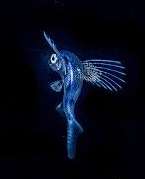
| Author Notes |
Thinking about my mom's lullabies. She died when I was ten years old.
My sister is very sick in the hospital. Prayers are welcomed. Her name is Mina. Ekphrastic is a poem inspired by a picture Free Verse is an unrhymed poem nocturnal - night North Carolina Sea Grant reports the study found that fish compensated for the noisy underwater environment by amplifying their vocalizations. Yes, you could say the fish were shouting. source Thank you very much for reviewing my poem. Gypsy |
![]()
By Gypsy Blue Rose
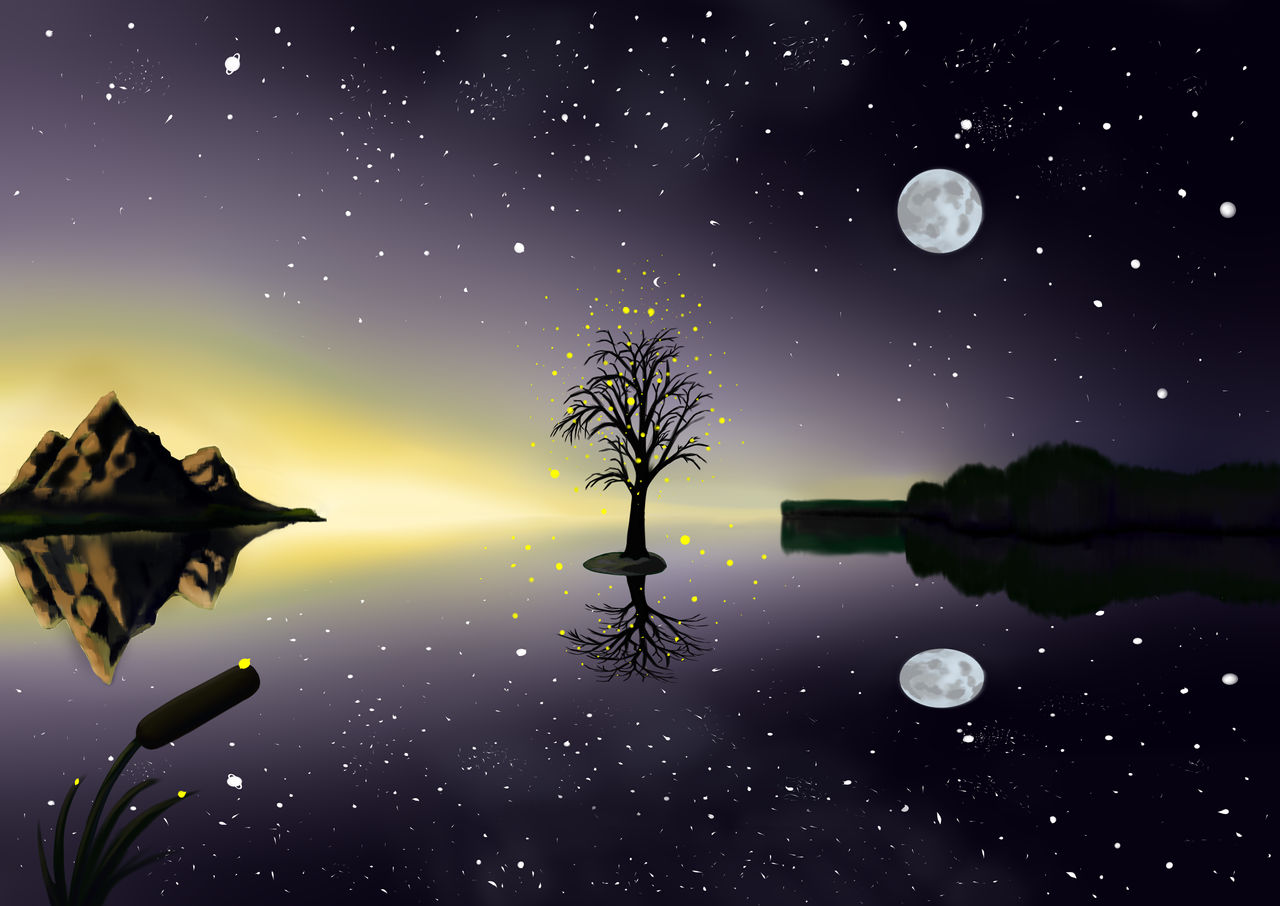
| Author Note: | For Rules, Please Read My Author Notes |
meditative monk
sits by a lake full of moon —
reflecting

| Author Notes |
--Reflecting = casting back an image; careful consideration or meditation.
MODERN HAIKU is the English adaptation of Classic Haiku. It's written in one to four lines with no strict syllable count, but as brief as possible. These poems use a pause usually marked by a dash before the satori (an insightful twist to ponder). Images don't need to be taken from nature. Seasonality is optional. Alliteration and metaphor are okay. Never rhymes. The em-dash ( -- ) is used to emphasize an interruption in speech before the satori. Haiku usually doesn't have a title but in fanstory we have to have one. The Haiku Foundation of America Thank you very much for taking the time to read and review my poem. Gypsy "Poetry heals the wounds inflicted by reason." - Novalis picture from deviantart.com |
![]()
By Gypsy Blue Rose


crisp cool winds
fuss about ma’s garden
stirring golden, saffron, and red leaves
faceless gourds
and pre-creepy pumpkins
scattered across threaded vines and soil
screams echo
after halloween day
putrid pumpkins are left in the lurch

| Author Notes |
"Autumn leaves don't fall, they fly. They take their time and wander on their only chance to soar." -- Delia Owens
3/6/9 poems only require syllables and line count The excess pumpkins are donated to local zoos; given to farm animals; or used for land's natural fertilizer Left in the lurch = abandoned Thank you very much for taking the time to read and review my poem. Gypsy "A sunset is the sun's fiery kiss to the night." -Crystal Woods |
![]()
By Gypsy Blue Rose

If I could have anyone
at the end of the world,
I would ask for you, darlin’,
my uncontrollable love.
I would not request gold
or diamonds galore,
I would just want your lips
to kiss
more
more
more.
If I could have anyone
at the end of the world,
it would be you, my love..
It would not be a last meal
of ambrosia and wine,
I would want to hear
your contagious laugh
to fill my
heart
heart
heart

| Author Notes |
KANSHI FORM IS WRITTEN IN 5 to 7 SYLLABLES AND 4 to 8 LINES. Japanese poets wrote in classical Chinese during the Tang Dynasty in the Heian Era (794-1185), Chinese was the language of courts in Japan. Kanshi was practiced and enjoyed only by aristocrats at the beginning but has remained popular throughout Japanese history, especially among academics and intellectuals. more info from wikipedia -- more info from simplyhaiku.com -- the HaikuFoundation.org
Thank you very much. I appreciate that you took the time to read my poem. Have a beautiful day. (*-*) Gypsy "The poet waits to paint the unsaid." -Atticus picture - riverland_cloud_gazing_by_bisbiswas |
![]()
By Gypsy Blue Rose
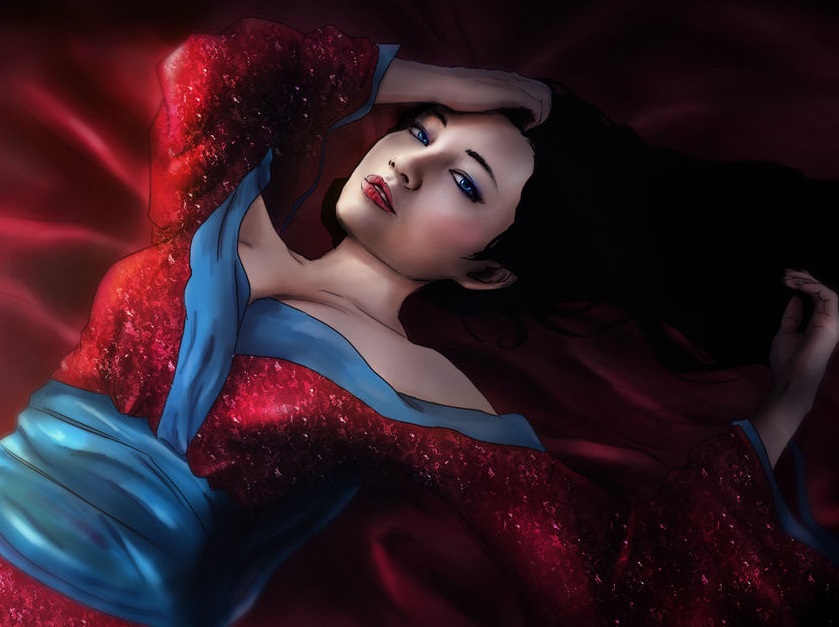

My bed is on fire thinking of you,
as the harvest moon bleeds outside,
my heart battles a lost fight.
Overcoming distance
that lies between us
through land and sea.
Do you hear
my tears,
Love?

| Author Notes |
A nonet is a nine-line poem. In the nonet form, each line contains specific, descending syllable counts. The first line contains nine syllables, the second line contains eight, the third line contains seven, and so on. The last line of nonet poetry contains one syllable. The nonet is a poetic form that can contain any rhyming scheme and cover any subject matter. Due to the simplicity and popularity of the nonet structure, many poetry websites and publications have yearly nonet poetry contests.
click here if you want to read more Gypsy "A sunset is the sun's fiery kiss to the night." -Crystal Woods |
![]()
By Gypsy Blue Rose
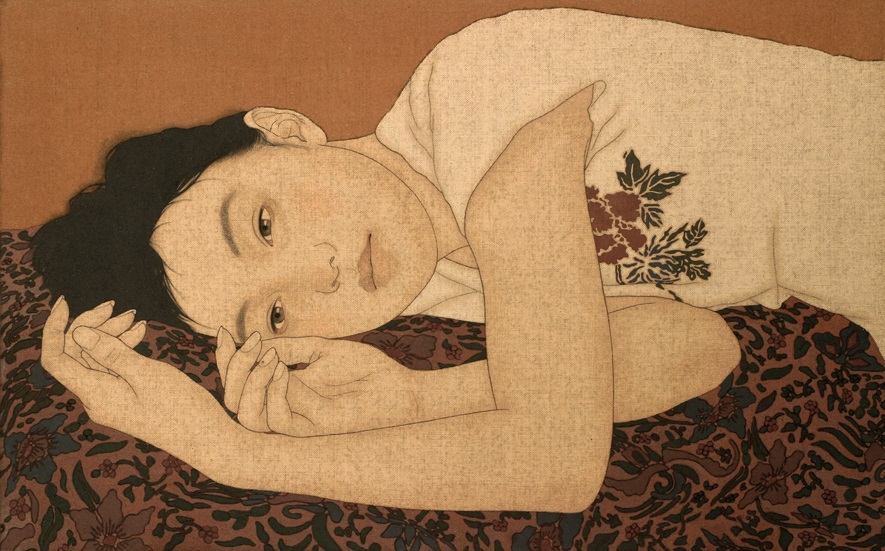

What will be left of our love
when you walk through that door
and your scent left behind
perpetuates lost hope
All the sweet nothings
will be swiped by winter winds
drift across withered fields
covered by useless chagrin
The swooshing and howling
of tempest’s crescendo thrust
and eolian gusts
reaps my dismantled heart
When your passion runs out
the happy couple carcass
will pass on with time
and only a glimmer of us will last
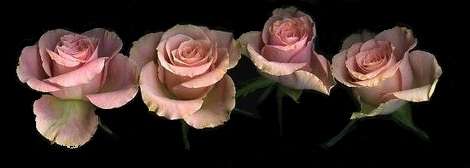
| Author Notes |
"Don't cry because it's over, smile because it happened." ~ Dr. Seuss
Perpetuates = goes on forever Tempest = violent wind storm Crescendo = gradual, steady increase Eolian = wind activity; the wind's ability to shape the surface of the Earth Painting: Ikenaga Yasunari Thank you for reading my poem. Gypsy "A sunset is the sun's fiery kiss to the night." - Crystal Woods |
![]()
By Gypsy Blue Rose

grandma’s homemade jam
for breakfast on our front porch —
a jar full of love

| Author Notes |
5/7/5 poem rules are simple, 5/7/5 syllables in three lines
Gypsy "Hand over the chocolate and nobody gets hurt." |
![]()
By Gypsy Blue Rose

in warm summer breeze
water moon floats to my shore —
slides through my fingers
| Author Notes |
Water Moon is an East Asian proverb/phrase, meaning something that can be seen but not touched, like the moon reflected on the water's surface; something that is beautiful but unattainable dreams, a mirage.
Thank you very much for taking the time to read and review my poem. Gypsy "A sunset is the sun's fiery kiss to the night." -Crystal Woods |
![]()
By Gypsy Blue Rose

| Author Notes |
An honest summary of my life story.
"There is a crack in everything, that is how the light gets in." - Leonard Cohen SUICIDE PREVENTION CRISIS LINE IS = 988 SUICIDE PREVENTION LIFELINE = 1-800=273-8255 ** Prevalence of Any Mental Illness (AMI) -In 2020, there were an estimated 52.9 million adults aged 18 or older in the United -States with AMI. This number represented 21.0% of all U.S. adults. -The prevalence of AMI was higher among females (25.8%) than males (15.8%). -Young adults aged 18-25 years had the highest prevalence of AMI (30.6%) compared to adults aged 26-49 years (25.3%) and aged 50 and older (14.5%). for Mental Health Information and Resources click here for Suicide Prevention information click here Thank you for taking the time to read and review my story. Gypsy "Happiness can be found even in the darkest of times, if one only remembers to turn on the light." - Albus Dumbledore "Promise me you'll always remember: You're braver than you believe, and stronger than you seem, and smarter than you think." - Christopher Robin from Winnie the Pooh |
![]()
By Gypsy Blue Rose
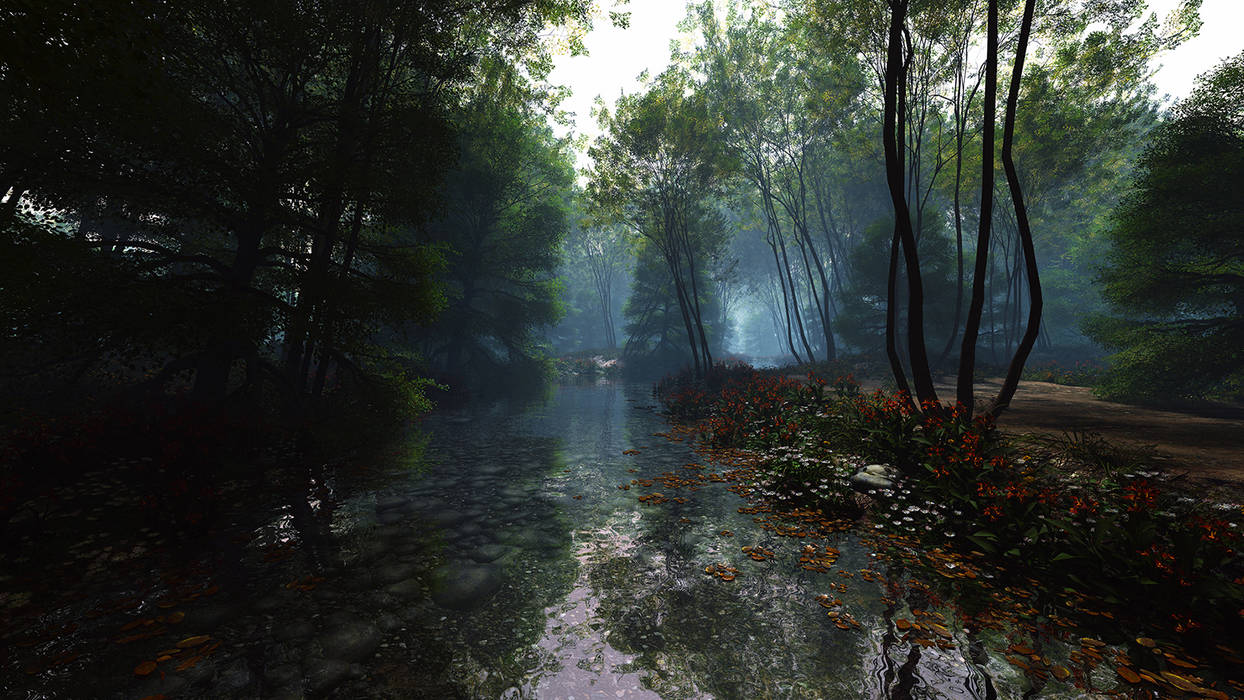
| Author Note: | For Rules, Please Read My Author Notes |

same creek
and autumn dusk settling ‘round me —
missing you

| Author Notes |
HAIKU is an unrhymed Japanese poem. It uses a juxtaposition of two images in a way that prompts the reader to make an insightful connection between the two. It alludes to a season of the year. The haiku is written from an observer point of view. In Japan, haiku is written in 17 syllables and three lines ( 5/7/5) BUT in English is 17 syllables OR LESS. Avoid punctuation in the middle of the line, but use a dash before the satori (usually last line). Avoid alliteration, metaphor, personification, and capital letters (proper names are okay). click here to read Haiku Society of America, HAIKU EXAMPLES â?? click here to read Haiku Society of America HAIKU RULES â?? click here to read WHY 17 OR LESS SYLLABLES â?? click here to read SEASON WORDS (Kigo) List
Thank you very much for taking the time to read and review my poem. Gypsy "Poetry heals the wounds inflicted by reason." - Novalis |
![]()
By Gypsy Blue Rose

| Author Note: | For Rules, Please Read My Author Notes |
mid-fight,
lion and hyena pause
to watch the sunrise


| Author Notes |
Lions and Hyenas are rivals, both territorial and highly aggressive towards each other. if you want to read more, click here
MODERN HAIKU is the English adaptation of Classic Haiku. It's written in one to four lines with no strict syllable count, but as brief as possible. These poems use a pause usually marked by a dash before the satori (an insightful twist to ponder). Images don't need to be taken from nature. Seasonality is optional. Alliteration and metaphor are okay. Never rhymes. The em-dash ( -- ) is used to emphasize an interruption in speech before the satori. Haiku usually doesn't have a title but in fanstory we have to have one. The Haiku Foundation of America Thank you very much for taking the time to read and review my poem. Gypsy "Poetry heals the wounds inflicted by reason." - Novalis |
![]()
By Gypsy Blue Rose
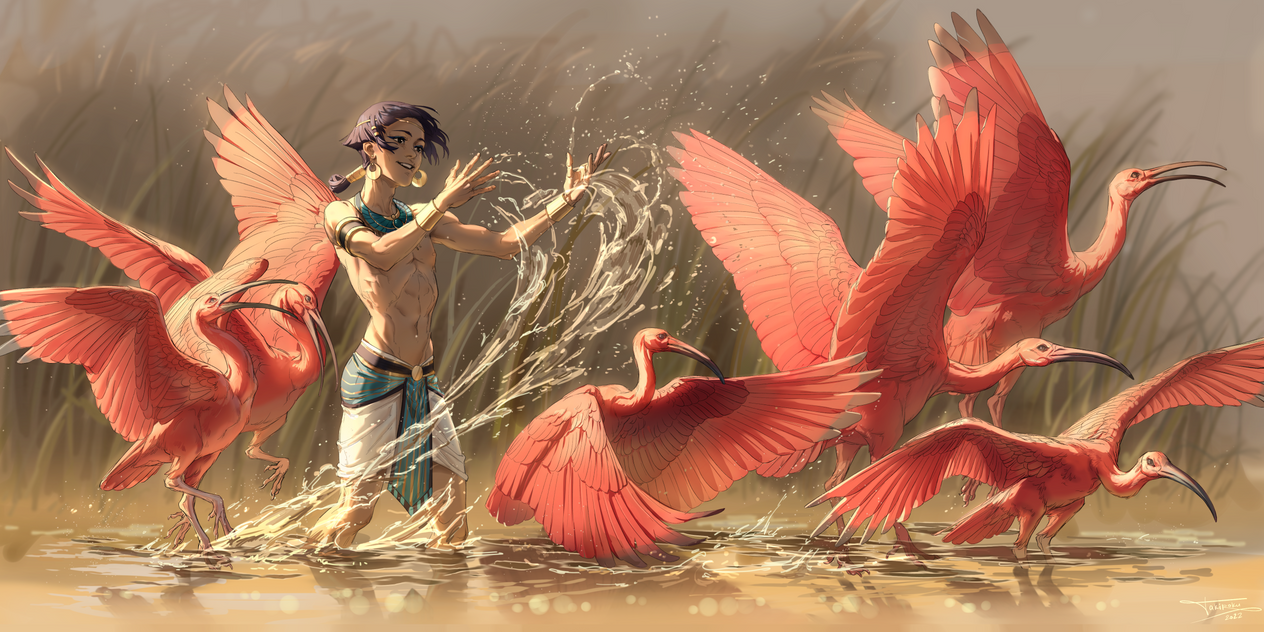
| Author Note: | For Rules, Please Read My Author Notes |
pink flamingos
watch scarlet birds wade in wetlands —
ibis envy
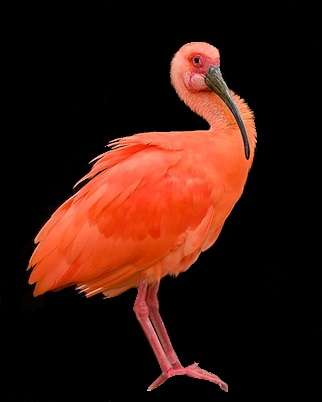
| Author Notes |
The ibis (collective plural) are a group of long-legged wading birds that inhabit wetlands, forests and plains. They feed as a group, probing mud for food items, usually crustaceans. They are monogamous and highly territorial while nesting and feeding. Most nest in trees. They are capable of flight. wikipedia
Painting by Takiroku MODERN HAIKU is the English adaptation of Classic Haiku. It's written in one to four lines with no strict syllable count, but as brief as possible. These poems use a pause usually marked by a dash before the satori (an insightful twist to ponder). Images don't need to be taken from nature. Seasonality is optional. Alliteration and metaphor are okay. Never rhymes. The em-dash ( -- ) is used to emphasize an interruption in speech before the satori. Haiku usually doesn't have a title but in fanstory we have to have one. The Haiku Foundation of America Thank you very much for taking the time to read and review my poem. Gypsy |
![]()
By Gypsy Blue Rose
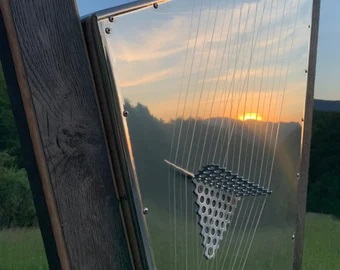
| Author Note: | For Rules, Please Read My Author Notes |
wind harp howls
an ethereal melody —
vacant nursery
| Author Notes |
The wind harp is a musical instrument that is played by the wind. It's a wooden box including a sounding board, with strings stretched lengthwise across two bridges. It is often placed in a slightly opened window where the wind can blow across the strings to produce sounds.
MODERN SENRYU is a Japanese poem with a title that deepens its meaning. Senryu is similar to Haiku but It's about human nature and it doesn't include a season word (kigo). It's written in one to four lines with no strict syllable count, but brief. These poems use a pause usually marked by a dash before the satori (an insightful twist to ponder). Alliteration and metaphor are okay. Never rhymes. the em-dash ( -- ) is used to emphasize an interruption in speech before the satori. for more information click here collection of senryu ***** The Haiku Foundation of America Thank you very much for taking the time to read and review my poem. Gypsy "The poet waits quietly to paint the unsaid." -Atticus |
![]()
By Gypsy Blue Rose

| Author Note: | For Rules, Please Read My Author Notes |
stargazing at Mount Teide,
bombarded by brilliant beauties –
awestruck
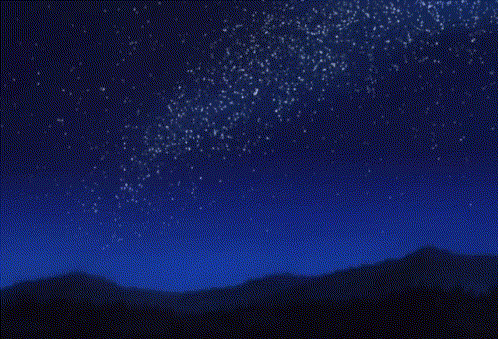
| Author Notes |
Mount Teide is a Unesco World Heritage site and also a designated Starlight Reserve. It's part of The Canary Islands, the darkest place on earth and perfect for stargazing. The Canary Islands are a Spanish Autonomous Community in the Atlantic Ocean. The islands have a population of 2.2 million people.
MODERN HAIKU is the English adaptation of Classic Haiku. It's written in one to four lines with no strict syllable count, but as brief as possible. These poems use a pause usually marked by a dash before the satori (an insightful twist to ponder). Images don't need to be taken from nature. Seasonality is optional. Alliteration and metaphor are okay. Never rhymes. The em-dash ( -- ) is used to emphasize an interruption in speech before the satori. Haiku usually doesn't have a title but in fanstory we have to have one. The Haiku Foundation of America Thank you very much for taking the time to read and review my poem. Gypsy "Poetry heals the wounds inflicted by reason." - Novalis |
![]()
By Gypsy Blue Rose

| Author Note: | In Dean Kuch Memory |
amidst trick o’ treat tykes
the beast walks among us
looking for kids to eat —
wolf in sheep costume

| Author Notes |
6/6/6/5 = 23
The saying goes = "A wolf in sheep's clothing" is an idiom of Biblical origin used to describe those playing a role contrary to their real character with whom contact is dangerous Mathew 7:15 "Beware of false prophets. They come to you in sheeps' clothing, but inwardly they are ravenous wolves." The pictures are from 'The Black Phone'. It's a 2021 American supernatural horror movie.. In the film, an abducted teenager uses a mysterious telephone to communicate with the previous victims of his deranged captor. NAANI, is an Indian poetic form. It's very similar to Japanese poetic forms, in that it has a set line- and syllable-count. It has 4-lines and a total 20-25 syllables. It's usually about nature or human relations but not strictly. The lines are grammatically connected and never rhyme. click here for more information- shadowpoetry *** click here for more information-matt forrest wordpress *** click here for examples -poetrysoup Thank you very much for reading my poem. Happy Halloween! Gypsy |
![]()
By Gypsy Blue Rose

| Author Note: | Praying for Peace |
mourning hazy sky,
amidst ruins and broken dreams —
a peace lily sprouts

| Author Notes |
"Putin, Read my lips: Without gas or without you? Without you. Without light or without you? Without you. Without water or without you? Without you. Without food or without you? Without you" - Zelensky, Ukraine President
-Following this month's counteroffensive, in which Ukraine has regained control of much of the Kharkiv region, a Russian missile strike damaged critical civilian infrastructure in Ukraine, leaving five regions without power and threatening outages for the entire country. Responding to the strike and to Russia's common assertion that Ukrainians and Russians are one people, Ukrainian President Volodymyr Zelensky said that darkness and cold were less frightening than Russian "friendship and brotherhood." - Peace Lilies: is a flower plant, a symbol of peace. Thank you for reading my poem, Gypsy |
![]()
By Gypsy Blue Rose

through peace and war,
the same river passes by our doors
to quench the thirst
of friend and foe

| Author Notes |
4/9/4/4 = 21 syllables
NAANI, is an Indian poetic form. It's very similar to Japanese poetic forms, in that it has a set line- and syllable count. It has 4-lines and a total of 20-25 syllables. It's usually about nature or human relations but not strictly. The lines are grammatically connected and never rhyme. *** click here for more information- shadowpoetry *** click here for more information-matt Forrest wordpress *** click here for examples -poetrysoup Picture: Caño Cristales is a Colombian river located in the Serrania de la Macarena province of Meta and is a tributary of the Guayabero River. It was founded in 1969, by a group of cattle farmers. Thank you very much. You are always so kind and honest, I really appreciate it. Your feedback is welcomed. Gypsy "Every sunset brings the promise of a new dawn." --Ralph Waldo Emerson |
![]()
By Gypsy Blue Rose
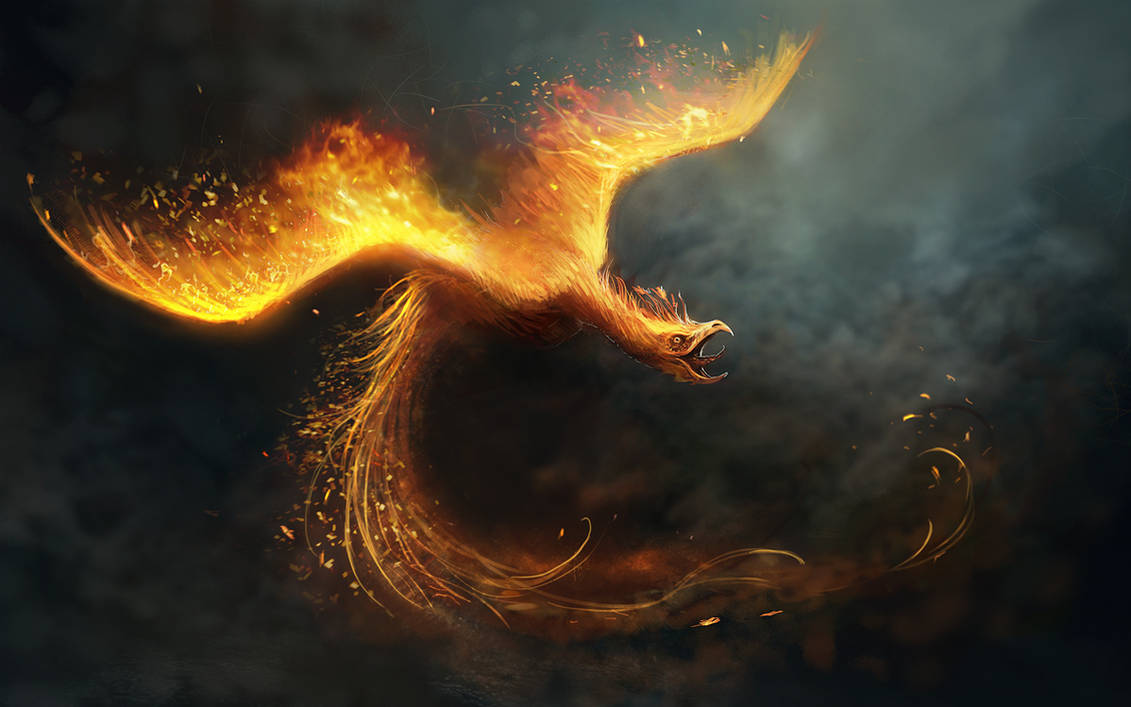
| Author Note: | If You Would Like To Join the Japanese Poetry Club, please check my author notes |
out of darkness
His love brings redemption
to my shattered soul —
as phoenix’ rises from ashes
singed by God’s Splendid Sun

| Author Notes |
What does phoenix represent in Bible? after ancient Rome and with the rise of Christianity, the symbolism of the phoenix is the immortal soul, and Christ's Resurrection.
"Direct your passion with reason, that your passion may live through its own daily resurrection, and like the phoenix rises above its own ashes." -- Khalil Gibran, Lebanese-American writer, poet and visual artist KAKEKOTOBA (PIVOT WORD): is a word in Japanese court poetry that has two meanings and thus create the possibility of multiple readings of the word and poem. It uses poetic devices (personification, alliteration, metaphor, imagery, juxtaposition, etc. The form is 31 SYLLABLES OR LESS IN FIVE LINES. The PIVOT poetic device is like hanging words building a bridge between two images. Better translated as: PUN is a word play, words with a double meaning, very much like the haiku and senryu KIGO.kake kotoba wikipedia kakekotoba examples *If you would like to join the Japanese Club, please click here and look for the Japanese club* RESERVE A SPOT /SUBMIT YOUR ENTRY Thank you very much for taking the time to read and review my poem. Gypsy "Hope rises like a phoenix from the ashes of shattered dreams." - S.A. Sachs. |
![]()
By Gypsy Blue Rose
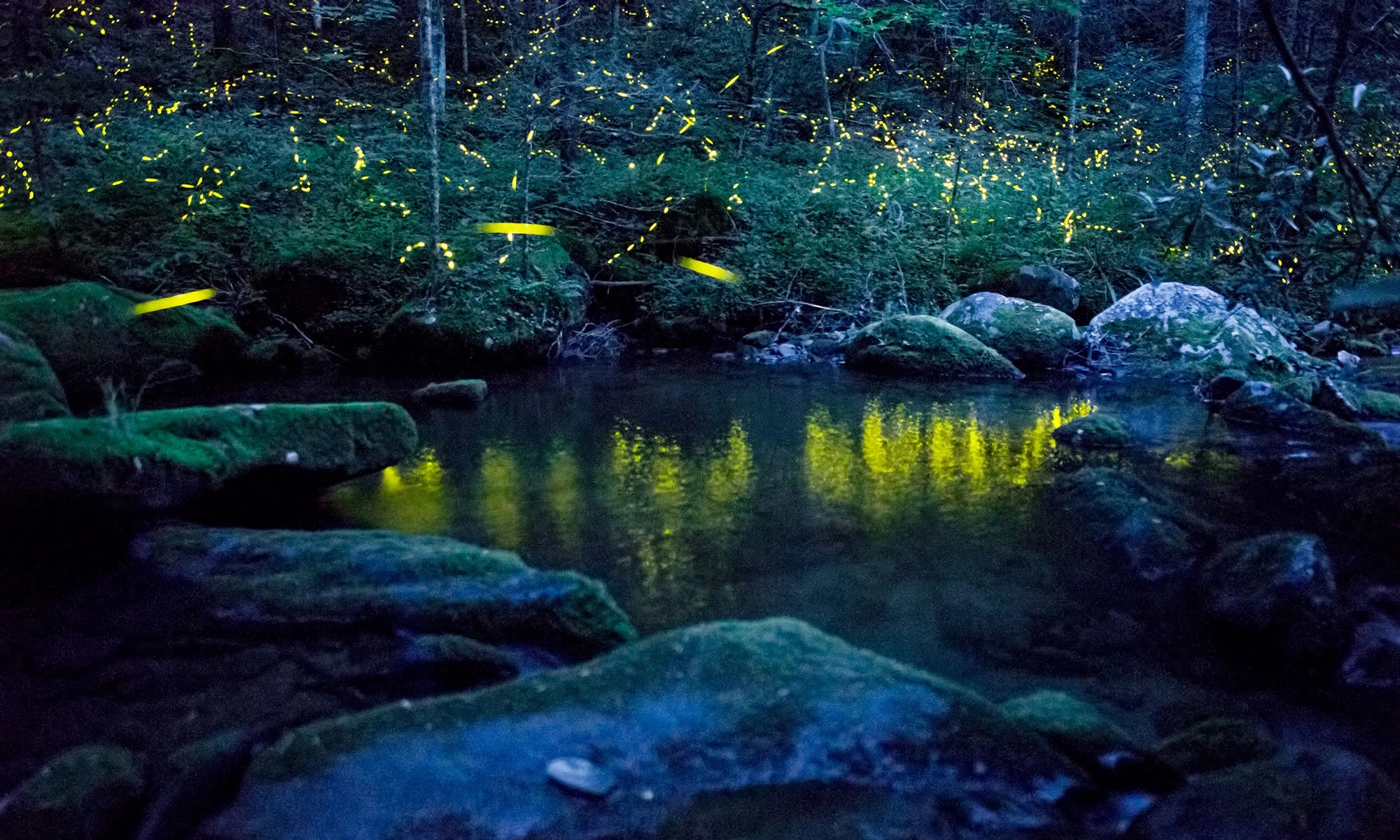
| Author Note: | For Rules, Please Read My Author Notes |
swarm’s feast
seems incomplete without fireflies —
light of the party

| Author Notes |
- Light of the party: someone who is very lively and amusing at a party
- A group of insects is called a swarm. MODERN HAIKU is the English adaptation of Classic Haiku. It's written in one to four lines with no strict syllable count, but as brief as possible. These poems use a pause usually marked by a dash before the satori (an insightful twist to ponder). Images don't need to be taken from nature. Seasonality is optional. Alliteration and metaphor are okay. Never rhymes. The em-dash ( -- ) is used to emphasize an interruption in speech before the satori. Haiku usually doesn't have a title but in fanstory we have to have one. The Haiku Foundation of America Thank you very much for taking the time to read and review my poem. Gypsy "Every sunset brings the promise of a new dawn." -Ralph Waldo Emerson |
![]()
By Gypsy Blue Rose


seasons go by fast
as dawn turns into dark dusk—
rest home's window view

| Author Notes |
5/7/5 poems have no rules, other than the syllables and line count.
Thank you for taking the time to read and review my poem. Gypsy "There is a crack in everything, that's how the light gets in." - Leonard Cohen |
![]()
By Gypsy Blue Rose

flirty autumn breeze
twirls around with scarlet leaves —
as veils fall

| Author Notes |
Thank you very much for taking the time to read and review my poem.
Gypsy "Not all of us can do great things. But we can do small things with great love." - Mother Teresa |
![]()
By Gypsy Blue Rose
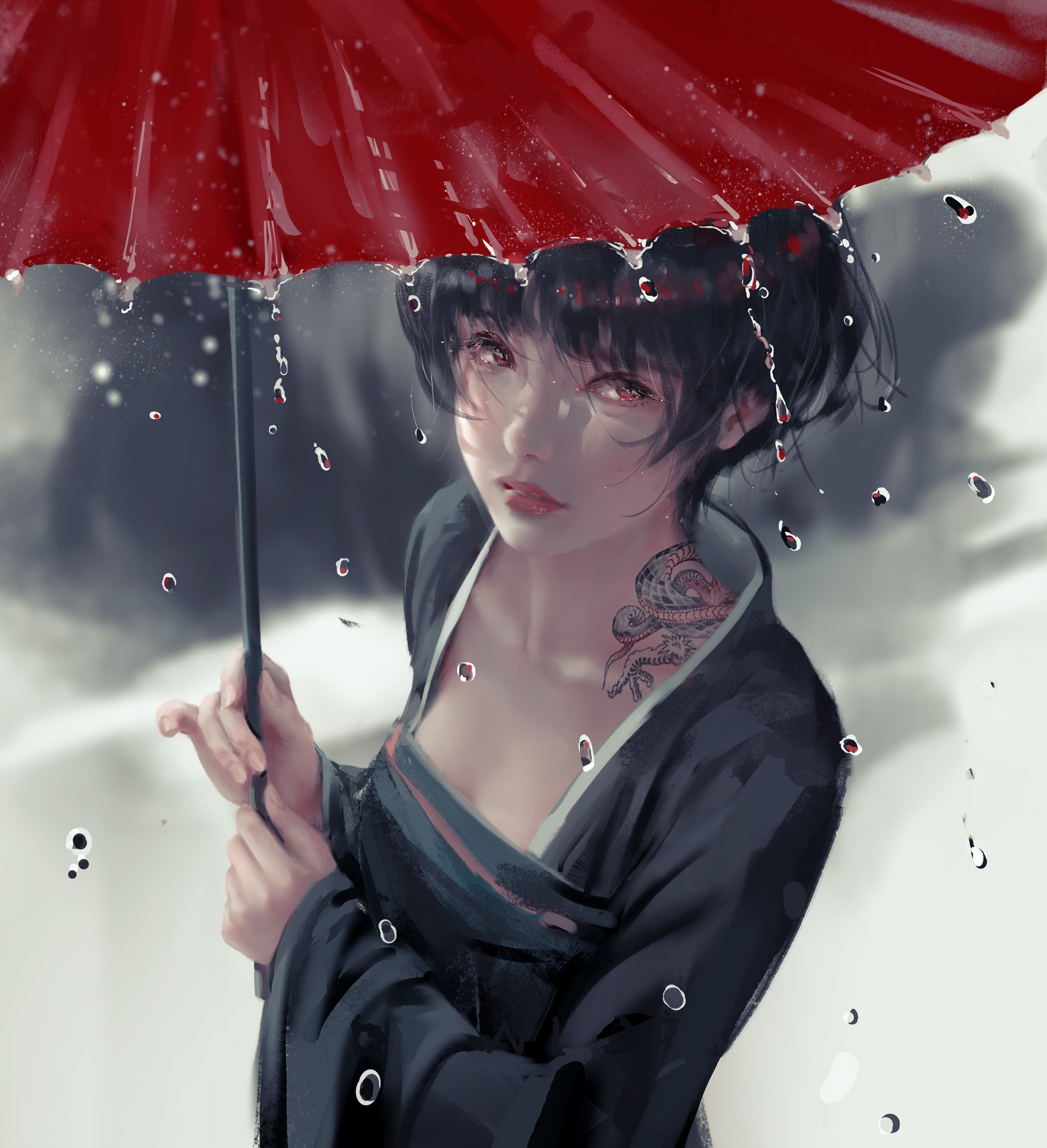
| Author Note: | If You Would Like To Join the Haiku Club, please check my author notes |

cool night drizzle
pitter-patter on umbrella
knee-deep in the blues

| Author Notes |
MODERN HAIKU is the English adaptation of Classic Haiku. It's written in one to four lines with no strict syllable count, but as brief as possible. These poems use a pause usually marked by a dash before the satori (an insightful twist to ponder). Images don't need to be taken from nature. Seasonality is optional. Alliteration and metaphor are okay. Never rhymes. The em-dash ( -- ) is used to emphasize an interruption in speech before the satori. Haiku usually doesn't have a title but in fanstory we have to have one. The Haiku Foundation of America
Thank you very much for taking the time to read and review my poem. Gypsy "Poetry heals the wounds inflicted by reason." - Novalis |
![]()
By Gypsy Blue Rose

| Author Note: | For Rules, Please Read My Author Notes |
harvest moon
dances across indigo lake —
acorns dive in head first

| Author Notes |
As acorns fall in the water, waves make the moon's reflection seem to move.
MODERN HAIKU is the English adaptation of Classic Haiku. It's written in one to four lines with no strict syllable count, but as brief as possible. These poems use a pause usually marked by a dash before the satori (an insightful twist to ponder). Images don't need to be taken from nature. Seasonality is optional. Alliteration and metaphor are okay. Never rhymes. The em-dash ( -- ) is used to emphasize an interruption in speech before the satori. Haiku usually doesn't have a title but in fanstory we have to have one. The Haiku Foundation of America Thank you very much for taking the time to read and review my poem. Gypsy "Poetry heals the wounds inflicted by reason." - Novalis |
![]()
By Gypsy Blue Rose

spring breeze -
I glide where my muse takes me
avoiding road blocks
| Author Notes |
Haiku is a Japanese poem
written in 3 lines in 17 syllables OR LESS Thank you for reading my poem. Gypsy |
![]()
By Gypsy Blue Rose
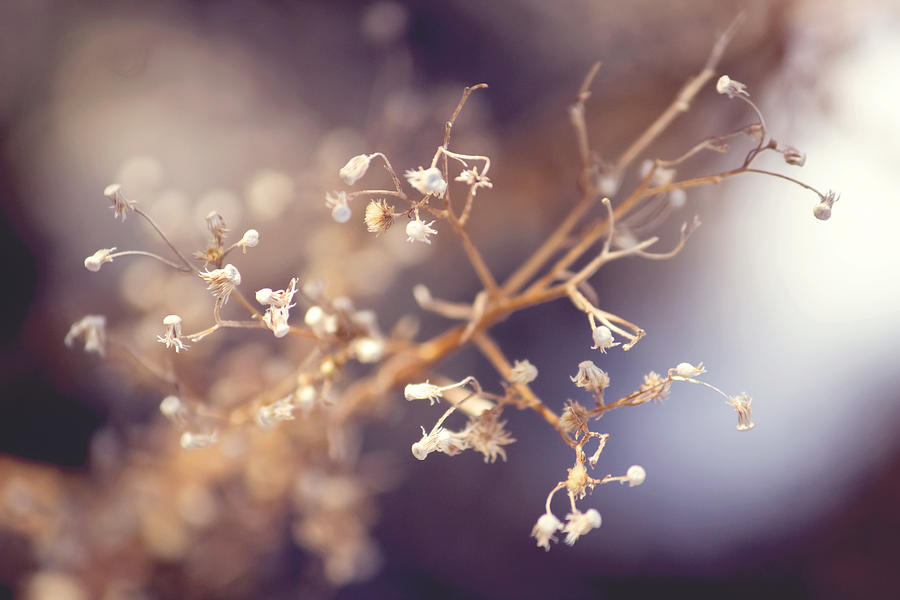
emptying graveside vase
mother cries a river —
last baby breath

| Author Notes |
Baby breath is a flower
MODERN SENRYU is the English adaptation of Classic Senryu. It's written in one to four lines with no strict syllable count, but as brief as possible. These poems use a pause usually marked by a dash before the satori (an insightful twist to ponder). Images don't need to be taken from nature. Seasonality is optional. Alliteration and metaphor are okay. Never rhymes. The em-dash ( -- ) is used to emphasize an interruption in speech before the satori. The Haiku Foundation of America Thank you very much for taking the time to read and review my poem. Gypsy "Hand over the chocolate and nobody will get hurt" |
![]()
By Gypsy Blue Rose

| Author Note: | for more information, Please Read My Author Notes |
in a wild wild world
loon looks for its asylum
in field full of nuts
| Author Notes |
A bit of humor (*<>*) but I know it is a serious issue. I know because I am bipolar.
If you, or someone you know, needs help, please call this number or go to the website to find more information. For mental health information call ==>> the National Alliance of Mental Health crisis line and website Call 1-800-950-6264. click here for more information ================== Suicide Prevention Lifeline call these three numbers 988 for more information click here 5/7/5 poem is written in three lines with a syllable count of 5/7/5, no other rules Having a bit of fun ,... hehehe ... Asylum is a group of Loons Asylum is a mental hospital Loon is a duck Loon is an insane person Nut is food Nut is an insane person |
![]()
By Gypsy Blue Rose
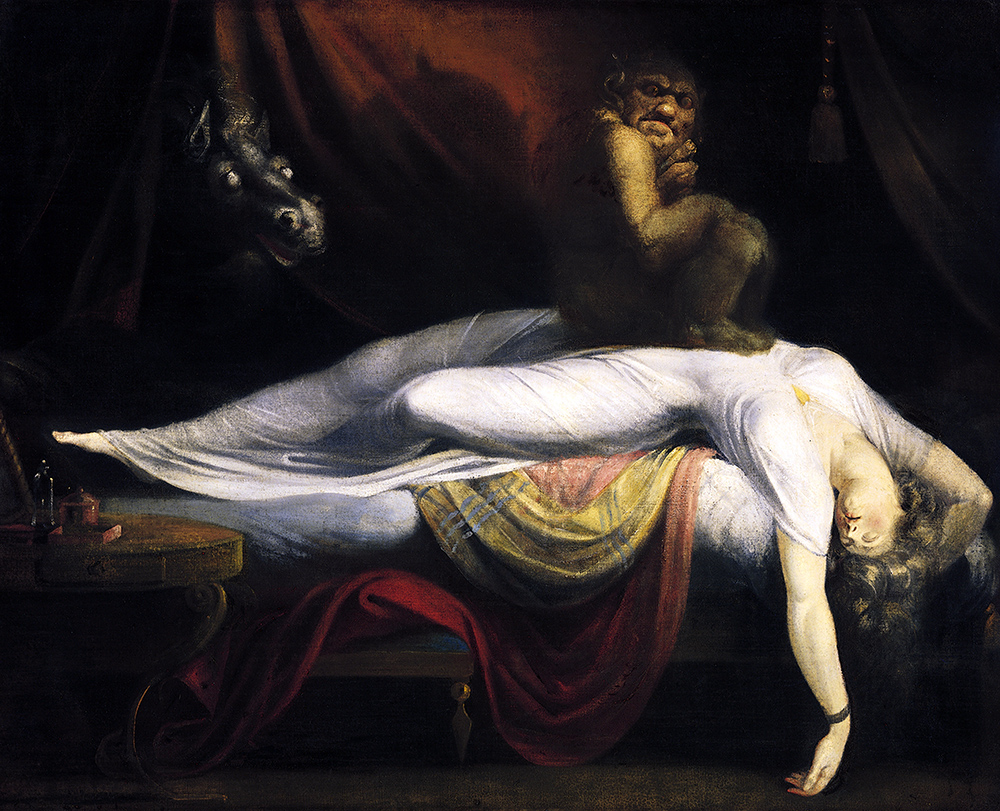
| Author Note: | Dedicated to Dean Kuch, may he rest in peace |

I woke up startled in the middle of the night because something or someone kept pulling my blanket at the end of the bed. I couldn’t see what it was and couldn’t move or scream for help. After, what seemed like an eternity, a tall demon got up and crawled into my bed. I couldn’t turn my head but I felt his weight on the mattress as he lay beside me. His nauseous breath stunk like nothing I ever smelled before. The worst thing about my nightmare was being mute and immobilized. The night terror lingered in my mind throughout the day. I couldn’t shake it off.
moonless night
veiled corpse flowers and witch hazel —
dread dreams devil

| Author Notes |
This is a real nightmare I had. A little horror getting ready for Halloween.
Painting = The Nightmare is a 1781 oil painting by Swiss artist Henry Fuseli. Corpse flower grows in Western Sumatra. It smells like a rotting corpse. Carrion beetles and flies love it. The flower can grow up to 10 feet tall and is the largest unbranched flower in the world. It blooms once every 40 years for 4 days. for more info about creepy flowers click here HAIBUN was written first by Matsuo Basho in the 17th century. It combines prose and haiku and usually, it's written in the present tense. THE HAIBUN PROSE FORM (the story) can be any subject matter and as short as possible in the first person. FIRST WRITE THE PROSE= in Haibun tells the story, gives information, and defines the theme. SECOND WRITE THE HAIKU moves the story forward and adds insight to the story. It's written in 17 syllables OR LESS and as succinct as possible. Usually three lines about nature (haiku) or human nature (senryu). The last line uses a juxtaposition of two concrete images in a way that prompts the reader to make an insightful connection between the two. It never rhymes. Lines are connected grammatically. for advanced students click here ; Haibun Today Editorial for further reading ; Thank you very much for reading my poem. Gypsy |
![]()
By Gypsy Blue Rose
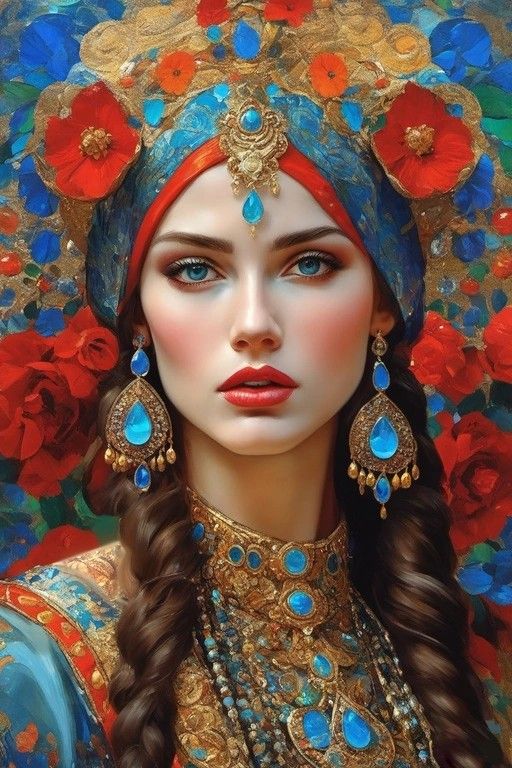
| Author Note: | If You Would Like To Join the Japanese Poetry Club, please check my author notes |
~*~
Don’t look for her here,
she’s gone like sweet summer breeze
nothing left of her
but faint sounds of bells
and scented touch of nightshade.
Gypsy caravan’s
dusty track marks left behind
for the curious yearning
mystical magical touch

| Author Notes |
"Gypsies are living poetry" - Karl Wiggins
KOJIKI is the oldest poetic form that dates back to 712. It's a compilation of poetic history and mythology passed on by mouth from generation to generation in the 8th century before written Japanese existed. The Kojiki is divided into three parts: upper 5/7/5 - middle 5/7/5 - lower 7/7/7 syllables count. it uses a kigo (seasonal reference) ; click here to see list of seasons ; wikipedia Black nightshade is a poisonous plant wikipedia ; poison plant source Gypsy "Poetry heals the wounds inflicted by reason." - Novalis *If you would like to join the Haiku Club, please click here and look for the haiku club* RESERVE A SPOT /SUBMIT YOUR ENTRY |
![]()
By Gypsy Blue Rose

| Author Note: | If You Would Like To Join the Haiku Club, please check my author notes |
rapid river rushes
through highs and lows
chipping away sharp edges
smooth or cutting stones
tumbling turbulent waters
shattered to pieces
till the end
where promises of release are –
waterfall

| Author Notes |
MODERN HAIKU is the English adaptation of Classic Haiku. It's written in one to four lines with no strict syllable count but is as brief as possible. These poems use a pause usually marked by a dash before the satori (an insightful twist to ponder). Images don't need to be taken from nature. Seasonality is optional. Alliteration and metaphor are okay. Never rhymes. The em-dash ( -- ) is used to emphasize an interruption in speech before the satori. Haiku usually doesn't have a title but in fanstory, we have to have one. The Haiku Foundation of America
Thank you very much for taking the time to read and review my poem. Gypsy "Poetry heals the wounds inflicted by reason." - Novalis |
![]()
By Gypsy Blue Rose

Dark silent house day after day and no hope for a better life. I forced myself to go out for a walk among the living once a day. It was the only good thing I did for myself. I dreaded nighttime. I felt like a lioness trapped in a zoo cage. I lay on my bed, looking at the ceiling for hours. No sleep came. Panic sets in and propelled me out of my bed to walk back and forth in darkness. I asked God for peaceful sleep but it didn’t come. Asking my doctor for help didn’t work either. She treated me like an addict looking for a fix. This went on for a year until I finally ended up in the hospital where a different psychiatrist prescribed me the right medication to help me sleep at night and balance my moods. It was a God-sent answer to my prayer. Sleep is something most people take for granted and makes such a big difference in one’s life.
sleepy moon
peeks in through my window —
constant companion
| Author Notes |
Sleepy Moon = is one of the Chinese Moon Names. click here if you want to see list of moon names
I have had insomnia most of my life. It's a symptom of my bipolar disorder. Luckily, now I have a good doctor that prescribes and adjust my medication as needed without making me feel bad about it. I also have horrible panic attacks once in a while. They come unexpectedly without rhyme or reason. During my panic attacks, I feel like I can't breathe and I am going to pass out. It's a horrible feeling. The darkness I mention represents chronic depression. It's not the blues, it's a debilitating disease that makes you feel hopeless. Even simple daily tasks like eating or taking a bath seem like huge tasks. If you suffer from depression, seek help. Your life is precious and life gets better. The suicide prevention lifeline is 988, it's supposed to be three numbers "988"click here for more information HAIBUN was written first by Matsuo Basho in the 17th century. It combines prose and haiku. It can be written in the present or past tense. THE HAIBUN PROSE FORM (the story) can be any subject matter and as short as possible in the first person. FIRST WRITE THE PROSE= in Haibun tells the story, gives information, and defines the theme. SECOND WRITE THE HAIKU moves the story forward and adds insight to the story. It's written in 17 syllables OR LESS and as succinct as possible. Usually three lines about nature (haiku) or human nature (senryu). The last line uses a juxtaposition of two concrete images in a way that prompts the reader to make an insightful connection between the two. It never rhymes. Lines are connected grammatically. for advanced students click here ; Haibun Today Editorial for further reading ; wikipedia for further reading Thank you for reading and reviewing my poem. Gypsy |
![]()
By Gypsy Blue Rose
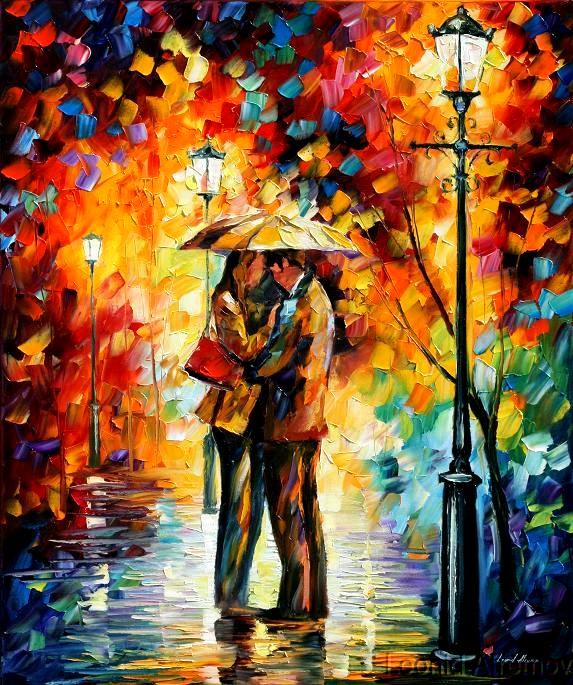
~ * ~
Raindrops pitter-pattered
on our umbrella
and where you held me tight
I burned with desire.
~ * ~
We walked on the moon and stars
through the wet elm promenade;
I tucked the memory deep inside
the treasure trove of my mind.
~ * ~
At home, outside our window
rain drizzled through the night
and outside the cool breeze billowed
as our passion’s waves surged and swelled.
~ * ~

| Author Notes |
FREE VERSE is an open form of poetry, which in its modern form arose through the French vers libre form. It does not use consistent meter patterns, rhyme, or any musical pattern. It thus tends to follow the rhythm of natural speech.
Thank you very much for taking the time to read and review my poem. Gypsy "The poet waits to paint the unsaid." -Atticus Top oil painting on canvas by Leonid Afremov, deviantart.com Bottom painting by Ellysiumn, deviantart.com |
![]()
By Gypsy Blue Rose
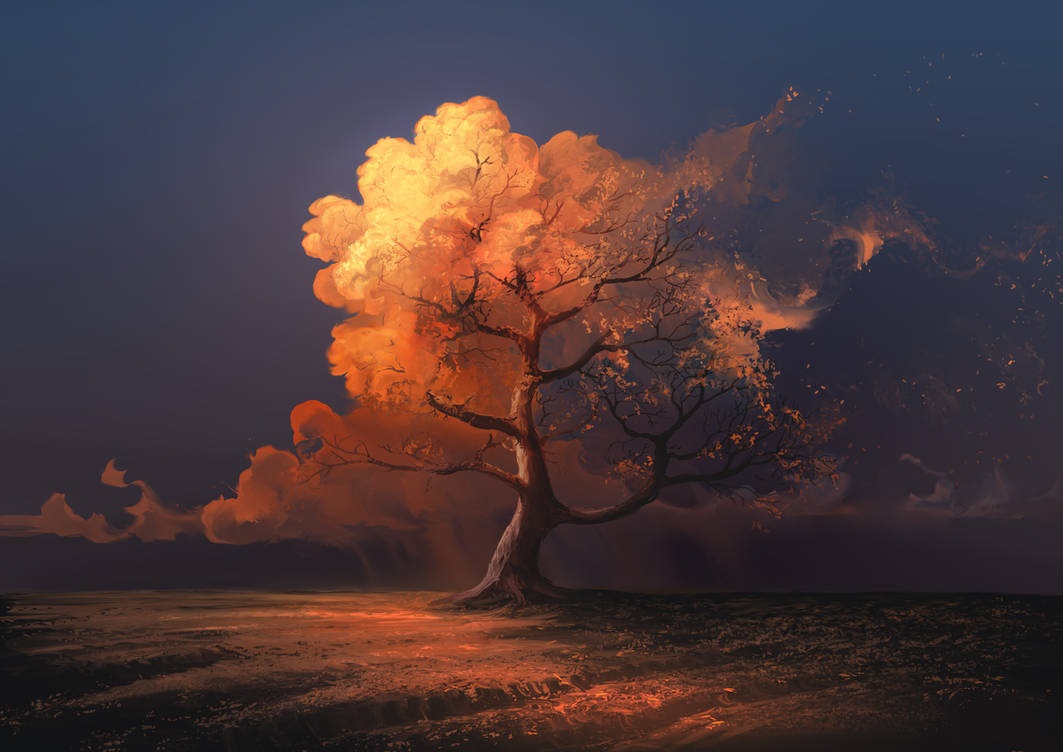
old tree
aflame at dusk —
boughs bow

| Author Notes |
a 2/4/2 poem has two syllables on the first line, four syllables on the second line, and two syllables on the third line.
Thank you for taking the time to read and review my poem. Gypsy "Every sunset brings the promise of a new dawn." - Ralph Waldo Emerson painting from deviantart.com and second picture from google public domain |
![]()
By Gypsy Blue Rose

Gypsy dances with elated abandon
to the rhythm of a soulful guitar
as the billowing wind whooshes
through the disrobed trees at camp.
Her wrists’ tinkling trinkets chime
and silver anklet bells ring and clang
they herald she is coming
with her flowy skirt
pirouetting around.
Gypsy’s blue eyes
are windows to her soul
sometimes full
other times longing for love.
At the end of day,
she lies down to rest
and quietly listens to the night.
Autumn breeze twirls
and crisp fallen leaves rustle
where forest creatures forage around.
Slowly twilight falls
tiptoeing in silence
under the full harvest moon.

| Author Notes |
Thank you for reading my poem,
Gypsy |
![]()
By Gypsy Blue Rose

| Author Note: | If You Would Like To Join the Japanese Poetry Club, please check my author notes |
The new patient sits next to me at the edge of my bed. He is staring at me in a creepy and disturbing way. His wrists are bandaged.
The orderly passes by our always-opened door and calls for breakfast and the first round of meds. I wonder what type of tasteless food will be served today but I appreciate the routine.
After breakfast, we have a ‘check-in group’, Everybody has to score their mood on a one to ten scale. I hate it because I am comfortably numb … what number would that be?
The new medicine makes me sleepy and all I want to do is go to my room. Management insists all mentally ill participate in activities. I pass out on my bed skipping lunch and dinner. Fuck the rules.
When I wake up it's - visiting hours - one of the many things I dread about this place. I am jealous of the insane with family and friends.
I wish I were dead.
sun hides behind
heavy dark clouds —
quicksand mind
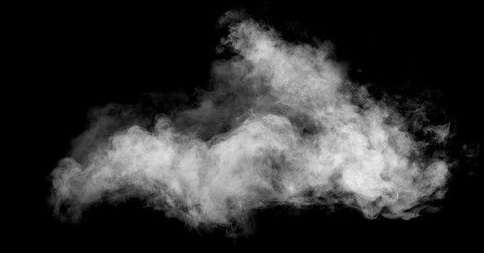
| Author Notes |
If you need help, reach out for help and hang on, it gets better. For help call 988 Suicide and Crisis Lifeline. click here for more mental health information
Title and Picture from the movie 'One Flew Over the Cuckoo's Nest' but the poem is not about the movie. the line, "Comfortably Numb" is a song by -Pink Floyd HAIBUN combines prose and haiku; it's written in the present or in the past tense. The subject matter can vary widely, but usually describes an unfolding scene, a slice of life, a special moment, or a journal... Keep it as brief as possible and do not repeat words, except the, an, or, etc ... Point of View Written in the first person (everything seen through the author's eyes) Length Varies from very brief prose with one haiku to long prose with interspersed haiku. PROSE in Haibun TELLS the story, GIVES information, DEFINES the theme, CREATES a mood through tone, and PROVIDES a background to spotlight the haiku HAIKU in Haibun MOVES the story forward, ADDS insight into the prose, RESOLVES the conflict in an unpredictable way, or QUESTIONS the resolution of the prose. click here for more information *** Haibun Today Editorial for further reading *** Haibun Guidelines Thank you for taking the time to read and review my poem, Gypsy "Hope rises like a phoenix from the ashes of shattered dreams." -- A. Sachs *If you would like to join the Haiku Club, please click here and look for the haiku club* RESERVE A SPOT /SUBMIT YOUR ENTRY |
![]()
By Gypsy Blue Rose
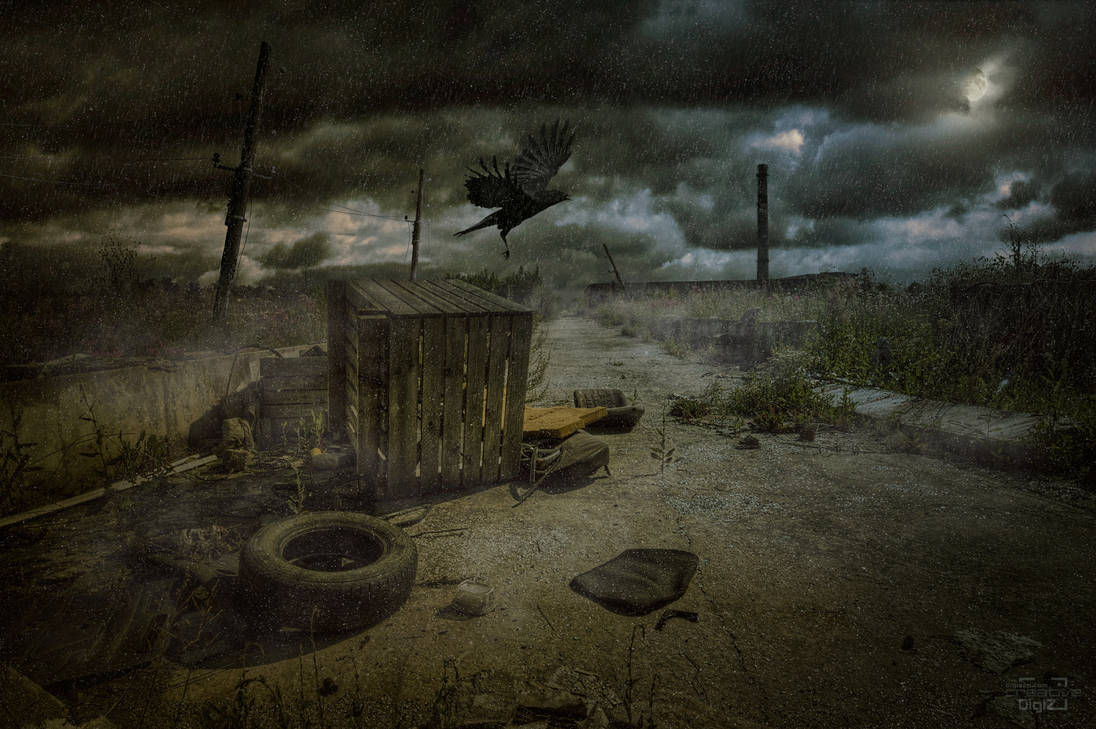
| Author Note: | Dedicated to Dean Kuch, may he rest in peace |
Nightmare lingers
and there’s no way home.
I follow the raven
to the netherworld
where Hades awaits
to claim my soul.
My punishment
is eternal darkness
away from divine love.

| Author Notes |
Many of you probably remember, Dean Kuch, an excellent poet, and storyteller. We became close friends and shared many interests, among them HORROR. We wrote a Horror Haiku book together and several Fanstory horror books. Whenever I write a horror story or poem, I think of him. May he rest in peace.
Greek fictional character, Hades, is the god of the underworld (hell) RAVENS have many REFERENCES in lore and literature. Because of its black plumage, croaking call, and diet of carrion, the raven is often associated with LOSS AND ILL OMEN D As a talking bird, the raven also represents PROPHECY and INSIGHT. Ravens in stories often act as GUIDE OF SOULS, that CONNECTS the material WORLD with the world of SPIRITS. It�¢??s considered a MEDIATOR bird between LIFE and DEATH. As a carrion bird, ravens became associated with the DEAD and with LOST SOULS. wikipedia SIJO poem is a traditional Korean poetic form related to haiku and tanka. Traditionally, a Sijo is comprised of 44-46 syllables OR LESS. Originally intended as songs, sijo can be romantic, metaphysical, reflection, or spiritual themes. Whatever the subject, the first line introduces an idea or story, the second supply a "turn," and the third provides closure. The pattern is not strict but it has to be 46 syllables o less. Theme 3,4,4,4 = 1st stanza/Elaboration 3,4,4,4 = 2nd stanza/Counter Theme 3,5. 3rd stanza/Completion 4,3 = 4th stanza Sijo Form Definition Thank you very much for taking the time to read and review my poem. Gypsy "The poet waits quietly to paint the unsaid." Atticus |
![]()
By Gypsy Blue Rose
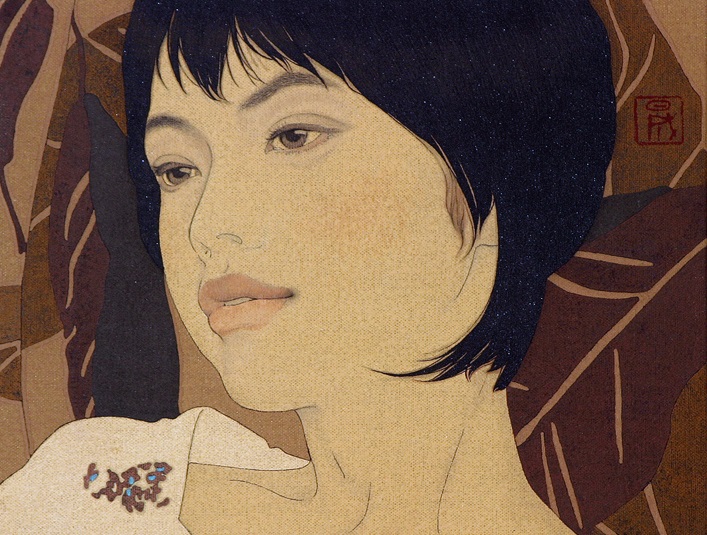
| Author Note: | If You Would Like To Join the Japanese Poetry Club, please check my author notes |
summer breeze kisses
your sunshine-tanned rugged skin
covered in peach fuzz
lying on lavender fields
midst intoxicating scent

watching your breasts move
up and down as your sweet breath
flutters in and out
I would die for you tonight
for last sunset in your eyes

| Author Notes |
Art work by Ikenaga Yasunari
The Somonka, is a Japanese verse of 2 TANKA unrhymed poems (5/7/5/7/7 - 5/7/5/7/7) exchanged between all types of love: lovers, parents, children, etc ... in a statement and response: example = wife writes tanka for husband, husband responds with his own tanka for her. UnrhymedThe earliest Somonkas can be found as far back as the 1st century AD. click here, if you like, for more information ; . click here if you want to read more Thank you very much for taking the time to read and review my poem. Gypsy |
![]()
By Gypsy Blue Rose
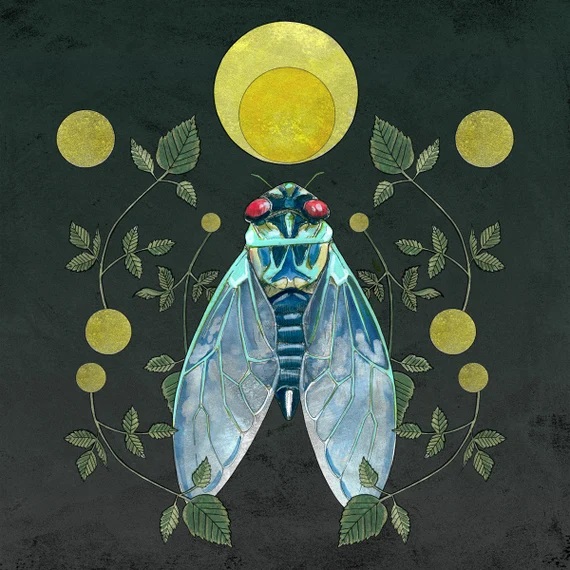
| Author Note: | If You Would Like To Join the Japanese Poetry Club, please check my author notes |
where cicadas sing,
the wind stands still in reverence
of the demure moon
as passing clouds cover her
with magical dust
full of illusion and dreams

| Author Notes |
Reverence [ rev-er-uhns or rev-ruhns ] deep respect, awe, veneration
Demure (de-mur-er). characterized by shyness and modesty Illusion (ih-loo-zhuhn) something that deceives by producing a false or misleading impression of reality. JIYU-SHI (means free verse) is Japanese freestyle poetry introduced to American poetry between 1912 to 1926. The only rule is to write in 5/7 stanzas, you can write as many stanzas as you like. I recommend keeping complete thoughts in each line and connecting the lines grammatically for excellent flow. click here to read more Thank you very much for taking the time to read and review my poem. Gypsy hugs :) |
![]()
By Gypsy Blue Rose
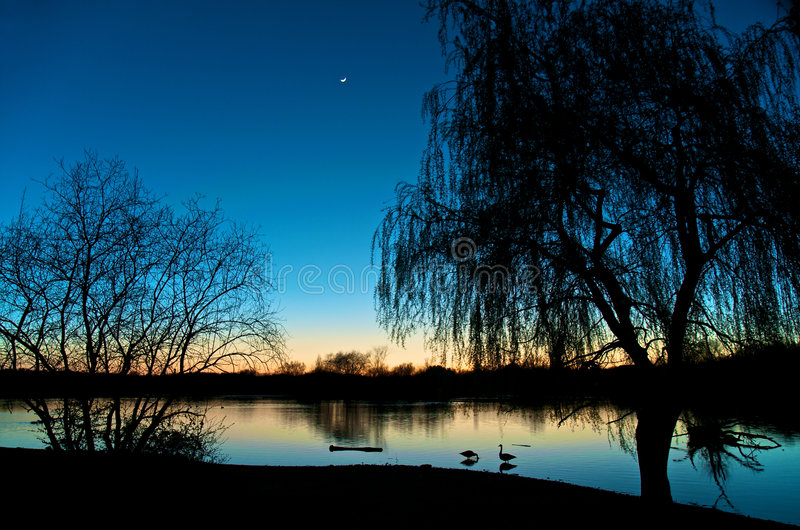
at end of day —
indigo lake cools off
and soaks up twilight
| Author Notes |
HAIKU is an unrhymed Japanese poem that uses imagistic language to convey the essence of a human experience in nature. It uses a juxtaposition of two concrete images in a way that prompts the reader to make an insightful connection between the two. It alludes to a season of the year with direct words (summer, winter, autumn, spring) or not direct words (northern wind, warm breeze, harvest, Christmas, New Year, cherry blossoms, etc) The best haiku avoid the poet's ego and views. FORM Japanese haiku is written in 17 syllables and three lines ( 5/7/5) in English is 17 syllables OR LESS in any combination (3/5/3 - 2/7/6 - 5/6/5 - etc). AVOID punctuation, alliteration, metaphor, personification, and capital letters (proper names are okay). Haiku and other Japanese poetry don't need titles but in fanstory we have to have one. It can be anything that relates to the haiku. To pause before the satori you can use a dash, sometimes a comma is okay, but we keep punctuation to a minimum ..
HAIKU SOURCES -- CLICK HERE TO READ Haiku Ten Tips -- CLICK HERE TO READ Haiku Society of America Haiku Examples -- CLICK HERE TO READHaiku Society of America Haiku Rules -- CLICK HERE TO READ Matsuo Basho Haiku Collection -- Ci9LICK HERE TO READ Matsuo Basho History -- CLICK HERE TO READ why haiku can be less than 17 syllables -- CLICK HERE TO READ SEASON WORDS (Kigo) List Thank you very much for taking the time to read and review my poem. Gypsy |
![]()
By Gypsy Blue Rose

Starry indigo sky
frames my loneliness tonight
‘cause our song came on
and even though you’re long gone
old pain came on up
Music opened my heart
like the wind
as it whirls a gusty song
to the beat of my soul
that turns turbulent
and how could I love
your deceptive blue eyes
and tempting lying lips
Tonight,
the same moon
shines over us
but you are forever gone
… till our next song
| Author Notes |
Fictional Free Verse was inspired by Pablo Neruda's poems (a Chilean poet-diplomat and politician who won the Nobel Prize for Literature in 1971. Neruda became known as a poet when he was 13 years old and wrote in a variety of styles, including passionate love poems.)
FREE VERSE is an open modern poetry form that arose through the French vers libre form. It does not use consistent meter patterns, rhyme, or any musical pattern. It thus tends to follow the rhythm of natural speech. Thank you very much for taking the time to read and review my poem. Gypsy |
![]()
By Gypsy Blue Rose

splendid peony
seems flirtatious and fickle —
bees drunk with nectar
| Author Notes |
5/7/5 poem written in 3 lines with a 5/7/5 syllables pattern. The lines are connected grammatically and it doesn't rhyme. It's similar to haiku but has fewer rules.
Thank you very much for taking the time to read and review my poem. Gypsy |
![]()
By Gypsy Blue Rose

— And When I Die —
Don’t look for me in a grave
I will not be there
You will see me
in blue moonlight rays
and the bright sun
Don’t cry for me when I'm gone
I’ll be in the summer breeze
caressing your face
Look for me in dewdrops
over a blue rose's petals
and listen to my voice
in children's laughter
You will see me
in my darling children
and grandchildren's eyes
Don’t cry for me when I’m gone
I will remain close by
and the love I feel for you
will fill your heart
My ashes will ride high tide
and some will blow in the wind
the breeze will touch your face
Don’t cry for me when I am gone
I will never be afar
| Author Notes |
FREE VERSE is an open form of poetry, which in its modern form arose through the French vers libre form. It does not use consistent meter patterns, rhyme, or any musical pattern. It thus tends to follow the rhythm of natural speech.
Thank you very much for reading my poem. Gypsy |
![]()
By Gypsy Blue Rose
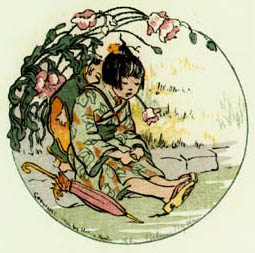
rain kisses drip down
cheerful cherub's chubby cheeks —
heaven’s lullaby
| Author Notes |
5/7/5 poem written in 3 lines with a 5/7/5 syllables pattern. The lines are connected grammatically and it doesn't rhyme. It's similar to haiku but has fewer rules.
Painting Helen Hyde, 1914 Thank you very much for taking the time to read and review my poem. Gypsy |
![]()
By Gypsy Blue Rose

peach
dusk rides the north wind
on wings of sparrows –
moonflowers unfold and wave goodbye
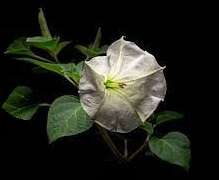
| Author Notes |
Moonflowers open their petals at night.
The contest rules are 4 lines with 1/5/5/9 syllables count. This poem is Ekphrastic, which means that the poem was inspired by the picture. Thank you very much for taking the time to read and review my poem. Gypsy |
![]()
By Gypsy Blue Rose

| Author Note: | If You Would Like To Join the Japanese Poetry Club, please check my author notes |
mankind reached their goal
to step on the distant moon
in the starry sky
over earth where boys and girls
wish to become astronauts

| Author Notes |
"That's one small step for man, one giant leap for mankind." -- Neil Armstrong, the first astronaut on the moon.
EKPHRASTIC inspired by a picture or painting KAIKAI is a Japanese comic poetry form, a linked form that developed into a more serious form in the 17th century under the influence of MATSUO BASHO. Eventually, it became HAIKU. The form is 5/7/5/7/7 stanza that can be repeated if you like. click here for more information -- haikai rules and examples *If you would like to join the Japanese Club, please click here and look for the Japanese club* RESERVE A SPOT /SUBMIT YOUR ENTRY Thank you for reading and reviewing my poem, Gypsy |
![]()
By Gypsy Blue Rose

Fanstorian Tom Horonzy, asked me why do I like writing Japanese Poetry so much.
I am a painter and I enjoy all kinds of visual art. I like everything about Haiku, the writing, the satori’s zen enlightenment, the beautiful simplicity, and the artistic presentation.
Haiku goes back to the 17th century but other Japanese poetic forms go back as far as the 8th century. After all that time, haiku is still relatable today. Master Matsuo was the first haiku poet in the 17th century. He is regarded as the best haiku master in history.
Poets in the West began a new poetic form called imagism that is similar to haiku. Imagism is a type of poetry that describes images with simple language and great focus. It came out of the Modernist poetic movement in the early 1900s.
When I found haiku in 2015, I felt like I arrived home. I love everything about it and since then I have written haiku daily, at least 2 haiku a day. I read a lot and I have found my own style. I found a niche in fanstory and I've learned a lot from the reviews I receive daily.
Many poets in fanstory were not aware of the haiku possibilities. Most poets adhere to the narrow-minded 5/7/5 form. I love to teach this ancient art. I taught fanstory haiku classes for a while but now I don’t have the time. However, I have two clubs: haiku club and Japanese poetry club. I teach one-on-one for free.
Besides the visual aspect of haiku, there is a philosophical component – Zen enlightenment – called satori. Zen Buddhism has shaped Japanese haiku for centuries. Many haiku poets were Zen Buddhists, like haiku masters Basho and Issa. Haiku is based on Buddhist ideas of emptiness and change. The emphasis on seasons in haiku means a sense of change in the natural world, parallel with the human world.
A well written classic haiku has many rules but, in my opinion, these are the basics:
– It must be brief (17 syllables OR LESS)
– It must have an insightful satori line, usually the last line but it can be the first one too.
– It must create a mental picture with words
– The poet is an observer, avoid using yourself as the subject of the phrase (I see, I walk, I eat …)
– It must be about something concrete that you can see, smell, hear
– Connect the first two lines grammatically for a better flow and add a dash at the end of the second line, to pause before reading the satori.
– It never rhymes
-- It's about the seasons and nature
Don't be afraid to try. Write as many haiku as you can-- practice is the key. Not all your haiku will be good and that is okay. Once in a while, you will surprise yourself with a great one.
There are other rules and variations but these are the basics. Don’t confuse classic haiku with modern haiku or 5/7/5 poem. The latter two have fewer rules.
If you have any questions, please don’t hesitate to ask me.
| Author Notes |
Fanstorian, Tom Horonzy, challenge me to write why I love writing haiku.
SOURCES: Zen Haiku, the haiku foundation HAIKU SOURCES CLICK HERE TO READ Haiku Ten Tips CLICK HERE TO READ Haiku Society of America Haiku Examples CLICK HERE TO READHaiku Society of America Haiku Rules CLICK HERE TO READ Matsuo Basho Haiku Collection CLICK HERE TO READ Matsuo Basho History CLICK HERE TO READ why haiku can be less than 17 syllables CLICK HERE TO READ SEASON WORDS (Kigo) List Thank you very much for your review and your valuable time, Gypsy |
![]()
By Gypsy Blue Rose
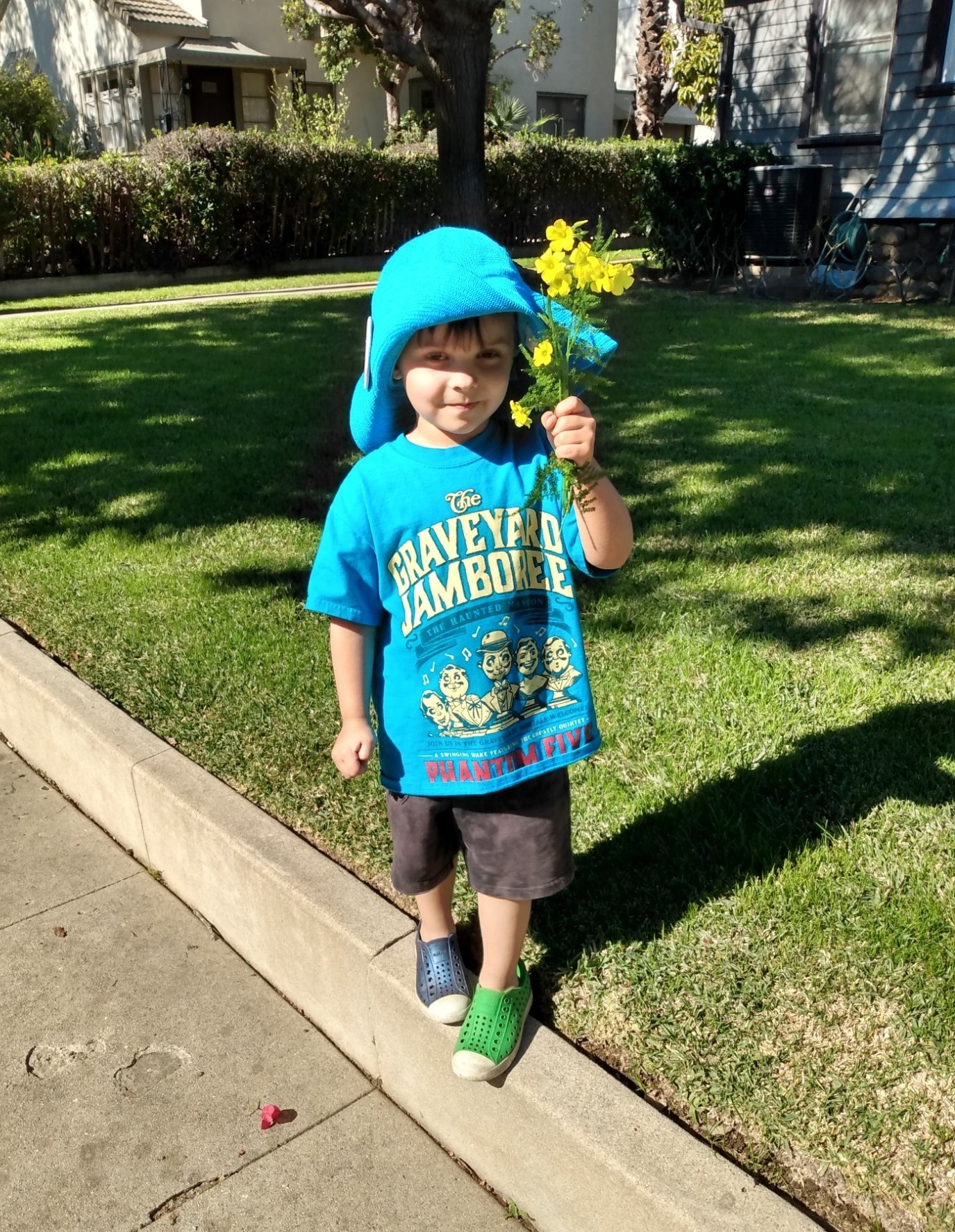
Atticus asked why
is the sun following us?
— To shine on!
| Author Notes |
"Remember when you were young, you shone like the sun. Shine on you crazy diamond ..." Pink Floyd
Picture: Atticus is my grandson, a very inquisitive boy. LoL LUNE is a short poem with three lines, similar to haiku in that it uses imagery and succinct composition. Lune poetry originated when American poets noticed that writing a haiku in The Lotus Flower grows deep in the muddy waters, far away from the sun. In time the Lotus reaches the light and transforms into a beautiful flower. It is regarded in many different cultures as a symbol of purity, enlightenment, self-regeneration and rebirth. English isn�¢??t the same as writing one in Japanese. Japanese words tend to have more syllables than English words and thus it forced English-language haiku to be too wordy and forced to fit the 5/7/5 syllables mold. American poet, Robert Kelly, created the lune in the 1960s. THE KELLY LUNE consists of 3/5/3 SYLLABLES. It was named after its shape, which resembles a crescent moon. Later, poet JACK COLLOM came up with the word-count-variant 3/5/3 WORDS. Thank you very much for your review and your valuable time, Gypsy |
![]()
By Gypsy Blue Rose

silent snowman
melts in warm winter day —
crow eats carrot
| Author Notes |
MODERN HAIKU is the English adaptation of Classic Haiku. It's written in one to four lines with no strict syllable count, but brief and often with a long/short or short/long asymmetry. These poems use a pause usually marked by a dash before the satori (an insightful twist to ponder). Images don't need to be taken from nature, though they often are. Seasonality is optional, though often featured. Alliteration and metaphor are okay. Never rhymes. the em-dash ( -- ) is used to emphasize an interruption in speech before the satori. Haiku usually doesnâ??t have a title but in fanstory we have to have one. The Haiku Foundation of America
Thank you very much for taking the time to read and review my poem. Gypsy |
![]()
By Gypsy Blue Rose

flower moon nestles
in the gentle arms of dusk
midst sentinel trees
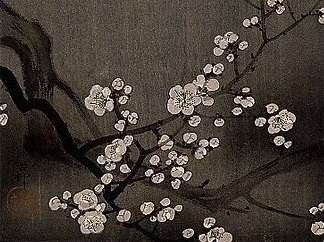
| Author Notes |
5/7/5 poem written in 3 lines with a 5/7/5 syllables pattern. The lines are connected grammatically and it doesn't rhyme. It's similar to haiku but has fewer rules.
Thank you very much for taking the time to read and review my poem. Gypsy |
![]()
By Gypsy Blue Rose

Great Smokey Mountains
settle where the sun rises
on the wings of dawn
| Author Notes |
Inspired by Helen's poem--Beginnings by lyenochka
Rise on the wings of dawn psalm 139:9 5/7/5 poem written in 3 lines with a 5/7/5 syllables pattern. The lines are connected grammatically and it doesn't rhyme. It's similar to haiku but has fewer rules. Thank you very much for taking the time to read and review my poem. Gypsy Picture: Gatlinburg TN, pinterest.com |
![]()
By Gypsy Blue Rose

| Author Note: | In Honor of Thich Nhat Hanh |
Darling, life has no end and no beginning – only “now” exists.
Rain fills the river that runs to the sea where clouds turn to rain –
Every moment of the day; we die, and we are reborn again.

| Author Notes |
Lotus is a beautiful flower that grows out of muck into the light. It's often used as a metaphor.
Buddha Mantras -Darling I'm here for you. -Darling I know you're there and I am so happy -Darling I know you suffer that's why I'm here for you -Darling I suffer. I'm trying my best to practice please help me Thich Nhat Hanh born on October 11, 1926, was a Vietnamese Thien Buddist monk, peace activist, prolific author, poet, teacher, and founder of the Plum Village Monastery. He is the father of mindfulness. In the mid-1960s, Nhat Hanh was exiled from Vietnam in 1966 after expressing opposition to the war. In 1967, Martin Luther King Jr. nominated him for a Nobel Peace Prize. After a 39-year exile, he was permitted to visit Vietnam in 2005. In November 2018, he returned to Vietnam to his root temple where he lived until his death on January 22, 2022, at the age of 95. you may click here for more info SIJO poem is a traditional Korean poetic form related to haiku and tanka. Traditionally, a Sijo is comprised of three lines of 14-16 syllables each (I modified it to any number of lines in three stanzas for visual effect) for a total of 44-46 syllables. Originally intended as songs, sijo can be romantic, metaphysical, reflection, or spiritual themes. Whatever the subject, the first line introduces an idea or story, the second supply a "turn," and the third provides closure. The syllable count is 46 syllables or less, often in this pattern but not strictly. Theme 3,4,4,4 = 1st stanza/Elaboration 3,4,4,4 = 2nd stanza/Counter Theme 3,5. 3rd stanza/Completion 4,3 = 4th stanza Sijo Form Definition Classic Sijo Form: 3 lines of 14 to 16 syllables each line with 44 to 46 syllables total Modified Sijo form in 3 stanzas of 14 to 16 syllables each Theme 3,4,4,4 (14 to 16 syllables) Elaboration 3,4,4,4 (14 to 16 syllables) Counter Theme 3,5. Completion 4,3 (14 to 16 syllables) Thank you very much for taking the time to read and review my poem. Gypsy |
![]()
By Gypsy Blue Rose
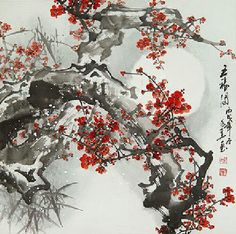
east wind melts ice
off plum tree branches —
bared blossoms blush

| Author Notes |
Kigo (season): Early Spring = plum blossoms
MODERN HAIKU is the English adaptation of Classic Haiku. It's written in one to four lines with no strict syllable count, but brief and often with a long/short or short/long asymmetry. These poems use a pause usually marked by a dash before the satori (an insightful twist to ponder). Images don't need to be taken from nature, though they often are. Seasonality is optional, though often featured. Alliteration and metaphor are okay. Never rhymes. the em-dash ( -- ) is used to emphasize an interruption in speech before the satori. Haiku usually doesn�?�¢??t have a title but in fanstory we have to have one. The Haiku Foundation of America Thank you very much for taking the time to read and review my poem. Gypsy |
![]()
By Gypsy Blue Rose

graceful gazelles glance
at celestial cirrus clouds —
surreptitiously
| Author Notes |
Surreptitiously = in a way that attempts to avoid notice or attention; secretively.
Cirrus = is a cloud characterized by thin, wispy strands Celestial= pertaining to the sky 5/7/5 poem written in 3 lines with a 5/7/5 syllables pattern. The lines are connected grammatically and it doesn't rhyme. It's similar to haiku but has fewer rules. Thank you very much for taking the time to read and review my poem. Gypsy |
![]()
By Gypsy Blue Rose

poppies stretch at dusk
towards the last light of day
in scarlet bedgowns

| Author Notes |
Red poppies are one of my favorite flowers. I picked them when I was little and pretended they were ballet dancers by pulling down the petals. The young poppies had different colors before they turned red in full bloom. They remind me of my country of origen, Spain.
5/7/5 poem written in 3 lines with a 5/7/5 syllables pattern. The lines are connected grammatically and it doesn't rhyme. It's similar to haiku but has fewer rules. Thank you very much for taking the time to read and review my poem. Gypsy picture from pinterest.com |
![]()
By Gypsy Blue Rose
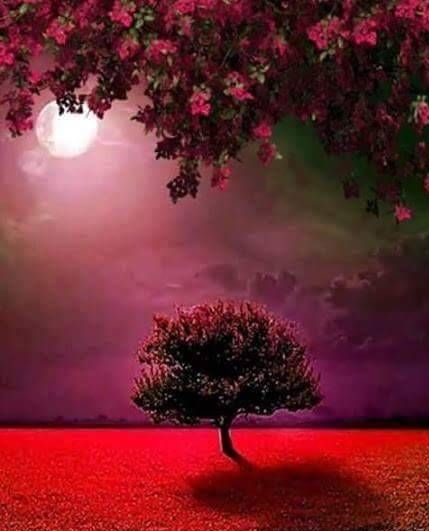
lone rooted tree yearns
for full moon's
freedom to wander
| Author Notes |
* The fanstory lune contest calls for 5/3/5 syllables but the original lune is 3/5/3 syllables or 3/5/3 words.
LUNE is a short poem with three lines, similar to haiku. Lune poetry originated when American poets noticed that writing a haiku in English isn't the same as writing one in Japanese. Japanese words tend to have more syllables than English words, allowing English-language haiku poets to cram more words into the form. American poet, Robert Kelly, created the lune in the 1960s. THE KELLY LUNE consists of 3/5/3 SYLLABLES. It was named after its shape, which resembles a crescent moon. Later, poet JACK COLLOM came up with the word-count-variant 3/5/3 WORDS. Each line can stand alone as a complete thought, or grammatically connected to other lines. click here to see rules Thank you for reading my poem, Gypsy |
![]()
By Gypsy Blue Rose

below calm water,
cerulean eruption
punctures the surface

| Author Notes |
Hunga Tonga volcano eruption**The poem was inspired by recent events. An underwater volcano erupted on Saturday, January 15, 2022, near the remote Pacific nation of Tonga, triggering tsunami warnings across the Pacific and for the West Coast of the United States.
=A cerulean eruption, also called blue lava, is a phenomenon that occurs when sulfur burns. It is an electric-blue flame that has the illusory appearance of lava. 5/7/5 poem written in 3 lines with a 5/7/5 syllables pattern. The lines are connected grammatically and it doesn't rhyme. It's similar to haiku but has fewer rules. Thank you very much for taking the time to read and review my poem. Gypsy |
![]()
By Gypsy Blue Rose
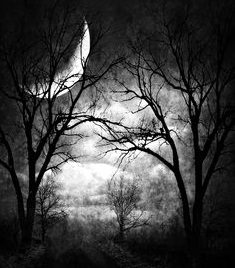
| Author Note: | *in memory of Dean Kuch* |
spirits cling
to frigid headstone
waiting for loved ones
to let go
| Author Notes |
Thank you very much for taking the time to read and review my poem.
Gypsy |
![]()
By Gypsy Blue Rose
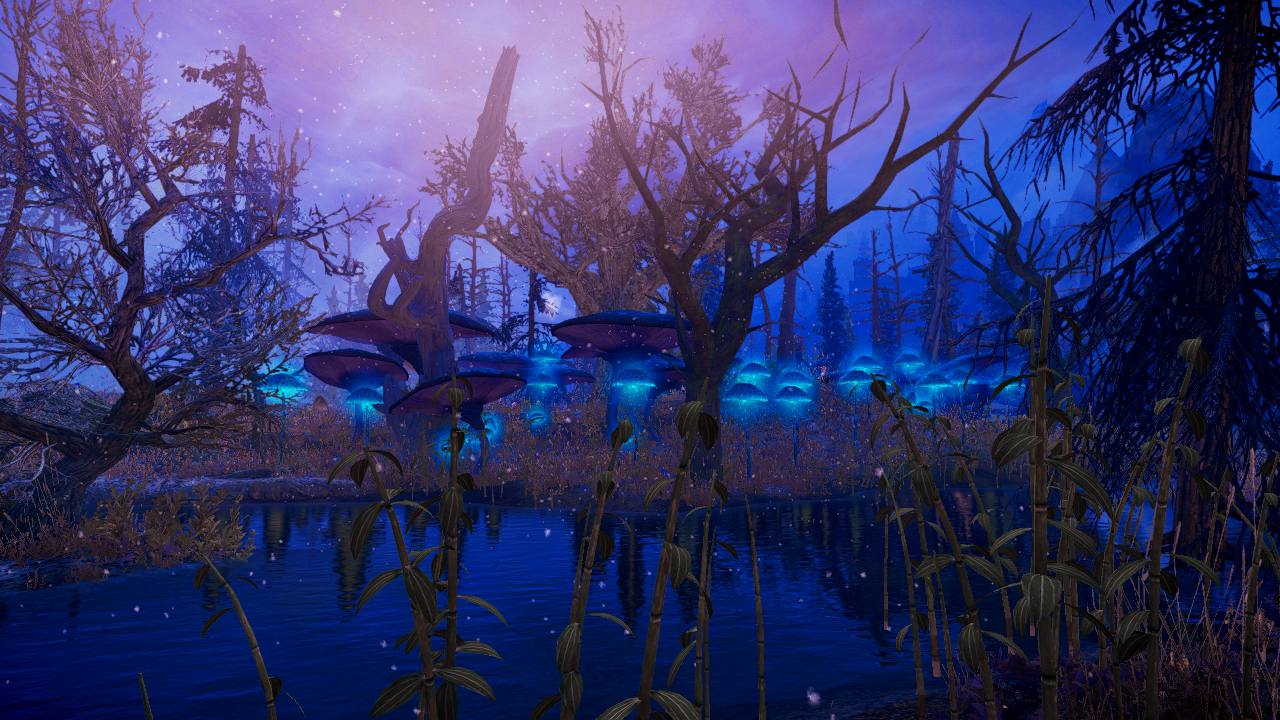
| Author Note: | If You Would Like To Join the Japanese Poetry Club, please check my author notes |
muggy
cobalt hue sky
above muck and green grime
where boughs bear burden of bad rap —
folk tales

| Author Notes |
the bottom picture is a swamp water lily
MYTHS AND LEGENDS OF LOUISIANA'S BAYOU COUNTRY --It doesn't take much to believe the folktales of the bayous and swamps of Louisiana. The twists and turns of the waterways and the shade of our cypress trees provide a mysterious backdrop for myths, legends, and folktales. click here to read a few stories CINQUAIN is inspired by Japanese haiku and tanka, is akin in spirit to that of the *Imagists. The form is five lines with 22 syllables count in a pattern of 2/4/6/8/2. The title is used as the sixth line. It's usually unrhymed but it can be rhymed about any subject. It was created by American poet, Adelaide Crapsey in 1915. Her cinquain depends on the strict structure and intense imagery to communicate a mood or feeling. *Imagism was a movement in early-20th-century American poetry that favored precision of imagery and clear, sharp language, very much as haiku and tanka. more information *If you would like to join the Haiku Club, please click here and look for the haiku club* RESERVE A SPOT /SUBMIT YOUR ENTRY Thank you for reading and reviewing my poem. Gypsy |
![]()
By Gypsy Blue Rose
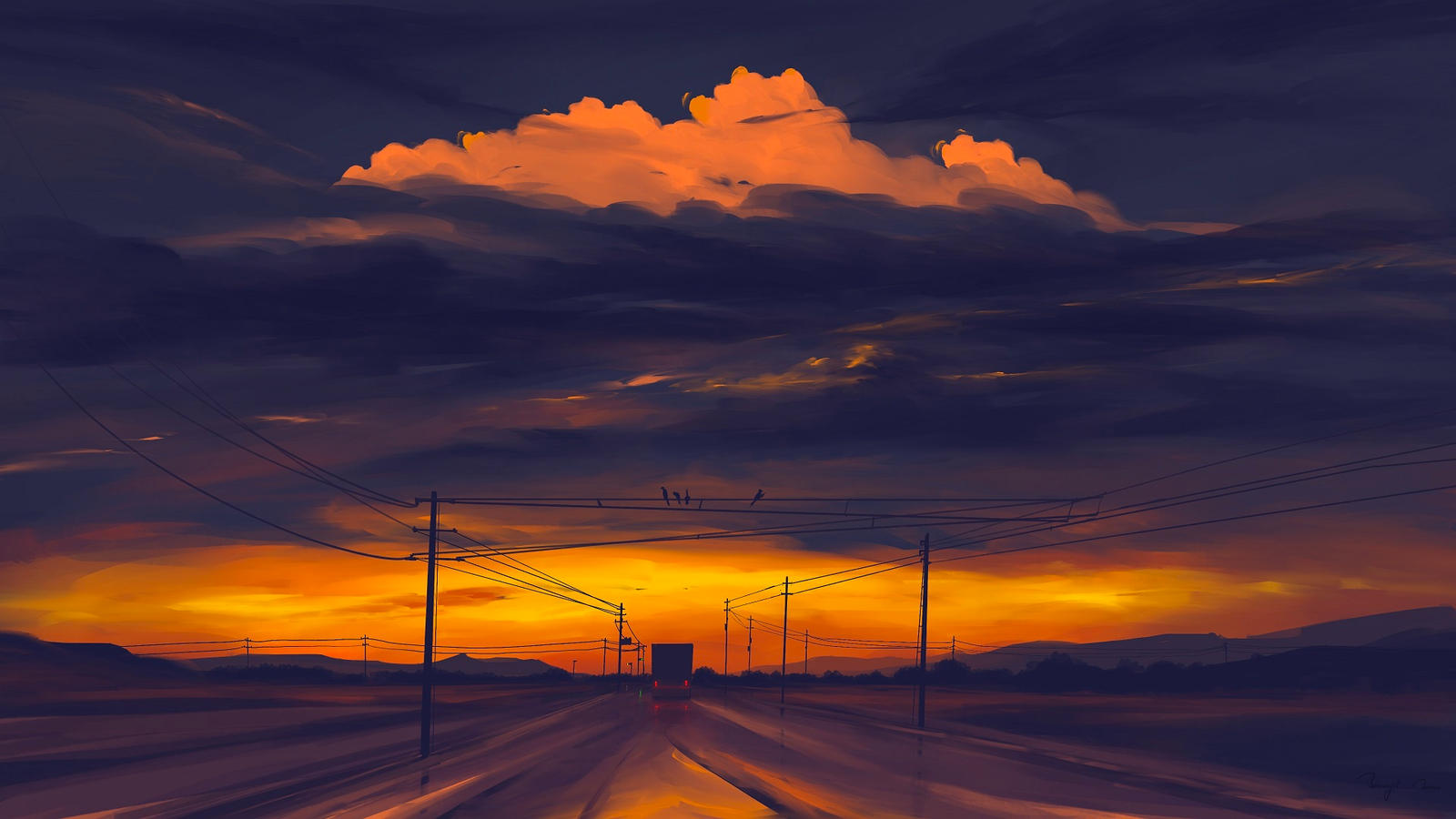
| Author Note: | If You Would Like To Join the Japanese Poetry Club, please check my author notes |
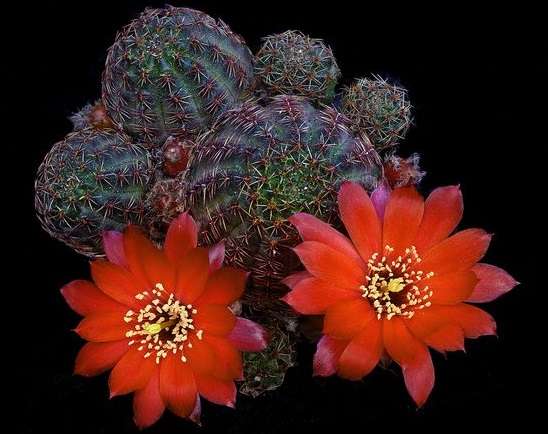
| Author Notes |
CINQUAIN is inspired by Japanese haiku and tanka, is akin in spirit to that of the *Imagists. The form is five lines with 22 syllables count in a pattern of 2/4/6/8/2. The title is used as the sixth line. It's usually unrhymed but it can be rhymed about any subject. It was created by American poet, Adelaide Crapsey in 1915. Her cinquain depends on the strict structure and intense imagery to communicate a mood or feeling. *Imagism was a movement in early-20th-century American poetry that favored precision of imagery and clear, sharp language, very much as haiku and tanka. more information
Thank you very much for taking the time to read and review my poem. Gypsy *If you would like to join the Haiku Club, please click here and look for the haiku club* RESERVE A SPOT /SUBMIT YOUR ENTRY |
![]()
By Gypsy Blue Rose
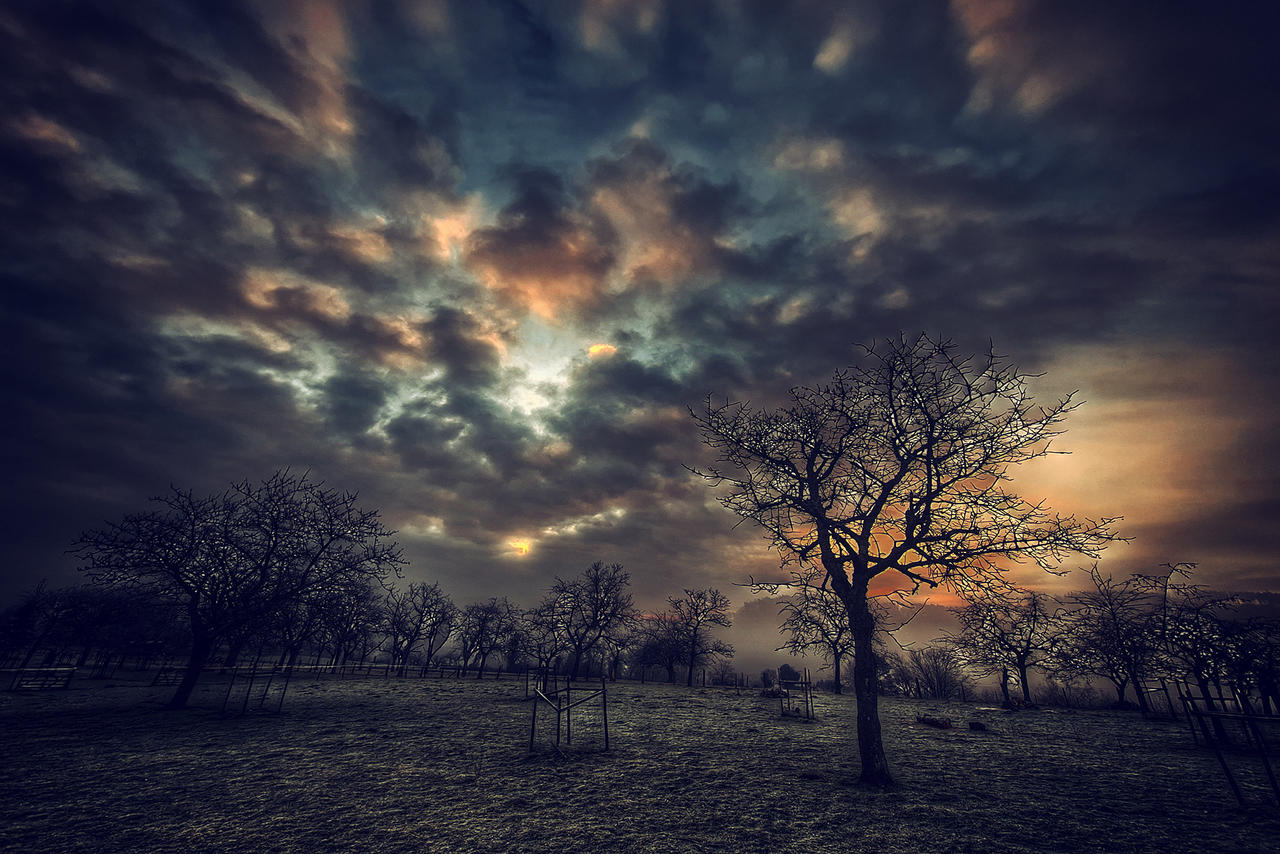
| Author Note: | for rules, please check my author notes |
desolate park
where we met -
your lies scattered
on infertile soil
| Author Notes |
MODERN SENRYU is about human nature and it doesn't include a season word (kigo). It's written in one to four lines with no strict syllable count, but brief. These poems use a pause usually marked by a dash before the satori (an insightful twist to ponder). Alliteration and metaphor are okay. Never rhymes. the em-dash ( -- ) is used to emphasize an interruption in speech before the satori. Senryu usually doesn't have a title but in fanstory, we have to have one.for more information click here collection of senryu ***** The Haiku Foundation of America
Thank you very much for taking the time to read and review my poem. Gypsy |
![]()
By Gypsy Blue Rose
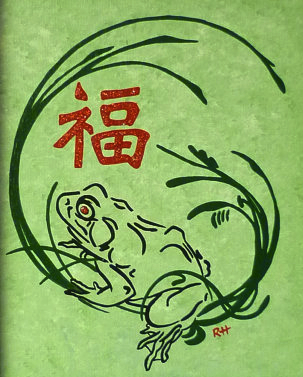
Frog hangs out
on a lily pad,
now and then,
eating flies.
Ahhh …
simple life pleasures.

| Author Notes |
Jasmine Girl, Lisa, told me the Chinese character on the painting spells 'good luck'.
Free Verse doesn't have rhyme or meter. Japanese poetry is mostly free verse. It seems that frogs need 3 basic things to be happy: food, shelter, and clean water. Many frogs are often used for dissection at biology classes labs to demonstrate the organ systems that are similar to the human body. Each year in the U.S., at least 3 million frogs are cruelly killed and thrown into the trash. Thank you very much for reading and reviewing my poem. Gypsy |
![]()
By Gypsy Blue Rose

Alone and wounded,
melancholic thoughts linger
over armor scraps,
fighting to keep memories
of my son’s laughter
and my wife’s warm touch alive
as passion’s cinders
plunge my raging heart afar
when blood runs red where I stand

| Author Notes |
"Your soul is oftentimes a battlefield, upon your reason and your judgment wage war against your passion and your appetite. God has placed in each soul an apostle to lead us upon the illumined path. Yet many seek life from without, unaware that is within them." --Khalil Gibran
CHOKA-It's a Japanese court poetic form of the 6th to 14th century consisting of nine-lines in a 5/7/5/7/5/7/5/7/7 syllables pattern and may be repeated. Originally, CHOKA was written in 100 sets. It was composed mainly to commemorate life events. for examples and more information from the Poets Collective CLICK HERE Thank you for taking the time to read and review my poem, Gypsy |
![]()
By Gypsy Blue Rose

Recess bell
comes too soon
like wind chimes
blowing in the breeze.
My heart beats
to the beat of his heart
holding “Her Mouth As Souvenir”
tangled in old spice
teaching me life lessons –
my first heartthrob.

| Author Notes |
Fiction Poem is about a Literature teacher and a young girl's infatuation
"Her Mouth as Souvenir" by Heather June Gibbons, is a collection of poems book. SIJO poem is a traditional Korean poetic form related to haiku and tanka. Traditionally, a Sijo is comprised of 44-46 syllables OR LESS. Originally intended as songs, sijo can be a romantic, metaphysical, reflection, or spiritual themes. Whatever the subject, the first line introduces an idea or story, the second supplies a "turn," and the third provides closure. The pattern is not strict but it has to be 46 syllables o less. Theme 3,4,4,4 = 1st stanza/Elaboration 3,4,4,4 = 2nd stanza/Counter Theme 3,5. 3rd stanza/Completion 4,3 = 4th stanza Sijo Form Definition Thank you very much for taking the time to read and review my poem. Gypsy "The poet waits quietly to paint the unsaid." Atticus |
![]()
By Gypsy Blue Rose

| Author Note: | Dedicated to Helen (Lyenochka) |

| Author Notes |
"Love gives naught but itself and takes naught but from itself. Love possesses not nor would it be possessed; For love is sufficient unto love. And think not you can direct the course of love, if it finds you worthy, directs your course. Love has no other desire but to fulfill itself." -Kahill Gibran
Ebb is the tidal phase during which the tidal current is flowing seaward. Flood tide pulls to land. SIJO poem is a traditional Korean poetic form related to haiku and tanka. Traditionally, a Sijo is comprised of 44-46 syllables OR LESS. Originally intended as songs, sijo can be romantic, metaphysical, reflection, or spiritual themes. Whatever the subject, the first line introduces an idea or story, the second supplies a "turn," and the third provides closure. The pattern is not strict but it has to be 46 syllables o less. Theme 3,4,4,4 = 1st stanza/Elaboration 3,4,4,4 = 2nd stanza/Counter Theme 3,5. 3rd stanza/Completion 4,3 = 4th stanza Sijo Form Definition Thank you very much for taking the time to read and review my poem. Gypsy "The poet waits quietly to paint the unsaid." Atticus |
![]()
By Gypsy Blue Rose

| Author Note: | For Rules, Please Read My Author Notes |

| Author Notes |
A New Moon is invisible. It's when the Sun and Moon are aligned, with the Sun and Earth on opposite sides of the Moon. Nov 23, 2022 at 2:57 pm
SENRYU is a Japanese poetic form similar to haiku. It's written in 3 lines with 17 syllables OR LESS usually in a shot/long/short form. Senryu is about human foibles while haiku tend to be about nature. Senryu doesn't need a season word (kigo) but it's okay if you do. It never rhymes. It uses imagery. for more information click here collection of senryu Thank you very much for taking the time to read and review my poem. Gypsy "The poet waits quietly to paint the unsaid." Atticus |
![]()
By Gypsy Blue Rose


| Author Notes |
One Thousand and One Nights = is a collection of folk tales compiled by various authors across Asia. The Nights is the story of King Shahryar and his wife. The folk tale is that King Shahryar was going to kill his slave, Scheherazade. But she offered to tell a story before her execution. She was such a wonderful storyteller that the king wanted one more story each night, thus keeping her alive for a thousand and one tales and nights. In the end, King Shahryar had fallen in love with his slave, Scheherazade, and married her.
A little death = is a slang term for climax SIJO poem is a traditional Korean poetic form related to haiku and tanka. Traditionally, a Sijo is comprised of 44-46 syllables OR LESS. Originally intended as songs, sijo can be romantic, metaphysical, reflection, or spiritual themes. Whatever the subject, the first line introduces an idea or story, the second supplies a "turn," and the third provides closure. The pattern is not strict but it has to be 46 syllables o less. Theme 3,4,4,4 = 1st stanza/Elaboration 3,4,4,4 = 2nd stanza/Counter Theme 3,5. 3rd stanza/Completion 4,3 = 4th stanza Sijo Form Definition Thank you very much for taking the time to read and review my poem. Gypsy "The poet waits quietly to paint the unsaid." Atticus |
![]()
By Gypsy Blue Rose

| Author Note: | For Rules, Please Read My Author Notes |

| Author Notes |
MODERN SENRYU is a Japanese poem with a title that deepens its meaning. Senryu is similar to Haiku but It's about human nature and it doesn't include a season word (kigo). It's written in one to four lines with no strict syllable count, but brief. These poems use a pause usually marked by a dash before the satori (an insightful twist to ponder). Alliteration and metaphor are okay. Never rhymes. the em-dash ( -- ) is used to emphasize an interruption in of speech before the satori.
for more information click here collection of senryu ***** The Haiku Foundation of America Thank you very much for taking the time to read and review my poem. Gypsy "The poet waits quietly to paint the unsaid." Atticus |
![]()
By Gypsy Blue Rose
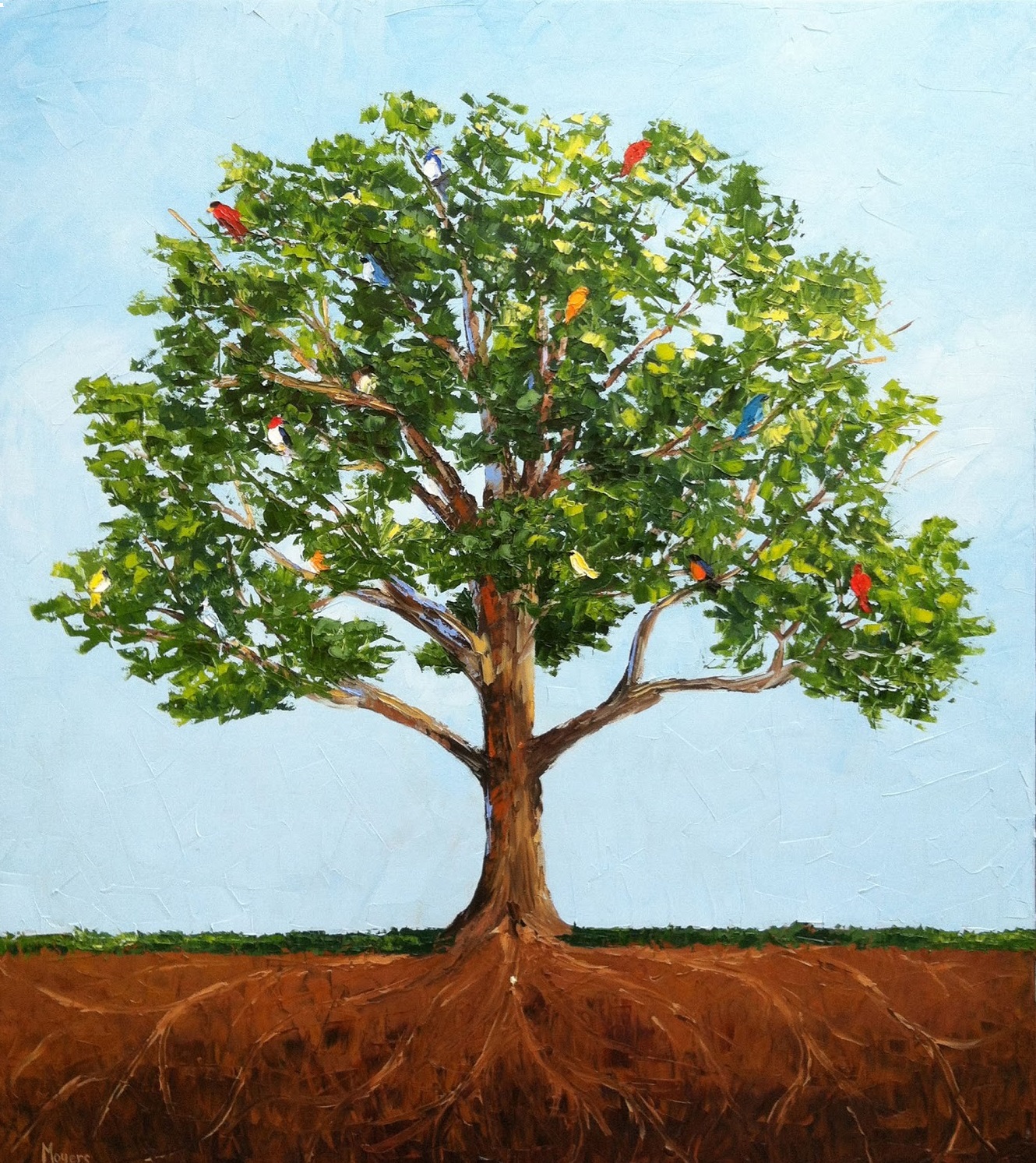
| Author Note: | For my big sister's birthday (lyenochka) |

| Author Notes |
Helen was a small baby when she was born, but she has grown to be a beatiful and loving woman; a spiritual giant in the eyes of God, and in our eyes too.
Happy birthday, big sister! Matthew 13:31-32 The Mustard Seed and the Leaven 31 He put another parable before them, saying, "The kingdom of heaven is like a grain of mustard seed that a man took and sowed in his field. 32 It is the smallest of all seeds, but when it has grown it is larger than all the garden plants and becomes a tree, so that the birds of the air come and make nests in its branches." |
![]()
By Gypsy Blue Rose

| Author Note: | For Rules, Please Read My Author Notes |

![]()
By Gypsy Blue Rose

| Author Note: | For Rules, Please Read My Author Notes |

| Author Notes |
Swans mate for life
Ekphrastic is a poem inspired by a picture or painting HAIKU is an unrhymed Japanese poem. It uses a juxtaposition of two images in a way that prompts the reader to make an insightful connection between the two. It alludes to a season of the year. The haiku is written from an observer's point of view. In Japan, haiku is written in 17 syllables and three lines ( 5/7/5) BUT in English is 17 syllables OR LESS. Capitalization and punctuation should only be used when necessary. No end rhymes. use a dash before the satori (usually the last line). Avoid alliteration, metaphor, personification, and capital letters (proper names are okay). ====================================================================== click here to read Haiku Society of America, HAIKU EXAMPLES ====================================================================== click here to read Haiku Society of America HAIKU RULES ============================================================================== click here to read why is 5/7/5 OR LESS rule ============================================================================== Thank you very much for taking the time to read and review my poem. Gypsy "The poet waits quietly to paint the unsaid." Atticus pictures from google public domain |
![]()
By Gypsy Blue Rose

| Author Note: | For Rules, Please Read My Author Notes |

| Author Notes |
SENRYU is a Japanese poetic form similar to haiku. It's written in 3 lines with 17 syllables OR LESS usually in a shot/long/short form. Senryu is about human foibles while haiku tend to be about nature. Senryu doesn't need a season word (kigo) but it's okay if you do. It never rhymes. It uses imagery.
for more information click here collection of senryu Thank you very much for taking the time to read and review my poem. Gypsy "The poet waits quietly to paint the unsaid." Atticus |
![]()
By Gypsy Blue Rose
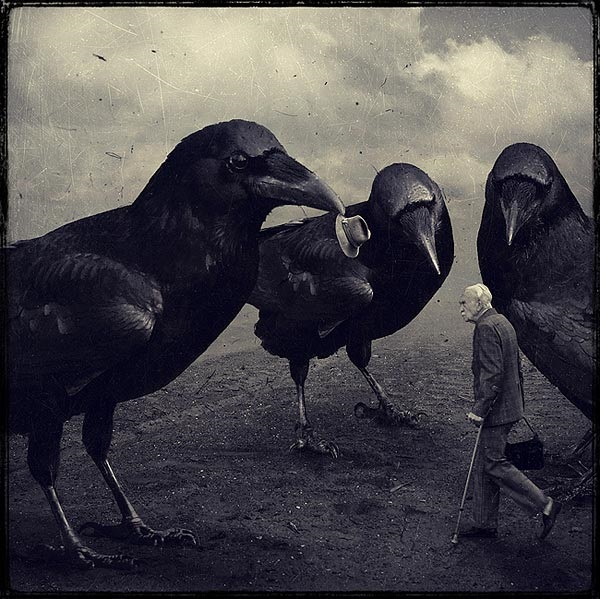
| Author Note: | If You Would Like To Join the Haiku Club, please check my author notes |

| Author Notes |
A group of crows is called a murder.
HAIKU is an unrhymed Japanese poem. It uses a juxtaposition of two images in a way that prompts the reader to make an insightful connection between the two. It alludes to a season of the year. The haiku is written from an observer's point of view. In Japan, haiku is written in 17 syllables and three lines ( 5/7/5) BUT in English is 17 syllables OR LESS. Capitalization and punctuation should only be used when necessary. No end rhymes. use a dash before the satori (usually the last line). Avoid alliteration, metaphor, personification, and capital letters (proper names are okay). ~ click here to read Haiku Society of America, HAIKU EXAMPLES ~ click here to read Haiku Society of America HAIKU RULES ~ click here to read why is 5/7/5 OR LESS rule Thank you very much for taking the time to read and review my poem. Gypsy "The poet waits quietly to paint the unsaid." Atticus |
![]()
By Gypsy Blue Rose

| Author Notes |
Tightrope walking is the skill of walking along a thin wire or rope usually in the circus.
Haiga is a Japanese poem embedded in a picture. GOGYOHKA is a five-line free-style Japanese poetic form with no strict rules on syllables count but as brief as possible. Any theme. Lines are grammatically connected. Alliteration, personification, and metaphor are okay but never rhyme. Japanese poets have written gogyohka since the 1910s. However, they did not name the form until 1983 by poet Enta Kusakabe. wikipediafor more info click here Thank you for taking the time to read and review my poem. Gypsy Word Weaver "Ever has it been that love knows not its own depth until the hour of separation." - Kahlil Gibran |
![]()
By Gypsy Blue Rose

| Author Note: | For Helen ( lyenochka ) |
| Author Notes |
Senryu is similar to Haiku but it focuses on human nature, psychology, and mind.
Senryu can make use of poetic devices such as simile, personification, and metaphor. It can also employ puns, parody and satire. Unlike haiku, senryu are not reliant on a seasonal reference, but they DO occasionally use them. Senryu can be humorous but many express the misfortunes, the hardships and woe of humanity. Thank you for reading and reviewing my poem. Gypsy Sensei |
![]()
By Gypsy Blue Rose
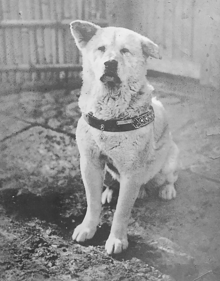
| Author Note: | for rules and information, please check my author notes |
| Author Notes |
Hachiko (1923 - 1935) was a Japanese Akita dog remembered for his remarkable loyalty to his owner, Hidesaburo Ueno, for whom he continued to wait for over nine years following Ueno's death. wikipedia
Thank you for reading and reviewing my poem. Gypsy Sensei |
![]()
By Gypsy Blue Rose

| Author Note: | for rules and information, please check my author notes |
| Author Notes |
This poem is a joke... perhaps satire. The truth is that a robot/machine could never replace a poet's heart and soul.
Artificial Intelligence (robots) and work automation are transforming how businesses communicate with their clients and execute their operations. Haiku is a form of Japanese poetry made of short, unrhymed lines that evoke natural imagery. Haiku can come in various formats of 17 syllables or LESS. Modern Haiku less restrictive rules, mostly the same, except you can write in one to four lines with the 17 syllables or less. for haiku rules click here - modern Haiku rules Thank you for reading and reviewing my poem. Gypsy Sensei |
![]()
By Gypsy Blue Rose
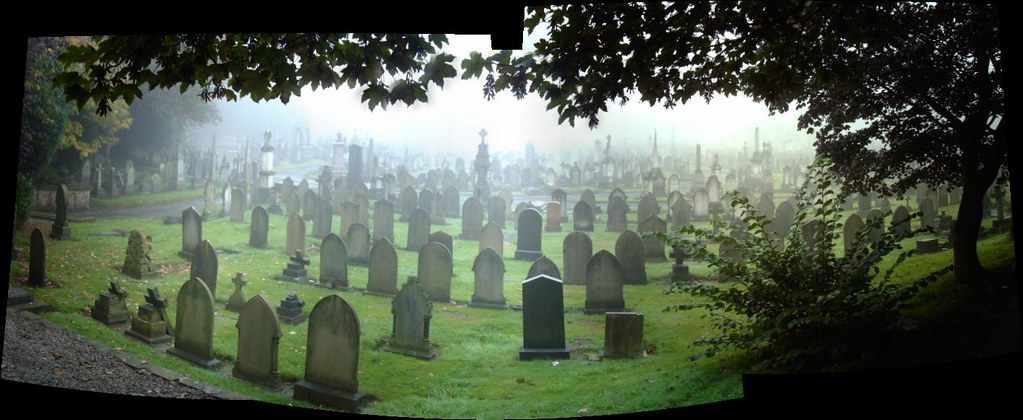
| Author Note: | Dedicated to Helen (Lyenochka) |
| Author Notes |
Four Lines poems have eight syllables in each line. I like to connect them grammaticaly and mine never rhyme.
Thank you very much for your time and kind review, Gypsy Sensei Word Weaver and Graphic Artist |
![]()
By Gypsy Blue Rose
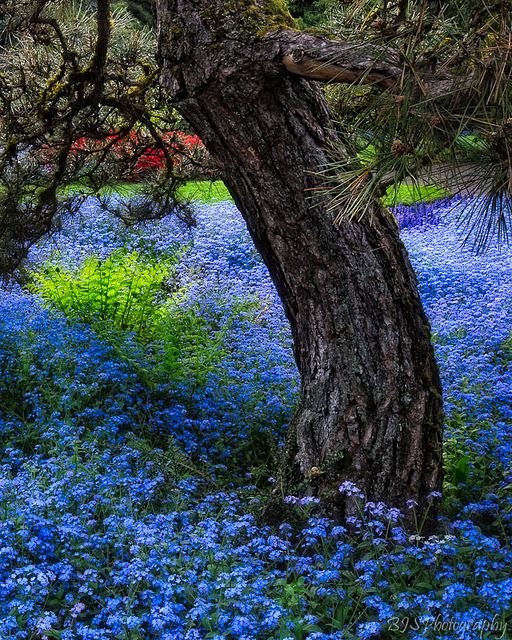
| Author Note: | Para Papa |
| Author Notes |
Forget-me-not is a kind of flower
Senryu is similar to Haiku but it focuses on human nature, psychology, and mind. Senryu can make use of poetic devices such as simile, personification, and metaphor. It can also employ puns, parody and satire. Unlike haiku, senryu are not reliant on a seasonal reference, but they DO occasionally use them. Senryu can be humorous but many express the misfortunes, the hardships and woe of humanity. Thank you for reading and reviewing my poem. Gypsy Sensei |
![]()
By Gypsy Blue Rose

![]()
By Gypsy Blue Rose

| Author Note: | for rules and information, please check my author notes |
| Author Notes |
Haiku is a form of Japanese poetry made of short, unrhymed lines that evoke natural imagery. Haiku can come in various formats of 17 syllables or LESS. Modern Haiku less restrictive rules, mostly the same, except you can write in one to four lines with the 17 syllables or less. for haiku rules click here - modern Haiku rules
Thank you for reading and reviewing my poem. Gypsy Sensei "Live long and prosper." -- Spock, Star Trek |
![]()
By Gypsy Blue Rose
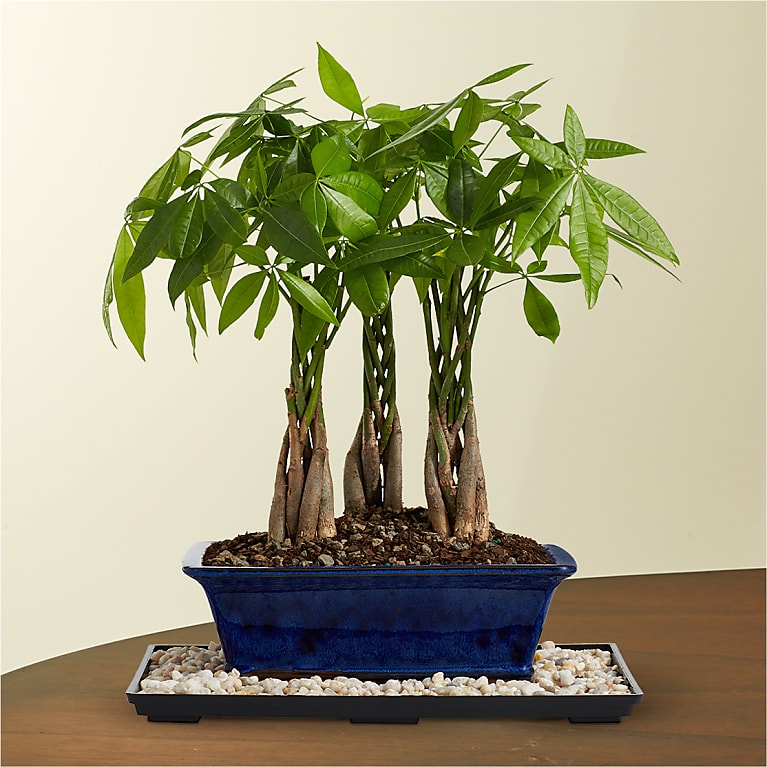
| Author Note: | for rules and information, please check my author notes |
| Author Notes |
A retirement plan refers to saving, investing, and ultimately distributing to sustain oneself during retirement.
Chinese money treeis a species of flowering plant native to southern China. Money plants are known to attract prosperity, good luck, and wealth Cold Moon: Full Moon in December 2022 | The Old Farmer's Almanac Haiku is a form of Japanese poetry made of short, unrhymed lines that evoke natural imagery. Haiku can come in various formats of 17 syllables or LESS. Modern Haiku less restrictive rules, mostly the same, except you can write in one to four lines with the 17 syllables or less. for haiku rules click here - modern Haiku rules Thank you for reading and reviewing my poem. Gypsy Sensei- Word Weaver |
![]()
By Gypsy Blue Rose

| Author Note: | for rules and information, please check my author notes |
| Author Notes |
Aquamarine is a bluish-green precious stone
Sapphire is a transparent blue precious stone Haiku is a form of Japanese poetry made of short, unrhymed lines that evoke natural imagery. Haiku can come in various formats of 17 syllables or LESS. Modern Haiku less restrictive rules, mostly the same, except you can write in one to four lines with the 17 syllables or less. for haiku rules click here - modern Haiku rules Thank you for reading and reviewing my poem. Gypsy "The poet waits quietly to paint the unsaid." - Atticus Native American Full Moon Calendar 2023 NameTime of Full Moon January 6th--Wolf Moon 6:08 PM February 5th -- Snow Moon 1:29 PM March 7th -- Worm Moon 7:40 AM April 6th-- Pink Moon 12:34 AM May 5th-- Flower Moon 1:34 PM June 3rd-- Strawberry Moon 11:42 PM July 3rd-- Buck Moon 7:39 AM August 1st-- Sturgeon Moon 2:32 PM August 30th-- Blue Moon 9:36 PM September 29th-- Harvest Moon 5:58 AM October 28th-- Hunter's Moon 4:24 PM November 27th-- Beaver Moon 4:16 AM December 26th-- Cold Moon 7:33 PM |
![]()
By Gypsy Blue Rose
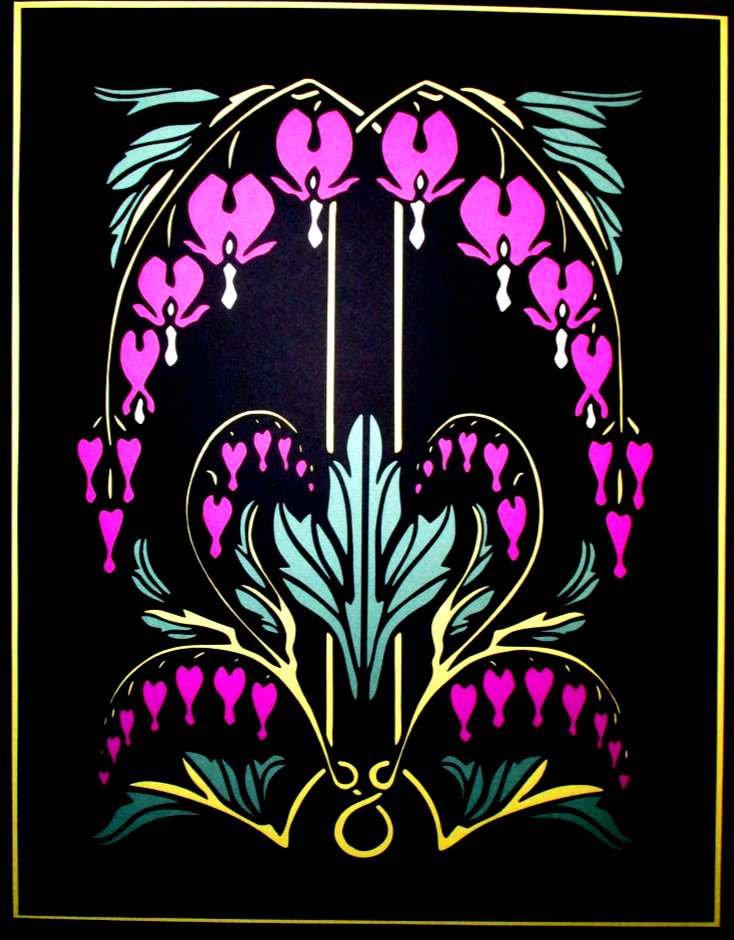
| Author Notes |
The last Spix Macaw lived from 2009 to 2019 in Brazil which was the bird's home. It's extinct since 2019.
The bleeding heart flowers are native to China, Korea, and Japan. Tanka is one of the oldest types of Japanese poetry. It begun in the Emperial Court, where lovers exchanged a tanka after a night of lovemaking. Tanka in Japan, is 31 syllables in a 5/7/5/7/7 form, but in English is 31 syllables OR LESS For examples click here Thank you very much for taking the time to read and review my poem. Gypsy |
![]()
By Gypsy Blue Rose

| Author Note: | for rules and information, please check my author notes |
| Author Notes |
Tanka is one of the oldest types of Japanese poetry. It begun in the Emperial Court, where lovers exchanged a tanka after a night of lovemaking.
Tanka in Japan, is 31 syllables in a 5/7/5/7/7 form, but in English is 31 syllables OR LESS. For examples click here Thank you very much for taking the time to read and review my poem. Gypsy Word Weaver |
![]()
By Gypsy Blue Rose
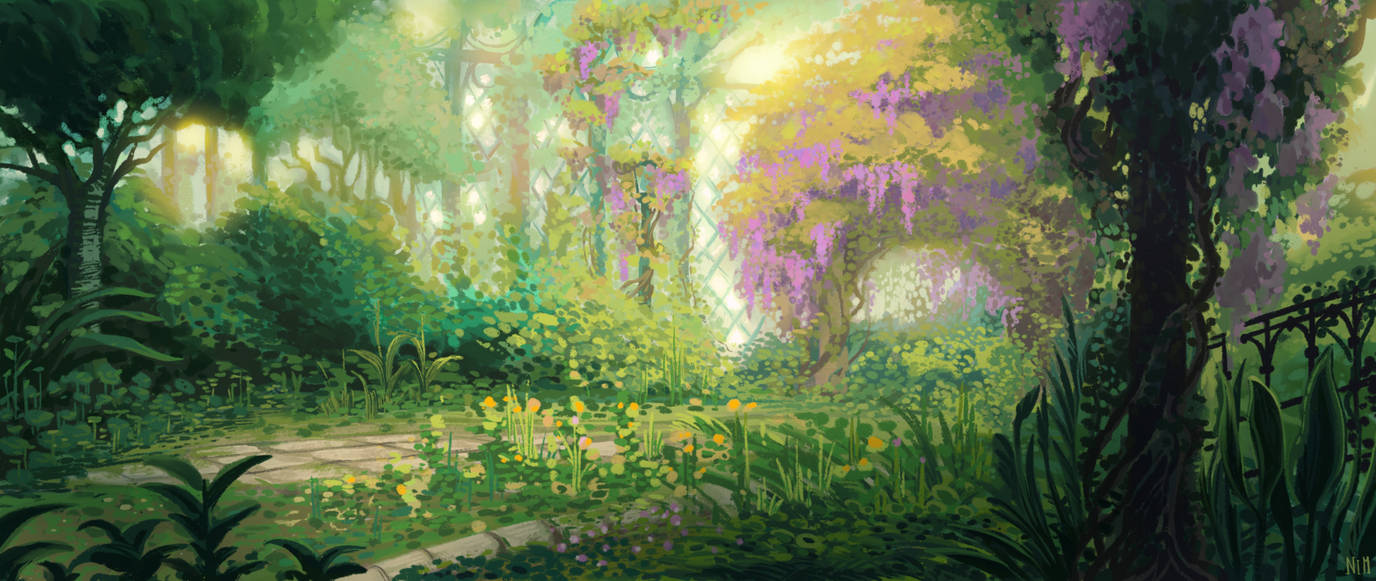
| Author Note: | For Rules, Please Read My Author Notes |

| Author Notes |
MODERN HAIKU is the English adaptation of Classic Haiku. It's written in one to four lines with no strict syllable count but is as brief as possible. These poems use a pause usually marked by a dash before the satori (an insightful twist to ponder). Images don't need to be taken from nature. Seasonality is optional. Alliteration and metaphor are okay. Never rhymes. The em-dash ( -- ) is used to emphasize an interruption in speech before the satori. Haiku usually doesn't have a title but in fanstory, we have to have one. The Haiku Foundation of America
Thank you for reading and reviewing my poem. Gypsy "Poetry heals the wounds inflicted by reason" -- Novalis |
![]()
By Gypsy Blue Rose
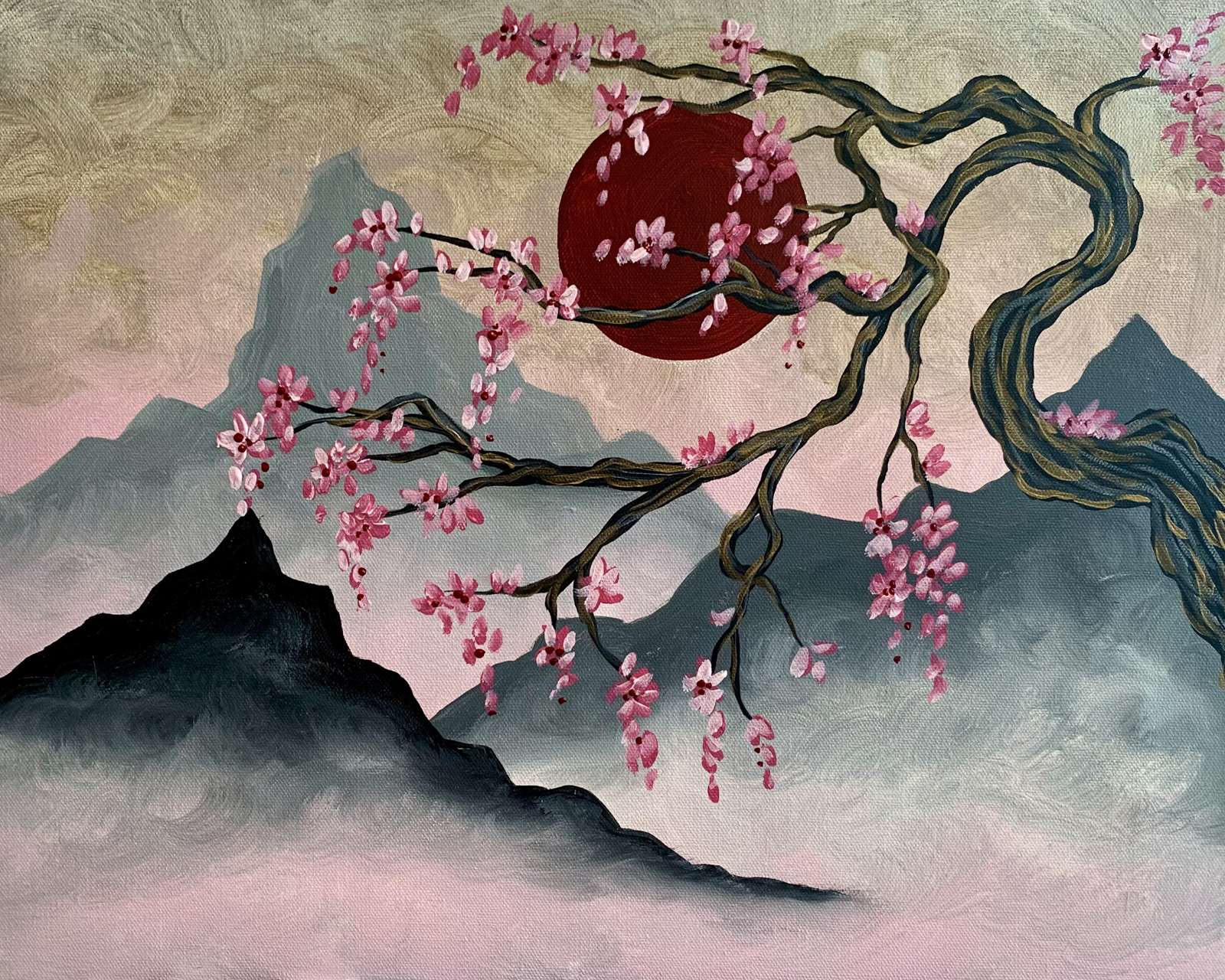
| Author Note: | for rules and information, please check my author notes |
| Author Notes |
Haiku is a form of Japanese poetry made of short, unrhymed lines that evoke natural imagery. Haiku can come in various formats of 17 syllables or LESS. Modern Haiku less restrictive rules, mostly the same, except you can write in one to four lines with the 17 syllables or less. for haiku rules click here - modern Haiku rules
Thank you for reading and reviewing my poem. Gypsy "Poetry heals the wounds inflicted by reason" -- Novalis |
![]()
By Gypsy Blue Rose
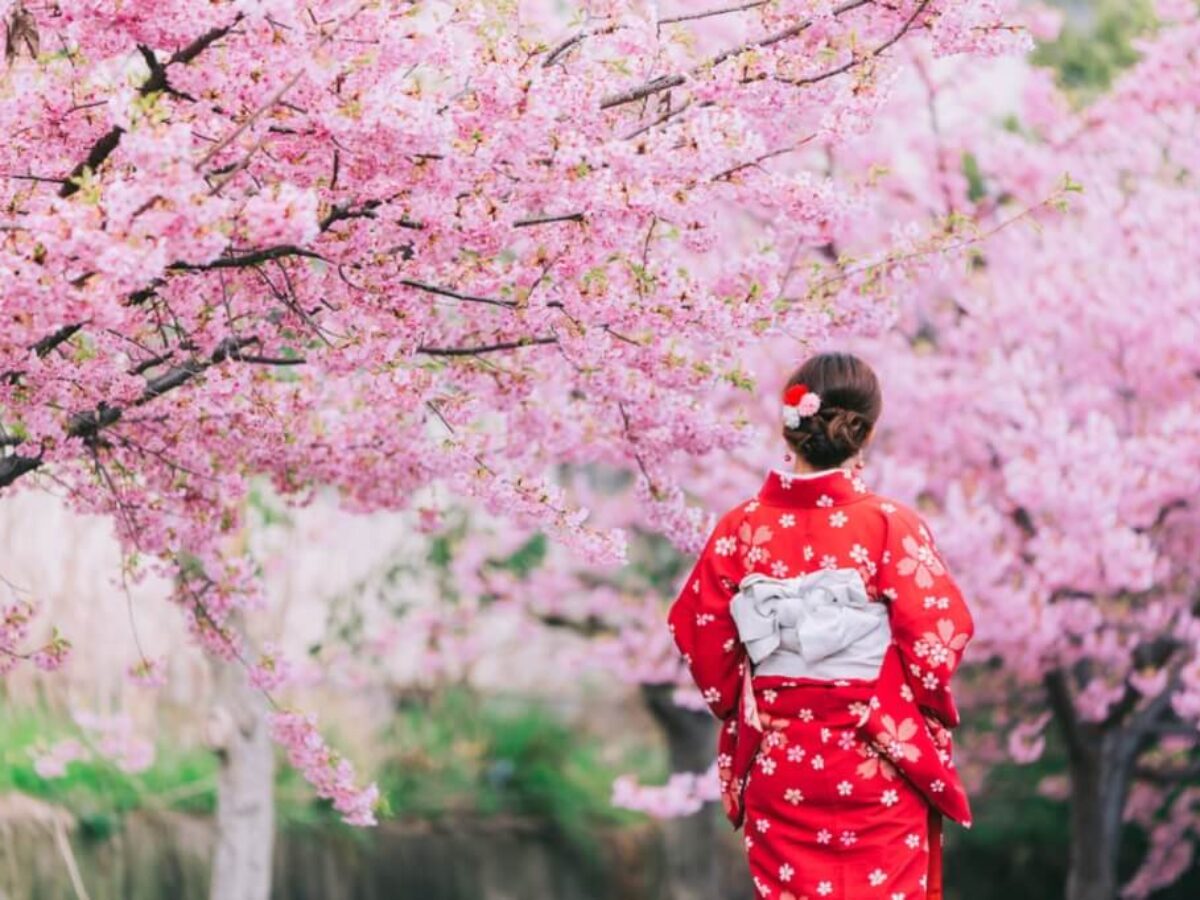
| Author Notes |
Cherry Blossoms = Symbolize Renewal of Life and Brilliant but Transient Life
Doves = symbolize love Haiku is a form of Japanese poetry made of short, unrhymed lines that evoke natural imagery. Haiku can come in various formats of 17 syllables or LESS. Modern Haiku less restrictive rules, mostly the same, except you can write in one to four lines with the 17 syllables or less. for haiku rules click here - modern Haiku rules Thank you very much for your time, kind review, and helpfull feedback. "Poetry heals the wounds inflicted by reason" -- Novalis |
![]()
By Gypsy Blue Rose

| Author Note: | Dedicated to Dean Kuch, may he rest in peace |

| Author Notes |
"Because I could not stop for Death; He kindly stopped for me; The Carriage held but just Ourselves; And Immortality. - Emily Dickinson - 1830-1886 inspired by 'because I could not stop for death' to read poem click here
Beyond = in my poem, it means 'the realm of death'. FREE VERSE is an open form of poetry, which in its modern form arose through the French vers libre form. It does not use consistent meter patterns, rhyme, or any musical pattern.[1] It thus tends to follow the rhythm of natural speech. Gypsy "The poet waits quietly to paint the unsaid." Atticus pictures from google public domain |
![]()
By Gypsy Blue Rose

| Author Note: | For Cinquain Rules, Please Read My Author Notes |
~ Playing in the Rain ~
tip tap
goes the cool rain
spraying my window pane
drip drip drizzle from wet oak trees
sodden earthy and soggy leaves
splosh splash
puddle
pools for jumping
over crusty frost glaze
on the zig-zag pathway to school
raining

| Author Notes |
- The Wake = The wake of any ship or boat consists of the waves created by the hull of the vessel as it moves through the water.
- Washout = Informal. an utter failure. CINQUAIN is inspired by Japanese haiku and tanka, is akin in spirit to that of the *Imagists. The form is five lines with 22 syllables count in a pattern of 2/4/6/8/2. The title is used as the sixth line. It's usually unrhymed but it can be rhymed and about any subject. It was created by American poet, Adelaide Crapsey in 1915. Her cinquain depends on the strict structure and intense imagery to communicate a mood or feeling. *Imagism was a movement in early-20th-century American poetry that favored precision of imagery and clear, sharp language, very much as haiku and tanka. more information more information about cinquain Thank you very much for reading and reviewing my poem. Gypsy |
![]()
By Gypsy Blue Rose
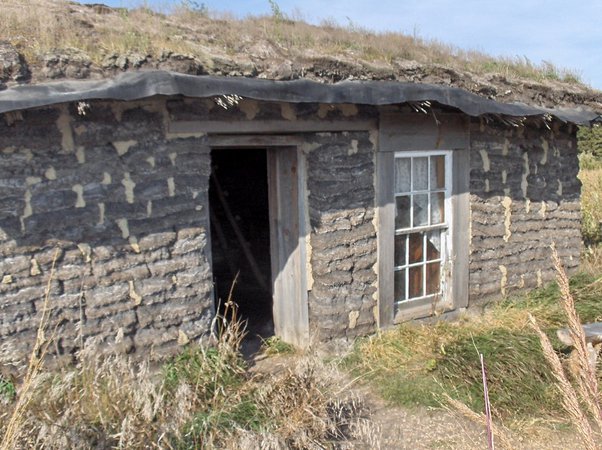
| Author Note: | If You Would Like To Join the Japanese Poetry Club, please check my author notes |


| Author Notes |
I used Onomatopoeia as a poetic device. Onomatopoeia is the formation of a word by imitation of a sound.
The concept of hail sound and destitute man is a type of zen writing which is part of Japanese poetry history KOJIKI is the oldest poetic form that dates back to 712. It's a compilation of poetic history and mythology passed on by mouth from generation to generation in the 8th century before written Japanese existed. Modern Kojiki can use any theme. The Kojiki is divided into three parts: upper 5/7/5 - middle 5/7/5 - lower 7/7/7 syllables count. it uses a kigo (seasonal reference) ; click here to see list of seasons ; wikipedia Thank you for reading and reviewing my poem. Gypsy pictures from google public domain |
![]()
By Gypsy Blue Rose

washout

| Author Notes |
CINQUAIN is inspired by Japanese haiku and tanka, and is akin in spirit to that of the *Imagists. The form is five lines with 22 syllables count in a pattern of 2/4/6/8/2. The title is used as the sixth line. It's usually unrhymed but it can be rhymed about any subject. American poet, Adelaide Crapsey 1915, created it. Her cinquain depends on the strict structure and intense imagery to communicate a mood or feeling.
*Imagism was a movement in early-20th-century American poetry that favored precision of imagery and clear, sharp language, very much like haiku and tanka. more information more information about cinquain top picture from google public domain; bottom picture by Akos Batorfi on flickr Thank you for reading and reviewing my poem. Gypsy "Poetry heals the wounds inflicted by reason" -- Novalis |
![]()
By Gypsy Blue Rose

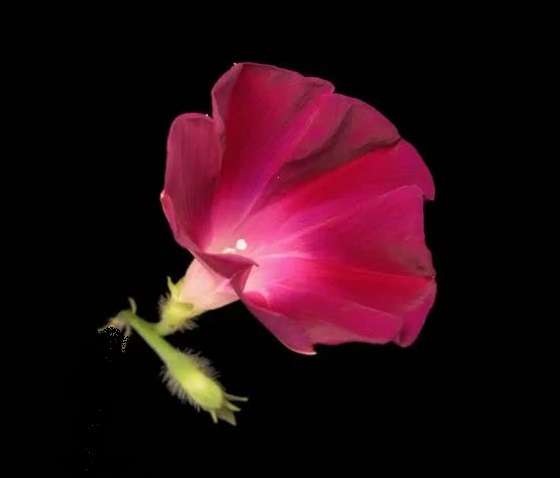
| Author Notes |
Thank you for reading and reviewing my poem.
Gypsy "Poetry heals the wounds inflicted by reason" -- Novalis bottom picture is a morning glory flower top picture from Bisbiswas in Deviantart.com |
![]()
By Gypsy Blue Rose



| Author Notes |
FREE VERSE is an open form of poetry, which in its modern form arose through the French vers libre form. It does not use consistent meter patterns, rhyme, or any musical pattern. It thus tends to follow the rhythm of natural speech.
Thank you for reading and reviewing my poem. Gypsy "Poetry heals the wounds inflicted by reason" -- Novalis |
![]()
By Gypsy Blue Rose
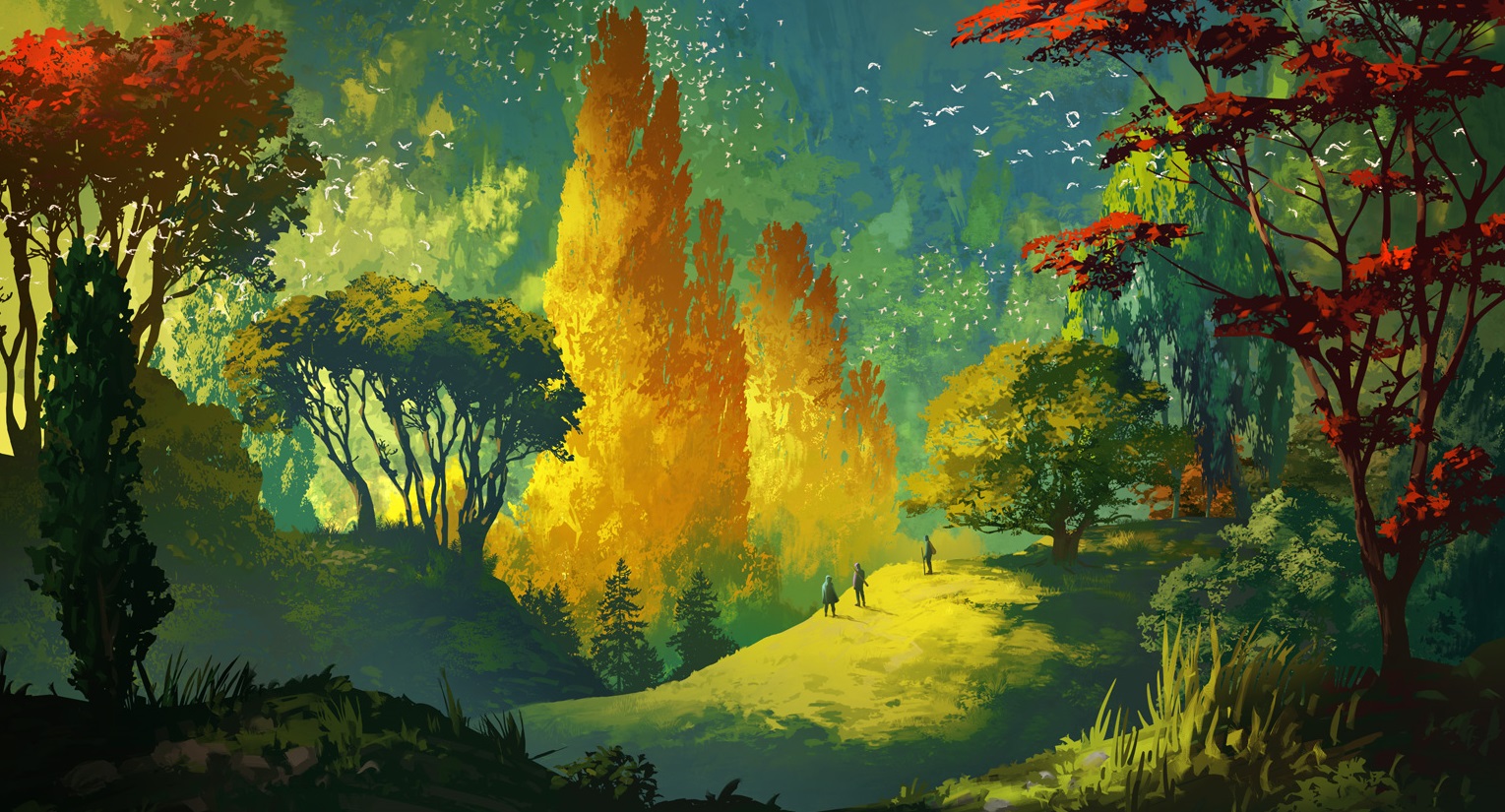

| Author Notes |
Chick is an informal word for girl
CHOKA-It's a Japanese court poetic form of the 6th to 14th century consisting of nine-lines in a 5/7/5/7/5/7/5/7/7 syllables pattern and may be repeated. Originally, CHOKA was written in 100 sets. It was composed mainly to commemorate life events. for examples and more information from the Poets Collective CLICK HERE |
![]()
By Gypsy Blue Rose

That day, I drove to my son’s school crying all the way. Two blocks were closed so I ran. At school, I waited two hours before I found out if my son was dead or alive until the parents of the victims were notified. On January 17, 1989, five 9 years-old children died, all were Vietnamese. My son was in the playground with the other kids and watched his friends get shot. He survived but had therapy for a year. Now, even my 5 years-old grandson has school lockdown drills. It’s one of the worst nightmares a parent could have.
| Author Notes |
On January 17, Patrick Purdy shot and killed five students at Cleveland Elementary School in Stockton, California. He wounded 29 children and one teacher before committing suicide. Since then, there have been 1,572 deaths from school shootings. wikipedia - wikipedia - safety prevention.Org
Each day 12 children die from gun violence in America. Another 32 are shot and injured. An estimated 4.6 million American children live in a home where at least one gun is kept loaded and unlocked. Thank you for reading my flash nonfiction for the contest Gypsy |
![]()
By Gypsy Blue Rose

| Author Notes |
NUCLEAR WINTER is the environmental devastation that scientists contend would probably result from the hundreds of nuclear explosions in a nuclear war.
WORLD WAR III or the THIRD WORLD WAR, are names given to a hypothetical worldwide large-scale military conflict SPERM BANK --Do-it-yourself insemination is pretty straightforward, according to Fertility Authority. Sperm banks provide a syringe for placing the sperm next to your cervix, on or around the time of ovulation. Thank you very much for reading my story. Gypsy |
![]()
By Gypsy Blue Rose

| Author Note: | For Rules, Please Read My Author Notes |

| Author Notes |
MODERN HAIKU is the English adaptation of Classic Haiku. It's written in one to four lines with no strict syllable count but is as brief as possible. These poems use a pause usually marked by a dash before the satori (an insightful twist to ponder). Images don't need to be taken from nature. Seasonality is optional. Alliteration and metaphor are okay. Never rhymes. The em-dash ( -- ) is used to emphasize an interruption in speech before the satori. Haiku usually doesn't have a title but in fanstory, we have to have one. The Haiku Foundation of America
Thank you very much for taking the time to read and review my poem. Gypsy "Poetry heals the wounds inflicted by reason." - Novalis |
![]()
By Gypsy Blue Rose

| Author Note: | If You Would Like To Join the Haiku Club, please check my author notes |
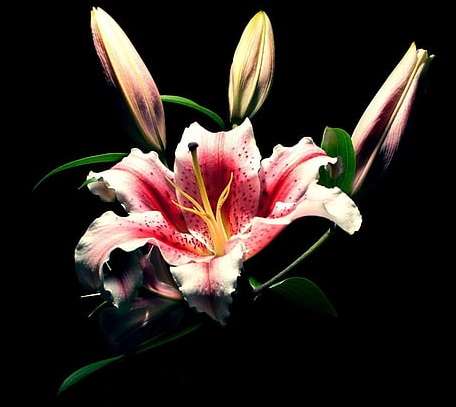
| Author Notes |
Humanity Haiku is a haiku about a season and how humans relate to it.
HAIKU is a short unrhymed poem that uses imagistic language to convey the essence of an experience of nature and season intuitively linked to the human condition. It juxtaposes two images in a way that prompts the reader to make an insightful connection between them. It alludes to a season of the year. In Japan, haiku is written in 17 syllables and three lines ( 5/7/5) but in English is 17 syllables OR LESS. Capitalization and punctuation should only be used when necessary. Use a dash before the satori ( the last line). Avoid alliteration, metaphor, personification, and capital letters (proper names are okay). === click here to read Haiku Society of America, HAIKU EXAMPLES === click here to read Haiku Society of America HAIKU RULES === click here to read why is 5/7/5 OR LESS rule pictures from google; the bottom picture is an iris flower, it withstands winter weather but stays dormant; I added the iris for artistic purposes. Thank you very much for taking the time to read and review my poem. Gypsy "The poet waits quietly to paint the unsaid." Atticus |
![]()
By Gypsy Blue Rose

| Author Note: | If You Would Like To Join the Haiku Club, please check my author notes |

| Author Notes |
A HUMANITY HAIKU is a type of haiku about a year's season and how people relate to it. It's not to be confused with SENRYU which it's about human nature and doesn't have a KIGO (season).
This humanity winter haiku is about a cold winter night and how a person relates to it through her senses. The warmth by the fireplace and her mother's quilt; the cold weather outside, and missing her mother; it's about the winter season and a woman's direct concrete and emotional reaction. HAIKU is a short unrhymed poem that uses imagistic language to convey the essence of an experience of nature and season intuitively linked to the human condition. It juxtaposes two images in a way that prompts the reader to make an insightful connection between them. It alludes to a season of the year. In Japan, haiku is written in 17 syllables and three lines ( 5/7/5) but in English is 17 syllables OR LESS. Capitalization and punctuation should only be used when necessary. Use a dash before the satori ( the last line). Avoid alliteration, metaphor, personification, and capital letters (proper names are okay). === click here to read Haiku Society of America, HAIKU EXAMPLES === click here to read Haiku Society of America HAIKU RULES === click here to read why is 5/7/5 OR LESS rule Thank you very much for taking the time to read and review my poem. Gypsy "The poet waits quietly to paint the unsaid." Atticus |
![]()
By Gypsy Blue Rose

| Author Note: | If You Would Like To Join the Japanese Poetry Club, please check my author notes |
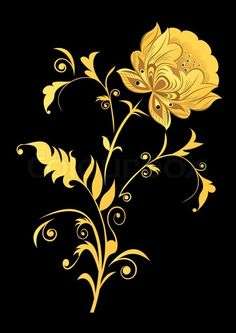
| Author Notes |
A "windowpane" is a piece of glass in a window. "Window pain" is spelled wrong on purpose
National Adoption Day (Saturday, November 18, 2023) is a collective effort to raise awareness of the more than 113,000 children waiting to be adopted from foster care in the United States. click here for source NAANI POEM is an Indian poetic form. It's very similar to Japanese poetic forms, in that it has a set line and syllable count. It has 4-lines and a total 20-25 syllables. It's usually about nature or human relations but not strictly. The lines are grammatically connected and never rhyme. === click here for examples -poetrysoup === click here for more information- shadowpoetry === click here for more information === poetry soup Thank you for reading and reviewing my poem. Gypsy |
![]()
By Gypsy Blue Rose
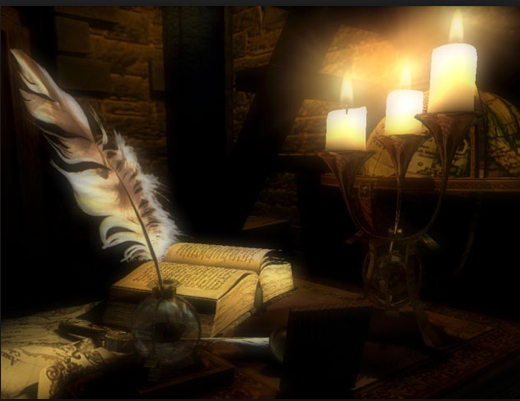
| Author Note: | Dedicated to Federico Garcia Lorca, prominent 20th-century Spanish poet |
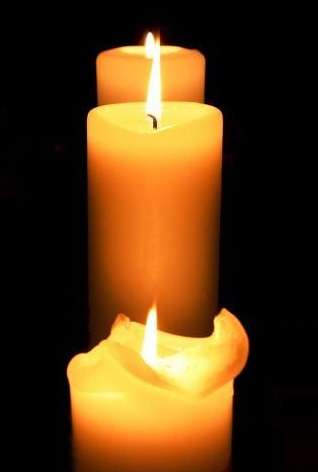
| Author Notes |
Bard = poet in Old English
3/5/6/4/7 = 25 syllables NAANI POEM is an Indian poetic form. It's very similar to Japanese Poetry in that it's succinct, syllable count based, and imagistic. It's usually about nature or human relations but not strictly. The lines are grammatically connected and never rhyme. === click here for examples -poetrysoup === click here for more information- shadowpoetry === click here for more information === poetry soup Thank you for reading and reviewing my poem. Gypsy |
![]()
By Gypsy Blue Rose

| Author Note: | If You Would Like To Join the Japanese Poetry Club, please check my author notes |

| Author Notes |
6/7/4/6 = 23 syllables naani
Cherub = A child, with a sweet, chubby, innocent face. A celestial being often represented as a beautiful rosy-cheeked child with wings; NAANI POEM is an Indian poetic form. It�??�?�¢??s very similar to Japanese Poetry in that it's succinct, syllable count based, and imagistic. It�??�?�¢??s usually about nature or human relations but not strictly. The lines are grammatically connected and never rhyme. === click here for examples -poetrysoup === click here for more information- shadowpoetry === click here for more information === poetry soup Thank you for reading and reviewing my poem. sy |
![]()
By Gypsy Blue Rose


| Author Notes |
This naani poem is zen because it has a satori (last line) of enlightenment.
NAANI POEM is an Indian poetic form. It's very similar to Japanese Poetry in that it's succinct, syllable count based, and imagistic. It's usually about nature or human relations but not strictly. The lines are grammatically connected and never rhyme. === click here for examples -poetrysoup === click here for more information- shadowpoetry === click here for more information === poetry soup Thank you for reading and reviewing my poem. Gypsy |
![]()
By Gypsy Blue Rose
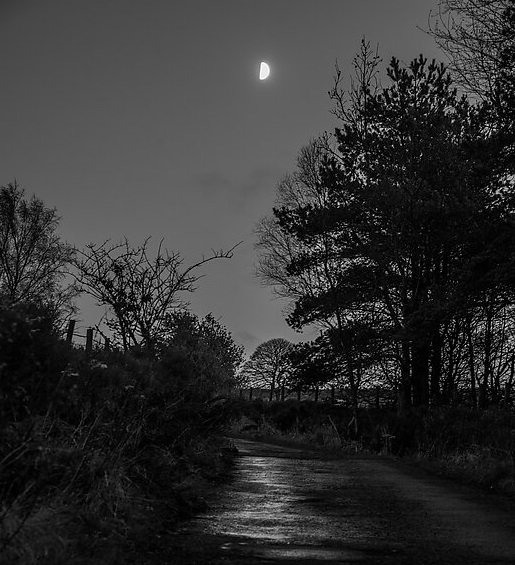
| Author Note: | If You Would Like To Join the Haiku Club, please check my author notes |


| Author Notes |
Zen Buddhism has significantly shaped the historical development of Japanese haiku. Many haiku master poets were Zen Buddhists. The satori concept is based on zen enlightenment.
This haiku is modern haiku because I use alliteration. MODERN HAIKU is the English adaptation of Classic Haiku. It's written in one to four lines with no strict syllable count, but as brief as possible. Images don't need to be taken from nature but often do. Seasonality is optional but often does. Alliteration and metaphor are okay. Haiku never rhymes. The em-dash ( -- ) emphasizes an interruption in speech before the satori. The Haiku Foundation of America Thank you very much for taking the time to read and review my poem. Gypsy "Poetry heals the wounds inflicted by reason." - Novalis |
![]()
By Gypsy Blue Rose
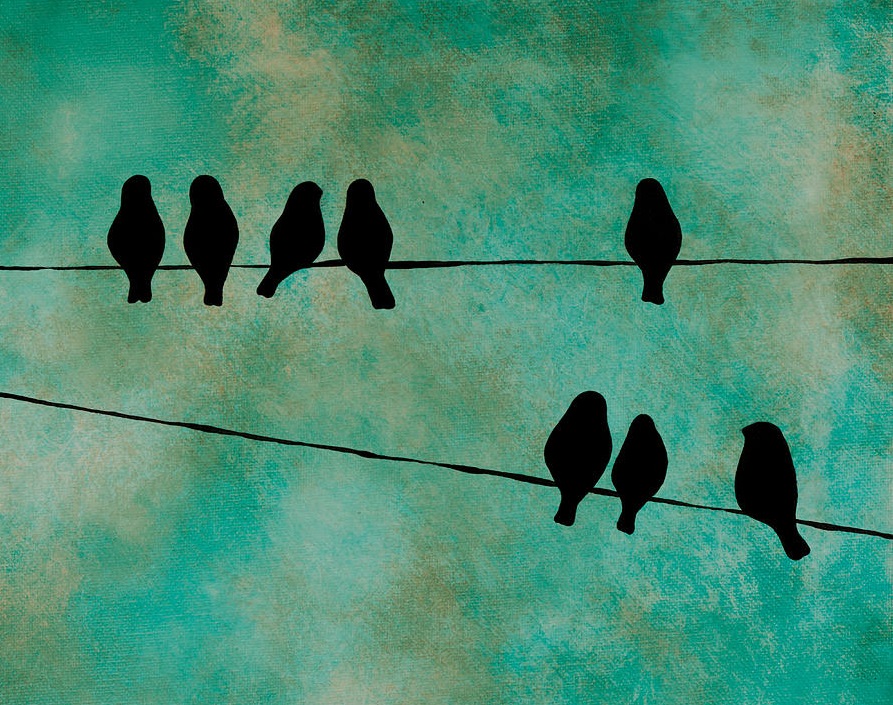
| Author Note: | For Rules, Please Read My Author Notes |

| Author Notes |
Haiku is an unrhymed Japanese poem. It juxtaposes two images in a way that prompts the reader to make an insightful connection between them. It alludes to a season of the year. The haiku is written from an observer's point of view. In Japan, haiku is written in 17 syllables and three lines ( 5/7/5) but in English is 17 syllables OR LESS. Capitalization and punctuation should only be used when necessary. No end rhymes. use a dash before the satori (usually the last line). Avoid alliteration, metaphor, personification, and capital letters (proper names are okay). === click here to read Haiku Society of America, HAIKU EXAMPLES === click here to read Haiku Society of America HAIKU RULES === click here to read why is 5/7/5 OR LESS rule
Thank you very much for taking the time to read and review my poem. Gypsy "The poet waits quietly to paint the unsaid." Atticus |
![]()
By Gypsy Blue Rose
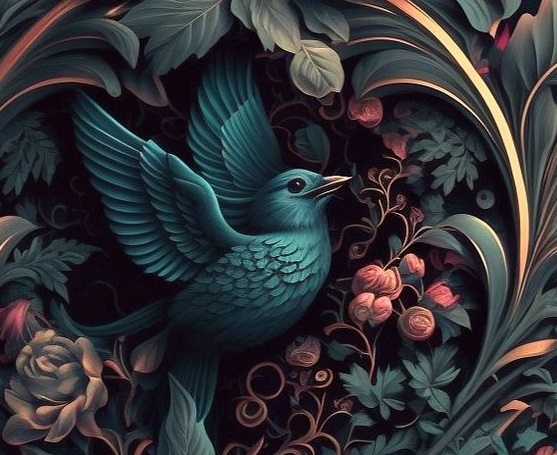

| Author Notes |
5/7/5 poems are similar to haiku but doesn't follow any rules, other than the syllables count.
Gypsy "The poet waits quietly to paint the unsaid." Atticus |
![]()
By Gypsy Blue Rose
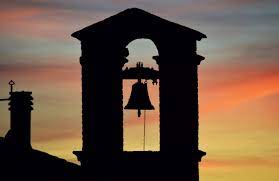

| Author Notes |
flowers are canterbury bells
The funeral tolling of a bell is the technique of sounding a single bell very slowly, with a significant gap between strikes. It is used to mark the death of a person at a funeral or burial service announcing the end of a person's life. This haiku is modern because I use alliteration. MODERN HAIKU is the English adaptation of Classic Haiku. It's written in one to four lines with no strict syllable count, but as brief as possible. These poems use a pause usually marked by a dash before the satori (an insightful twist to ponder). Images don't need to be taken from nature. Seasonality is optional. Alliteration and metaphor are okay. Never rhymes. The em-dash ( -- ) is used to emphasize an interruption in speech before the satori. Haiku usually doesn't have a title but in fanstory we have to have one. The Haiku Foundation of America Thank you very much for taking the time to read and review my poem. Gypsy "The poet waits quietly to paint the unsaid." Atticus |
![]()
By Gypsy Blue Rose


| Author Notes |
Nether world= hell or purgatory
There may be some unintentional natural rhymes FREE VERSE is an open form of poetry that does not use meter patterns and rhyme patterns. It thus tends to follow the rhythm of natural speech. Thank you for taking the time to read and review my poem. Gypsy "The poet waits quietly to paint the unsaid." Atticus |
![]()
By Gypsy Blue Rose

| Author Note: | For Rules, Please Read My Author Notes |

| Author Notes |
SENRYU is a Japanese poetic form similar to haiku. It's written in 3 lines with 17 syllables OR LESS usually in a shot/long/short form. Senryu is about human foibles while haiku tend to be about nature. Senryu doesn't need a season word (kigo) but it's okay if you do. It never rhymes. It uses imagery. for more information click here collection of senryu Thank you very much for taking the time to read and review my poem. Gypsy "The poet waits quietly to paint the unsaid." Atticus |
![]()
By Gypsy Blue Rose
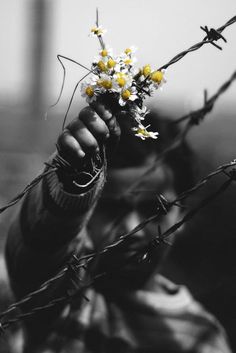
| Author Note: | If You Would Like To Join the Japanese Poetry Club, please check my author notes |

| Author Notes |
CHILD ABUSE PREVENTION HOTLINE = 1-800-422-4453 Call the 24-hour toll-free number for confidential assistance with professional crisis counselors.
At least 1 in 7 children have experienced child abuse or neglect in the past year in the United States. This is likely an underestimate because many cases are unreported. CHOKA It's a Japanese court poetic form of the 6th to 14th century consisting of nine lines in a 5/7/ 5/7/5/7/5/7/7 syllables pattern and may be repeated. Originally, CHOKA was written in 100 sets. It was composed mainly to commemorate life events. for examples and more information from the Poets Collective CLICK HERE === description Thank you for taking the time to read and review my poem. Gypsy |
![]()
By Gypsy Blue Rose


| Author Notes |
A One-Line poem is a poem that consists of a single line.
Other poems with the same form are 'the monostich' and 'the one-line haiku'. With haiku, you need a satori (phrase to stop and ponder). Thank you for taking the time to read and review my poem. Gypsy |
![]()
By Gypsy Blue Rose
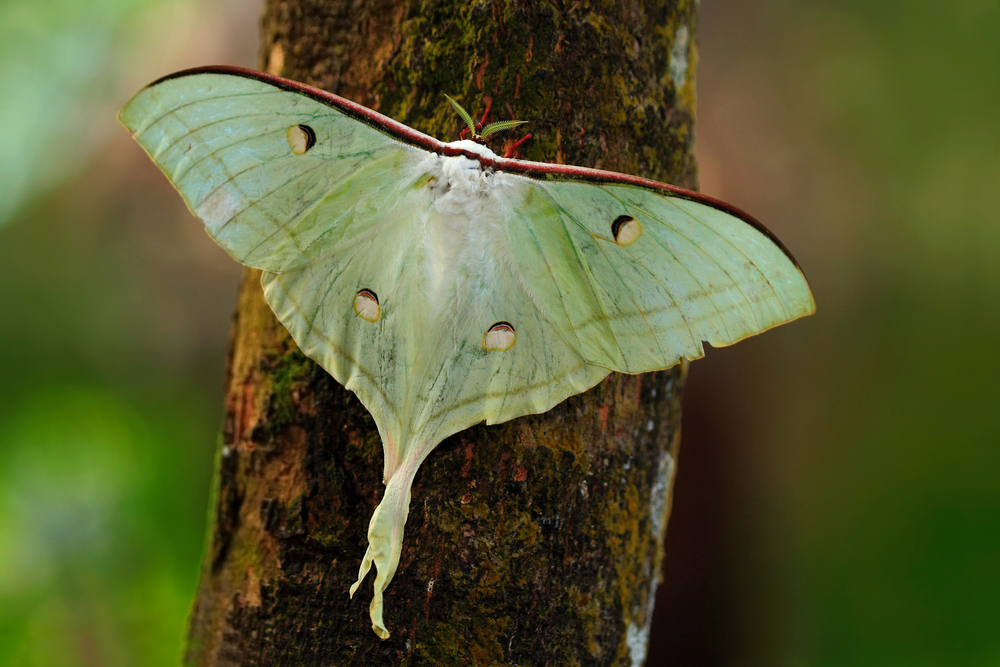

| Author Notes |
waning moon = decreasing moon
luna = moon luna moth = a type of moth click here for information Haiku is an unrhymed Japanese poem. It juxtaposes two images in a way that prompts the reader to make an insightful connection between them. It alludes to a season of the year. The haiku is written from an observer's point of view. In Japan, haiku is written in 17 syllables and three lines ( 5/7/5) but in English is 17 syllables OR LESS. Capitalization and punctuation should only be used when necessary. No end rhymes. use a dash before the satori (usually the last line). Avoid alliteration, metaphor, personification, and capital letters (proper names are okay). === click here to read Haiku Society of America, HAIKU EXAMPLES === click here to read Haiku Society of America HAIKU RULES === click here to read why is 5/7/5 OR LESS rule Thank you very much for taking the time to read and review my poem. Gypsy "The poet waits quietly to paint the unsaid." Atticus |
![]()
By Gypsy Blue Rose
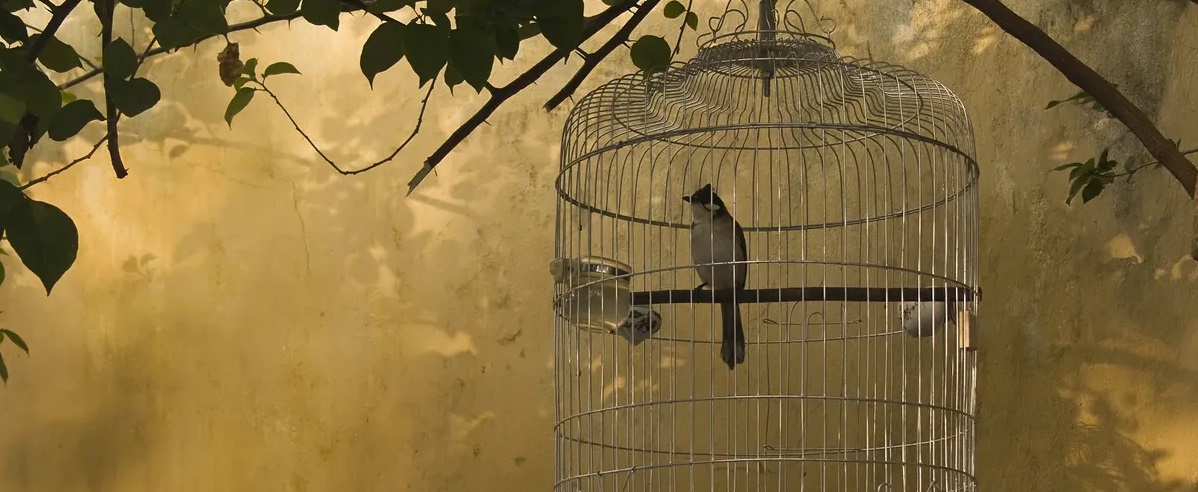

| Author Notes |
MODERN HAIKU is the English adaptation of Classic Haiku. It's written in one to four lines with no strict syllable count, but as brief as possible. These poems use a pause usually marked by a dash before the satori (an insightful twist to ponder). Images don't need to be taken from nature. Seasonality is optional. Alliteration and metaphor are okay. Never rhymes. The em-dash ( -- ) is used to emphasize an interruption in speech before the satori. Haiku usually doesn't have a title but in fanstory we have to have one. The Haiku Foundation of America
Thank you very much for taking the time to read and review my poem. Gypsy "Poetry heals the wounds inflicted by reason." - Novalis |
![]()
By Gypsy Blue Rose

| Author Note: | For Rules, Please Read My Author Notes |

| Author Notes |
Haiku is an unrhymed Japanese poem. It juxtaposes two images in a way that prompts the reader to make an insightful connection between them. It alludes to a season of the year. The haiku is written from an observer's point of view. In Japan, haiku is written in 17 syllables and three lines ( 5/7/5) but in English is 17 syllables OR LESS. Capitalization and punctuation should only be used when necessary. No end rhymes. use a dash before the satori (usually the last line). Avoid alliteration, metaphor, personification, and capital letters (proper names are okay). === click here to read Haiku Society of America, HAIKU EXAMPLES === click here to read Haiku Society of America HAIKU RULES === click here to read why is 5/7/5 OR LESS rule
Thank you very much for taking the time to read and review my poem. Gypsy "The poet waits quietly to paint the unsaid." Atticus |
![]()
By Gypsy Blue Rose
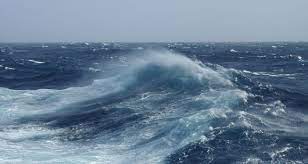
| Author Note: | For Rules, Please Read My Author Notes |
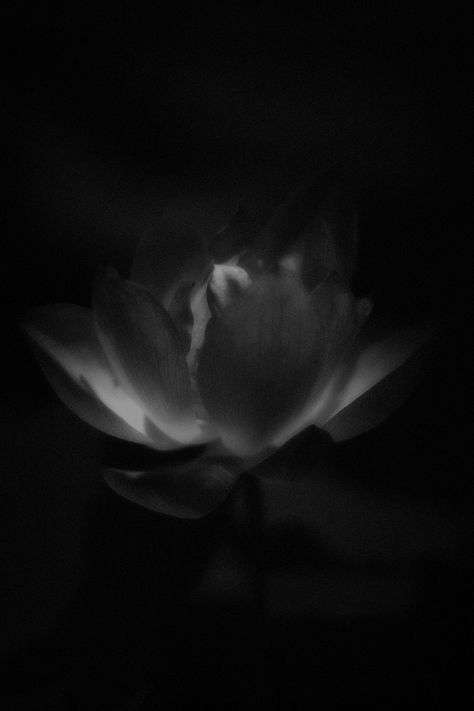
| Author Notes |
Haiku is an unrhymed Japanese poem. It juxtaposes two images in a way that prompts the reader to make an insightful connection between them. It alludes to a season of the year. The haiku is written from an observer's point of view. In Japan, haiku is written in 17 syllables and three lines ( 5/7/5) but in English is 17 syllables OR LESS. Capitalization and punctuation should only be used when necessary. No end rhymes. use a dash before the satori (usually the last line). Avoid alliteration, metaphor, personification, and capital letters (proper names are okay). === click here to read Haiku Society of America, HAIKU EXAMPLES === click here to read Haiku Society of America HAIKU RULES === click here to read why is 5/7/5 OR LESS rule
Thank you very much for taking the time to read and review my poem. Gypsy "The poet waits quietly to paint the unsaid." Atticus |
![]()
By Gypsy Blue Rose

| Author Note: | For Rules, Please Read My Author Notes |

| Author Notes |
Widow's Tears is a flower and in juxtaposition a woman who lost her husband.
MODERN HAIKU is the English adaptation of Classic Haiku. It's written in one to four lines with no strict syllable count, but as brief as possible. Images don't need to be taken from nature but often do. Seasonality is optional but often does. Alliteration and metaphor are okay. Haiku never rhymes. The em-dash ( -- ) emphasizes an interruption in speech before the satori. The Haiku Foundation of America Thank you very much for taking the time to read and review my poem. Gypsy "Poetry heals the wounds inflicted by reason." - Novalis |
![]()
By Gypsy Blue Rose

| Author Note: | For Helen ( lyenochka ) |

| Author Notes |
Common Evening Primroses are actually beautiful flowers, I used this flower for the name "common" in real life, some people feel 'plain' or 'common' but they are really beautiful inside. We may all be primroses yearning to be loved the way we are.
Common Evening Primrose is a yellow flower that blooms from early summer to early fall. They open in the evening and remain open until the following morning. The whole plant is edible, lemon-scented, and attracts night-flying moths at night and bees in the morning. SIJO poem is a traditional Korean poetic form related to haiku and tanka. Traditionally, a Sijo is comprised of 44-46 syllables OR LESS. Originally intended as songs, sijo can be romantic, metaphysical, reflection, or spiritual themes. Whatever the subject, the first line introduces an idea or story, the second supply a "turn," and the third provides closure. The pattern is not strict but it has to be 46 syllables o less. Theme 3,4,4,4 = 1st stanza/Elaboration 3,4,4,4 = 2nd stanza/Counter Theme 3,5. 3rd stanza/Completion 4,3 = 4th stanza Sijo Form Definition Thank you very much for taking the time to read and review my poem. Gypsy "The poet waits quietly to paint the unsaid." Atticus |
![]()
By Gypsy Blue Rose

| Author Note: | If You Would Like To Join the Japanese Poetry Club, please check my author notes |



| Author Notes |
The Somonka, is a Japanese verse of two unrhymed poems (5/7/5/7/7 - 5/7/5/7/7) OR LESS exchanged between lovers in a statement and response form. The earliest Somonkas can be found as far back as the 1st century AD. click here, if you like, for more information ; . click here if you want to read morew
Thank you very much for taking the time to read my poem. Gypsy |
![]()
By Gypsy Blue Rose

| Author Note: | For Rules, Please Read My Author Notes |

| Author Notes |
-- 4/7/4 = 15 syllables count, the rule is 17 syllables or less
-- It's a Spring Haiku because the tress bloom in Spring Haiku is a short Japanese poem that uses imagistic language to convey a moment in nature linked to the human experience. It originated in the thirteenth century and was mastered a century later by Matsuo Basho. Haiku usually consists of two parts separated by a dash or comma, (1st) the two top lines and (2nd) the last line (satori) an insightful twist to ponder. Sometimes the satori is in the first line. The two parts are compared in a way that prompts the reader to make an insightful connection. Haiku alludes to a season of the year. The haiku is written from an observer's point of view. In Japan, haiku is written in 17 syllables and three lines ( 5/7/5) but in English is 17 syllables OR LESS because English syllables are longer than Japanese sounds (on). Avoid capitalization and punctuation, except for personal nouns. Use poetic devices sparingly. === click here to read Haiku Society of America, HAIKU EXAMPLES === click here to read Haiku Society of America HAIKU RULES === click here to read why is 5/7/5 OR LESS rule === Modern Haiku Thank you very much for taking the time to read and review my poem. Gypsy �?�¢??Poetry heals the wounds inflicted by reason." - Novalis The picture is Shakujii Park, in Tokyo, which is a green area of ponds and forests. Photo by aeschylus18917 on flickr |
![]()
By Gypsy Blue Rose

| Author Note: | For Rules, Please Read My Author Notes |

| Author Notes |
5/8/4 = 17 syllables, the rule is 17 syllables or less
A marooned boat is washed up and abandoned at the shore Ekphrastic is a poem inspired by a picture. Haiku is a short Japanese poem that uses imagistic language to convey a moment in nature linked to the human experience. It originated in the thirteenth century and was mastered a century later by Matsuo Basho. Haiku usually consists of two parts separated by a dash or comma, (1st) the two top lines and (2nd) the last line (satori) an insightful twist to ponder. Sometimes the satori is in the first line. The two parts are compared in a way that prompts the reader to make an insightful connection. Haiku alludes to a season of the year. The haiku is written from an observer's point of view. In Japan, haiku is written in 17 syllables and three lines ( 5/7/5) but in English is 17 syllables OR LESS because English syllables are longer than Japanese sounds (on). Avoid capitalization and punctuation, except for personal nouns. Use poetic devices apparently. === click here to read Haiku Society of America, HAIKU EXAMPLES === click here to read Haiku Society of America HAIKU RULES === click here to read why is 5/7/5 OR LESS rule === Modern Haiku Thank you very much for taking the time to read and review my poem. Gypsy "Poetry heals the wounds inflicted by reason." - Novalis picture from pinterest.com the bottom flower picture is just for presentation purposes |
![]()
By Gypsy Blue Rose

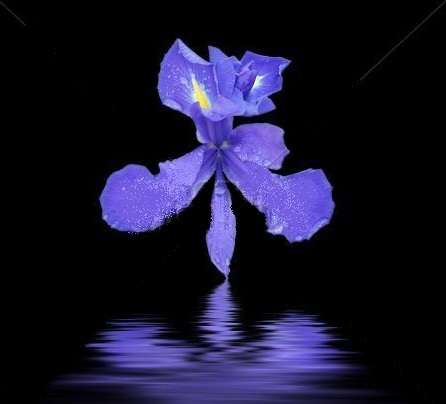
| Author Notes |
Pensive= deep in thought
zen concepts = deep in thought, reflection, meditation |
![]()
By Gypsy Blue Rose


| Author Notes |
Thank you for reading my poem,
Gypsy |
![]()
By Gypsy Blue Rose


| Author Notes |
a 5/7/5 poem is not necessarily a haiku, the only rule is the syllable count
"Sexy Sadie" is a Beatles song released on 22 November 1968. Thank you for reading and reviewing my poem Gypsy |
![]()
By Gypsy Blue Rose

| Author Note: | For Rules, Please Read My Author Notes |

| Author Notes |
CHOKA-It's a Japanese court poetic form of the 6th to 14th century consisting of nine-lines in a 5/7/5/7/5/7/5/7/7 syllables pattern and may be repeated. Originally, CHOKA was written in 100 sets. It was composed mainly to commemorate life events. for examples and more information from the Poets Collective CLICK HERE
Thank you for reading and reviewing my poem. Gypsy |
![]()
By Gypsy Blue Rose

| Author Note: | For Rules, Please Read My Author Notes |

| Author Notes |
This haiku is modern because I used personification. In classic haiku, you only write concrete images you observe, not abstract words like a melancholic feeling. The poet reflected her own feelings to the swan.
The color blue that we see on a bird is created by the way light waves interact with the feathers Modern Haiku - The most common adaptation in English haiku looks something like this: one to four lines, no strict syllable count but brief, and often with a long/short or short/long asymmetry. It's written in a way that prompts the reader to make an insightful connection between the top lines and the last one. These poems use a dash to pause before the last punch line ( satori ). Modern haiku may use any poetic devices Images need not be taken from nature, though they may be and often are. Seasonality is optional, though often featured. Here is an example: haiku.org - submissions Thank you very much for taking the time to read and review my poem. Gypsy "Poetry heals the wounds inflicted by reason." - Novalis pictures from Pinterest.com |
![]()
By Gypsy Blue Rose

| Author Note: | To join the Haiku club check my author notes |

| Author Notes |
Human Haiku combines nature with a human experience in nature, like in this case, the night, the sky, the sea; and the grief of losing a lover.
Haiku is a short Japanese poem that uses imagistic language to convey a moment in nature linked to the human experience. It originated in the thirteenth century and was mastered a century later by Matsuo Basho. Haiku usually consists of two parts separated by a dash or comma, (1st) the two top lines and (2nd) the last line (satori) an insightful twist to ponder. Sometimes the satori is in the first line. The two parts are compared in a way that prompts the reader to make an insightful connection. Haiku alludes to a season of the year. The haiku is written from an observer's point of view. In Japan, haiku is written in 17 syllables and three lines ( 5/7/5) but in English is 17 syllables OR LESS because English syllables are longer than Japanese sounds (on). Avoid capitalization and punctuation, except for personal nouns. Use poetic devices sparingly. === click here to read Haiku Society of America, HAIKU EXAMPLES === click here to read Haiku Society of America HAIKU RULES === click here to read why is 5/7/5 OR LESS rule === Modern Haiku Thank you very much for taking the time to read and review my poem. Gypsy "Poetry heals the wounds inflicted by reason." - Novalis pictures from pinterest.com |
![]()
By Gypsy Blue Rose

| Author Note: | for rules and information, please check my author notes |
| Author Notes |
Haiku is a form of Japanese poetry made of short, unrhymed lines that evoke natural imagery. The haiku gives a moment of insight based on observation.
Japanese haiku are written in 3 lines with 5/7/5 syllables form. In English is 3 lines with 17 syllables OR LESS due to the difference between Japanese and English syllables. haiku contains two separate parts: A section that creates an image (often the first two lines, but not always) Then another section that is different but connected perhaps suggests an interpretation of the first image, perhaps suggesting a contrast. Haiku should be clear and direct, with strong images in a compact and concise manner. for haiku rules click here - modern Haiku rules Thank you for reading and reviewing my poem. Gypsy "Poetry heals the wounds inflicted by reason" -- Novalis |
![]()
By Gypsy Blue Rose

beneath wintry sky
she never looked prettier —
full moon in her eyes

| Author Notes |
The picture is the Worm Full Moon visible on March 7th
This week we are learning how to write human haiku in the haiku club. Human Haiku shows the relationship between nature and the human experience. Haiku is a short Japanese poem that uses imagistic language to convey a moment in nature linked to the human experience. It originated in the thirteenth century and was mastered a century later by Matsuo Basho. Haiku usually consists of two parts separated by a dash or comma, (1st) the two top lines and (2nd) the last line (satori) an insightful twist to ponder. Sometimes the satori is in the first line. The two parts are compared in a way that prompts the reader to make an insightful connection. Haiku alludes to a season of the year. The haiku is written from an observer's point of view. In Japan, haiku is written in 17 syllables and three lines ( 5/7/5) but in English is 17 syllables OR LESS because English syllables are longer than Japanese sounds (on). Avoid capitalization and punctuation, except for personal nouns. Use poetic devices apparently. === click here to read Haiku Society of America, HAIKU EXAMPLES === click here to read Haiku Society of America HAIKU RULES === click here to read why is 5/7/5 OR LESS rule === Modern Haiku Thank you very much for taking the time to read and review my poem. Gypsy "Poetry heals the wounds inflicted by reason." - Novalis |
![]()
By Gypsy Blue Rose

| Author Note: | For Rules, Please Read My Author Notes |

| Author Notes |
Ocean sounds are very relaxing when you have too many worrisome thoughts on your mind. It helps me go to sleep.
Haiku is a short Japanese poem that uses imagistic language to convey a moment in nature linked to the human experience. It originated in the thirteenth century and was mastered a century later by Matsuo Basho. The most important thing about a haiku is that it captures and conveys a sensory image of a single moment in time, and that image resonates on a deeper level, leaving the reader feeling enlightened and making an insightful connection between the top lines and the last one (satori). These poems use a dash to pause before the last line. the last line (satori) is an insightful twist to ponder. Sometimes the satori is in the first line. The two parts are compared in a way that prompts the reader to make an insightful connection. Haiku alludes to a season of the year. The haiku is written from an observer's point of view. In Japan, haiku is written in 17 syllables and three lines ( 5/7/5) but in English is 17 syllables OR LESS because English syllables are longer than Japanese sounds (on). Avoid capitalization and punctuation, except for personal nouns. Avoid poetic devices, haiku is written from an 'observer' point of view so we don't know what plants or animals think or feel. === click here to read Haiku Society of America, HAIKU EXAMPLES === click here to read Haiku Society of America HAIKU RULES === click here to read why is 5/7/5 OR LESS rule === Modern Haiku Thank you very much for taking the time to read and review my poem. Gypsy "Poetry heals the wounds inflicted by reason." - Novalis picture from pinterest.com |
![]()
By Gypsy Blue Rose
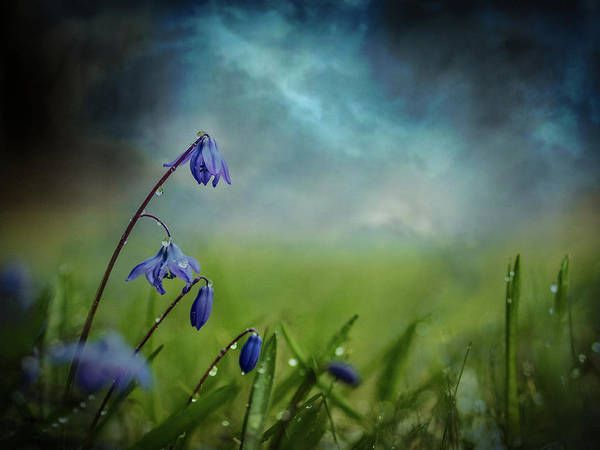
| Author Note: | For Rules, Please Read My Author Notes |

| Author Notes |
Heavy rain can damage flowers within an inch of their lives, but most are bent, not broken. Their flexibility saves them, if they had remained rigid they would have died. It's a good lesson for humans.
Haiku is a short Japanese poem that uses imagistic language to convey a moment in nature linked to the human experience. It originated in the thirteenth century and was mastered a century later by Matsuo Basho. The most important thing about a haiku is that it captures and conveys a sensory image of a single moment in time, and that image resonates on a deeper level, leaving the reader feeling enlightened and making an insightful connection between the top lines and the last one (satori). These poems use a dash to pause before the last line.. the last line (satori) an insightful twist to ponder. Sometimes the satori is in the first line. The two parts are compared in a way that prompts the reader to make an insightful connection. Haiku alludes to a season of the year. The haiku is written from an observer's point of view. In Japan, haiku is written in 17 syllables and three lines ( 5/7/5) but in English is 17 syllables OR LESS because English syllables are longer than Japanese sounds (on). Avoid capitalization and punctuation, except for personal nouns. Avoid poetic devices, haiku is written from an 'observer' point of view so we don't know what plants or animals think or feel. === click here to read Haiku Society of America, HAIKU EXAMPLES === click here to read Haiku Society of America HAIKU RULES === click here to read why is 5/7/5 OR LESS rule === Modern Haiku Thank you very much for taking the time to read and review my poem. Gypsy "Poetry heals the wounds inflicted by reason." - Novalis pictures from pinterest.com |
![]()
By Gypsy Blue Rose

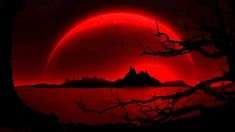
| Author Notes |
CHOKA-It's a Japanese court poetic form of the 6th to 14th century consisting of nine lines in a 5/7 /5/7/5/7/5/7/7 syllables pattern and may be repeated. Originally, CHOKA was written in 100 sets. for examples and more information from the Poets Collective CLICK HERE
|
![]()
By Gypsy Blue Rose

| Author Note: | If You Would Like To Join the Japanese Poetry Club, please check my author notes |

after morning rain
spider's string of clear diamonds

| Author Notes |
Jiyu-shi is a modern Japanese free-style poetic form developed in Japan in the 19th century. The form consists of 5/7 stanza, you may write one or more stanzas = source
Thank you very much for taking the time to read and review my poem, Gypsy picture from pinterest.com |
![]()
By Gypsy Blue Rose
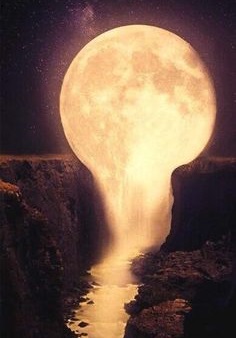
full moon pours
a million nights —
into the river

| Author Notes |
Haiku is a short Japanese poem that uses imagistic language to convey a moment in nature linked to the human experience. It originated in the thirteenth century and was mastered a century later by Matsuo Basho. The most important thing about a haiku is that it captures and conveys a sensory image of a single moment in time, and that image resonates on a deeper level, leaving the reader feeling enlightened and making an insightful connection between the top lines and the last one (satori). These poems use a dash to pause before the last line..
the last line (satori) an insightful twist to ponder. Sometimes the satori is in the first line. The two parts are compared in a way that prompts the reader to make an insightful connection. Haiku alludes to a season of the year. The haiku is written from an observer's point of view. In Japan, haiku is written in 17 syllables and three lines ( 5/7/5) but in English is 17 syllables OR LESS because English syllables are longer than Japanese sounds (on). Avoid capitalization and punctuation, except for personal nouns. Avoid poetic devices, haiku is written from an 'observer' point of view so we don't know what plants or animals think or feel. === click here to read Haiku Society of America, HAIKU EXAMPLES === click here to read Haiku Society of America HAIKU RULES === click here to read why is 5/7/5 OR LESS rule === Modern Haiku Thank you very much for taking the time to read and review my poem. Gypsy "Poetry heals the wounds inflicted by reason." - Novalis |
![]()
By Gypsy Blue Rose
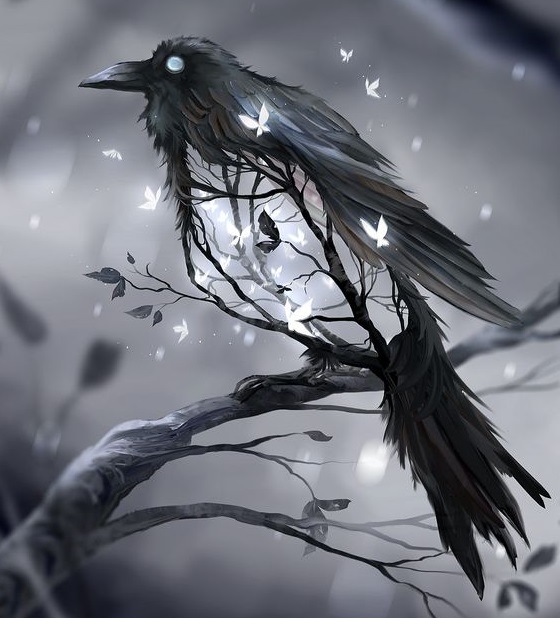
raven melts
into withered bough —
winter in its heart

| Author Notes |
Haiku is a short Japanese poem that uses imagistic language to convey a moment in nature linked to the human experience. It originated in the thirteenth century and was mastered a century later by Matsuo Basho. The most important thing about a haiku is that it captures and conveys a sensory image of a single moment in time, and that image resonates on a deeper level, leaving the reader feeling enlightened and making an insightful connection between the top lines and the last one (satori). These poems use a dash to pause before the last line..
the last line (satori) an insightful twist to ponder. Sometimes the satori is in the first line. The two parts are compared in a way that prompts the reader to make an insightful connection. Haiku alludes to a season of the year. The haiku is written from an observer's point of view. In Japan, haiku is written in 17 syllables and three lines ( 5/7/5) but in English is 17 syllables OR LESS because English syllables are longer than Japanese sounds (on). Avoid capitalization and punctuation, except for personal nouns. Avoid poetic devices, haiku is written from an 'observer' point of view so we don't know what plants or animals think or feel. === click here to read Haiku Society of America, HAIKU EXAMPLES === click here to read Haiku Society of America HAIKU RULES === click here to read why is 5/7/5 OR LESS rule === Modern Haiku Thank you very much for taking the time to read and review my poem. Gypsy "Poetry heals the wounds inflicted by reason." - Novalis |
![]()
By Gypsy Blue Rose
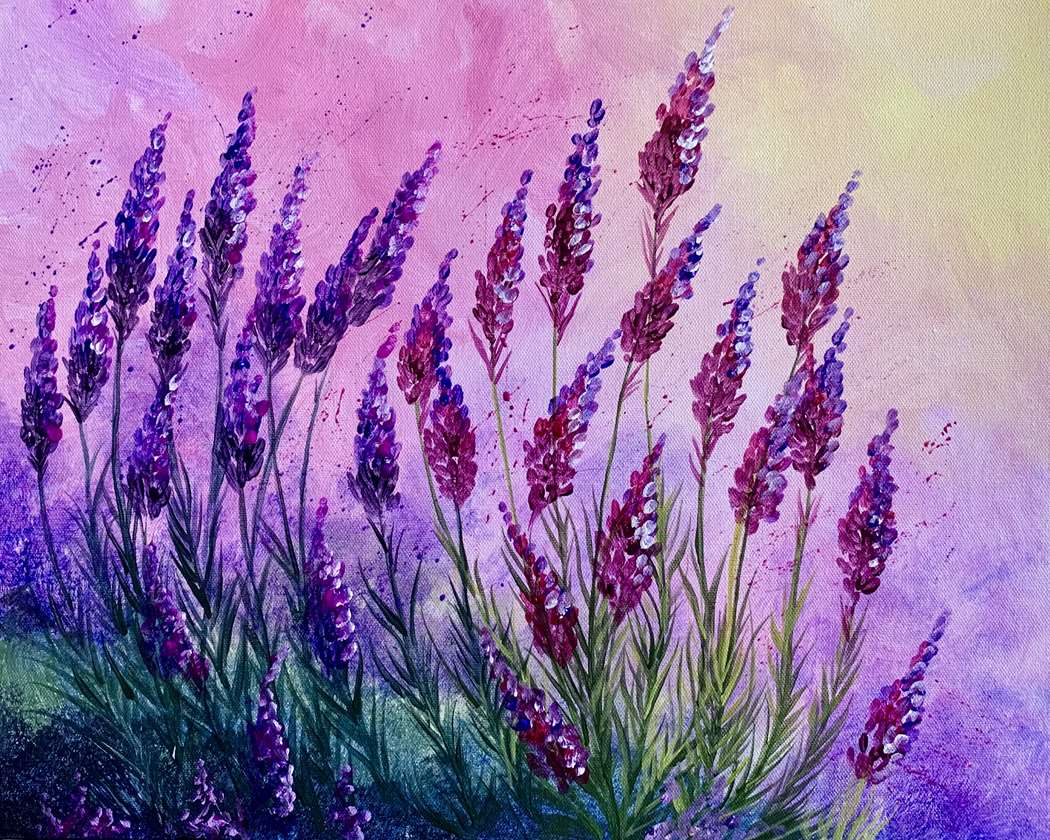
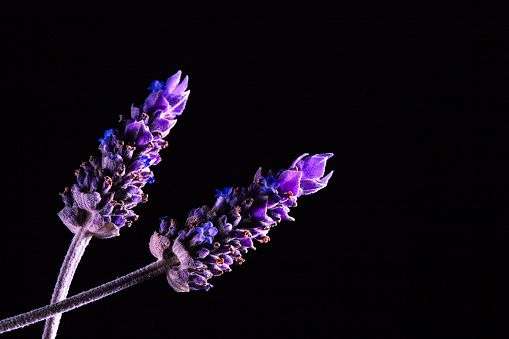
| Author Notes |
HAIBUN is a Japanese poetic form that combines prose and haiku. The prose is usually descriptive and succint, keep it simple. Evoke the senses. Write in the present tense. It uses poetic devices and the imagery evokes a sensory impression in the reader. The section of prose is then followed by a haiku that serves to deepen the meaning of the prose, either by intensifying its themes or serving as a juxtaposition to the prose�??�?�¢??s content. HAIBUN was created by Matsuo Basho in the 17th century. Resources: click here for haiku society of America definiton *** haibun today *** for wikipedia click here ==== for graceguts click here
Thank you very much for reading and reviewing my poem, Gypsy picture from google public domain |
![]()
By Gypsy Blue Rose
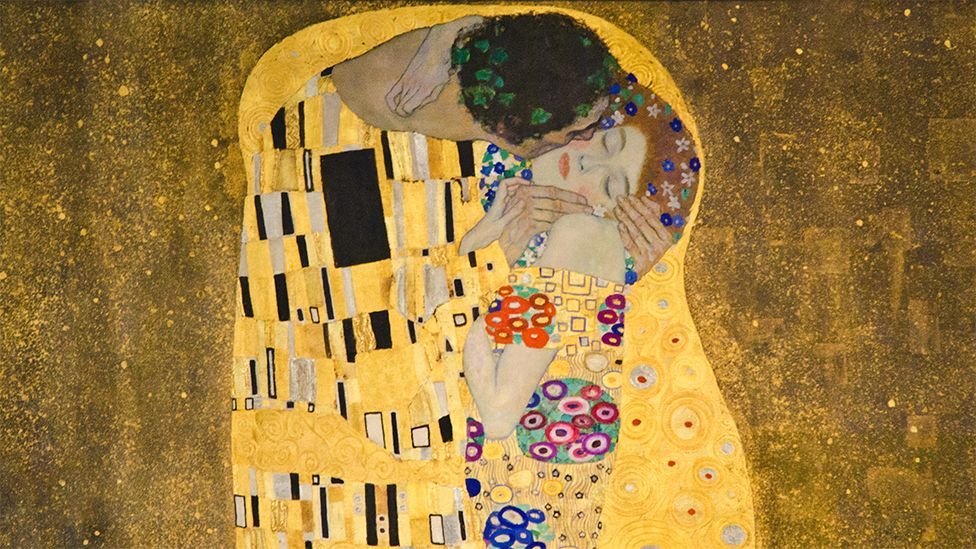

| Author Notes |
Painting "The Kiss" by Gustav Klimt
|
![]()
By Gypsy Blue Rose

| Author Note: | If You Would Like To Join the Japanese Poetry Club, please check my author notes |

| Author Notes |
GOGYOHKA is a five-line free-style Japanese poetic form with no strict rules on syllables count but as brief as possible. Any theme. Lines are grammatically connected. Alliteration, personification, and metaphor are okay but never rhyme. Japanese poets have written gogyohka since the 1910s. However, they did not name the form until 1983 by poet Enta Kusakabe. === source = writers digest ===source=wikipedia
Thank you for taking the time to read and review my poem. Gypsy picture from google public domain |
![]()
By Gypsy Blue Rose
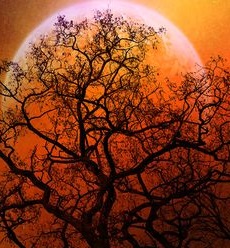
| Author Note: | If You Would Like To Join the Japanese Poetry Club, please check my author notes |

Harvest moon aflame
kisses the distant horizon.
Oaktree's boughs
disrobed crimson and golden leaves.

| Author Notes |
SEPTOLET is an American variation of haiku poem. The origin is French but otherwise unknown. It is an unrhymed poem that consists of fourteen words divided into two stanzas. Both stanzas deal with the same subject and create a picture with words. You may use art with your Septolet. The first letter of the first word in each stanza begins with a capital letter and ends with a period. Align left. No proper nouns. Each could stand separately, but both are related. === septolet origen and form === shadow poetry.com === all poetry.com
Gypsy 'Poetry heals the wounds inflicted by reason.' - Novalis picture from google public domain |
![]()
By Gypsy Blue Rose


| Author Notes |
Inspired by a personal experience. I got lost in the crowd after church and a nice lady took me to my home. I was lucky to find a good person, she was my angel.
FORM IS WRITTEN IN 5 to 7 SYLLABLES AND 4 to 8 LINES. Japanese poets wrote in classical Chinese during the Tang Dynasty in the Heian Era (794-1185), Chinese was the language of courts in Japan. Kanshi was practiced and enjoyed only by aristocrats at the beginning but has remained popular throughout Japanese history, especially among academics and intellectuals. more info from wikipedia -- more info from simplyhaiku.com -- the HaikuFoundation.org Thank you very much for reading and reviewing my poem. Gypsy "learn the rules like a pro so that you can break them like an artist". - Picasso |
![]()
By Gypsy Blue Rose

| Author Note: | For Rules, Please Read My Author Notes |

| Author Notes |
TANKA is a Japanese unrhymed poem having about 12 to 31 syllables usually arranged in five lines. The first English-speaking poets imitated the Japanese models of 5-7-5-7-7 syllabic structure in five lines, but because Japanese syllables are shorter than English syllables the poems were too wordy and choppy. The beginning two lines are descriptive and image-focused, and the third line serves as a transition to the bottom two lines which are reflective using metaphor, simile, or personification. The subject matter varies, but most tanka are emotionally stirring or profound, and many are about love. Tanka originated in the seventh century in the Japanese Imperial Court, where women and men engaged in courtship. click here if you want to read modern tanka examples === click here to read Tanka Society of America === click here if you want to read modern tanka rules
Thank you very much for taking the time to read and review my poem. Gypsy "Poetry heals the wounds inflicted by reason." - Novalis |
![]()
By Gypsy Blue Rose

Do you see
the same full moon tonight?
Does stardust
veil your golden skin?
Does the skylark
sing you love songs?
I r e a l i z e . . .
I’m one in a million
in love with you
and all the poems
I send you
return to sender
so I make do
with my lover,
the handsome moon.

| Author Notes |
Thank you for reviewing my poem,
Gypsy ''Life is not measured by the number of breaths we take, but by the moments that take our breath away.'' - Maya Angelou |
![]()
By Gypsy Blue Rose

| Author Note: | Not Crude |
pinned against the wall
with trembling arms ‘bove her head
and heavy breathing
he kisses her pretty neck
and gives gentle bites
she surrenders completely
trusting he loves her
and after so many years
she still is his sexy wife

| Author Notes |
CHOKA-It's a Japanese court poetic form of the 6th to 14th century consisting of nine-lines in a 5/7/5/7/5/7/5/7/7 syllables pattern and may be repeated. Originally, CHOKA was written in 100 sets. It was composed mainly to commemorate life events. for examples and more information from the Poets Collective CLICK HERE
|
![]()
By Gypsy Blue Rose

Feeling good
when you put your hands
all over me.
Looking into
your deep night eyes
I get lost
in your starry sky.
I dip
into the warm sea
of your soul
submersed in love.

| Author Notes |
SIJO poem is a traditional Korean poetic form related to haiku and tanka. Traditionally, a Sijo is comprised of 44-46 syllables OR LESS. Originally intended as songs, sijo can be romantic, metaphysical, reflection, or spiritual themes. Whatever the subject, the first line introduces an idea or story, the second supply a "turn," and the third provides closure. The pattern is not strict but it has to be 46 syllables o less. Theme 3,4,4,4 = 1st stanza/Elaboration 3,4,4,4 = 2nd stanza/Counter Theme 3,5. 3rd stanza/Completion 4,3 = 4th stanza Sijo Form Definition
Thank you very much for taking the time to read and review my poem. Gypsy "The poet waits quietly to paint the unsaid." Atticus |
![]()
By Gypsy Blue Rose
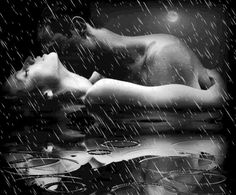
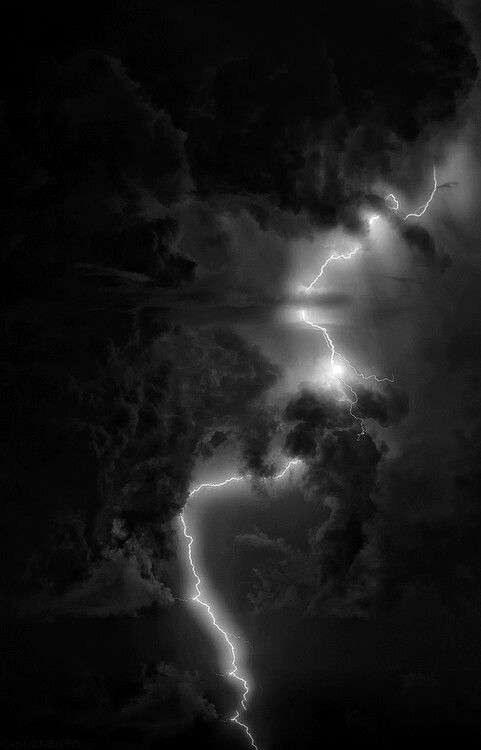
| Author Notes |
FREE VERSE is an open form of poetry that does not use meter patterns and rhyme patterns. It thus tends to follow the rhythm of natural speech.
Gypsy "The poet waits quietly to paint the unsaid." Atticus |
![]()
By Gypsy Blue Rose

| Author Note: | For Rules, Please Read My Author Notes |

Yearning for your touch
and a thousand kisses
all over me —
as incessant rain and wind
play a tune on our window glass

morning light sneaks through
slanted blinds with fairy dust —
that covers your cinnamon
and sugared skin
enticing my need to taste

our laughter echoes
throughout our empty first home —
all we need for now
is our comfy sturdy bed
and a table for two

| Author Notes |
TANKA is a Japanese unrhymed love poem having about 12 to 31 syllables usually arranged in five lines. The first English-speaking poets imitated the Japanese models of 5-7-5-7-7 syllabic structure in five lines, but because Japanese syllables are shorter than English syllables the poems were too wordy and choppy. The beginning two lines are descriptive and image-focused, and the third line serves as a transition to the bottom two lines which are reflective using metaphor, simile, or personification. The subject matter varies, but most tanka are emotionally stirring or profound, and many are about love. Tanka originated in the seventh century in the Japanese Imperial Court, where women and men engaged in courtship. click here if you want to read modern tanka examples === click here to read Tanka Society of America === click here if you want to read modern tanka rules
Thank you very much for taking the time to read and review my poem. Gypsy "Poetry heals the wounds inflicted by reason." - Novalis Picture from pinterest.com |
![]()
By Gypsy Blue Rose

| Author Note: | If You Would Like To Join the Japanese Poetry Club, please check my author notes |

| Author Notes |
Pirouette = a whirling about on the points of the toes, as in ballet dancing.
The Kojiki is divided into three parts: upper 5/7/5 - middle 5/7/5 - lower 7/7/7 syllables count. it uses a kigo (one seasonal reference: winter, summer, spring, or autumn). You may tell a real part of our history, a personal story, or a fictional story. Keep it simple. HISTORY of KOJIKI It's the oldest poetic form that dates back to the year 712. It's a compilation of poetic history and mythology passed on by mouth from generation to generation in the 8th century before written Japanese existed. Thank you very much for taking the time to read and review my poem. Gypsy |
![]()
By Gypsy Blue Rose

| Author Note: | If You Would Like To Join the Japanese Poetry Club, please check my author notes |

| Author Notes |
The Kojiki is divided into three parts: upper 5/7/5 - middle 5/7/5 - lower 7/7/7 syllables count. it uses a kigo (one seasonal reference: winter, summer, spring, or autumn). You may tell a real part of our history, a personal story, or a fictional story. Keep it simple. HISTORY of KOJIKI It's the oldest poetic form that dates back to the year 712. It's a compilation of poetic history and mythology passed on by mouth from generation to generation in the 8th century before written Japanese existed.
Thank you for taking the time to read and review my poem. Gypsy |
![]()
By Gypsy Blue Rose

| Author Note: | Poem about a fan's infatuation with a movie star |

| Author Notes |
This poem is about the infatuation fans have for their favorite movie star.
FREE VERSE is an open form of poetry that does not use meter patterns and rhyme patterns. It thus tends to follow the rhythm of natural speech. Actor Pedro Pascal Biography: born April 2, 1975, is a Chilean-American actor. After nearly two decades of taking small roles in film and television, Pascal rose to prominence for portraying Oberyn Martell during the fourth season of the HBO fantasy series Game of Thrones (2014) and as Javier Pena in the Netflix crime series Narcos (2015-2017). Since 2019, he has starred as the title character in the Disney+ Star Wars series The Mandalorian and reprised his role in the spin-off series The Book of Boba Fett (2021). Since 2023, he has played Joel in the HBO drama series The Last of Us. He has appeared in the films The Adjustment Bureau (2011), The Great Wall (2016), Kingsman: The Golden Circle (2017), The Equalizer 2 (2018), Triple Frontier (2019), Wonder Woman 1984 (2020), and The Unbearable Weight of Massive Talent (2022). Gypsy "The poet waits quietly to paint the unsaid." Atticus pictures from google public domain |
![]()
By Gypsy Blue Rose
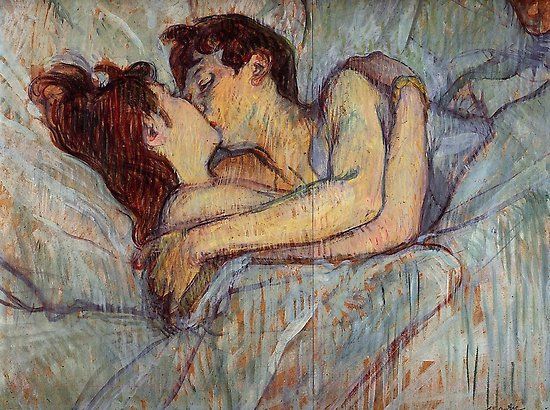
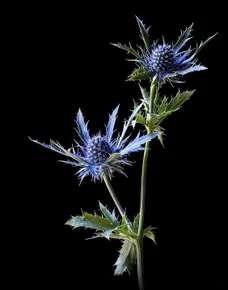
| Author Notes |
FREE VERSE is an open form of poetry that does not use meter patterns and rhyme patterns. It thus tends to follow the rhythm of natural speech.
Gypsy "The poet waits quietly to paint the unsaid." Atticus Painting by Henri de Toulouse-Lautrec, French painter from 19th century |
![]()
By Gypsy Blue Rose

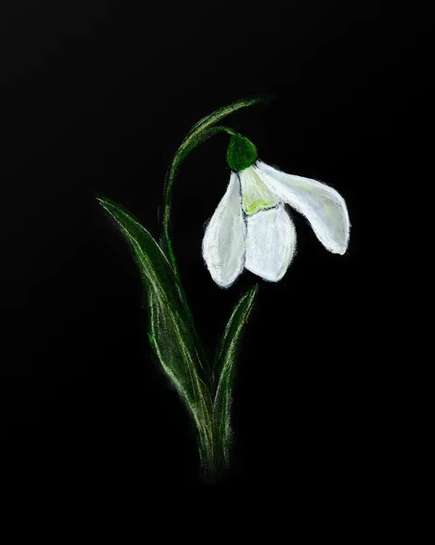
| Author Notes |
FREE VERSE is an open form of poetry that does not use meter patterns and rhyme patterns. It thus tends to follow the rhythm of natural speech.
Gypsy "The poet waits quietly to paint the unsaid." Atticus pictures from pinterest.com |
![]()
By Gypsy Blue Rose



| Author Notes |
Fiction
FREE VERSE is an open form of poetry that does not use meter patterns and rhyme patterns. It thus tends to follow the rhythm of natural speech. Gypsy "The poet waits quietly to paint the unsaid." Atticus |
![]()
By Gypsy Blue Rose
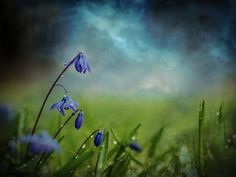
| Author Note: | For Rules, Please Read My Author Notes |
days of dark clouds
and languid blue flowers —
the fallen chick

| Author Notes |
When baby birds fall out of their nest will usually spend two to five days on the ground once they are out of the nest, flapping their wings and hopping about.
Languid = lacking in vigor or vitality HAIKU is a short unrhymed poem that records the essence of a deeply felt moment in time. The traditional haiku links human nature to all nature and to existence. It seeks to transcend the intellect. It alludes to a season of the year. In Japan, haiku is written in 17 syllables and three lines ( 5/7/5) but in English is 17 syllables OR LESS because Japanese and English syllables are different. Avoid capitalization and punctuation except for a dash before the satori (sudden enlightenment) usually in the last line but it can be in the first line too.. Avoid poetic devices. Keep verbs in the present tense. â?? click here to read Haiku Society of America, HAIKU EXAMPLES === click here to read Haiku Society of America HAIKU RULES === click here to read why is 5/7/5 OR LESS rule === Modern Haiku Thank you very much for taking the time to read and review my poem. Gypsy "Poetry heals the wounds inflicted by reason." - Novalis pictures from pinterest |
![]()
By Gypsy Blue Rose

searching for your love
in the deepest sea
of betrayal and pain
is a senseless fool's errand
I built my life around you
and when you left
you took my purpose
and will to live
Now hazy memories
invade my protection walls
cruel images of us
I can't touch or relive
Seems like I loved you
for a million years
and planned to love you
even more
~ but you left ~
I stopped looking long ago
but if I ever find true love
it will be nothing like you
Soon
I won't be able to remember
who we were
all those years of "us"
will dissipate
into nothingness
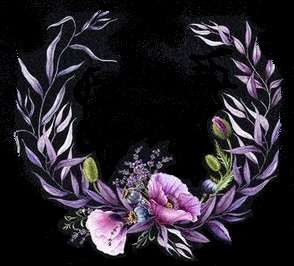
| Author Notes |
Thank you very much for taking the time to read and review my poem.
Gypsy |
![]()
By Gypsy Blue Rose
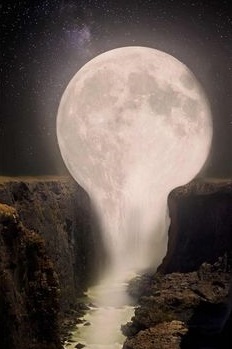
| Author Note: | For Rules, Please Read My Author Notes |

| Author Notes |
Ekphrastic is a poem inspired by a picture or painting
HAIKU is a Japanese short unrhymed poem that uses imagistic language to express the essence of a deeply felt moment in time. It resonates on a deeper level, leaving the reader enlightened and making an insightful connection between the top two lines and the last one, called the SATORI. It originated in the thirteenth century and was mastered a century later by Matsuo Basho. HAIKU uses a dash to pause before the SATORI.. Haiku is about nature and it alludes to a season of the year. The haiku is written from an observer's point of view. In Japan, haiku is written in 17 syllables and three lines ( 5/7/5) but in English is 17 syllables OR LESS because English syllables are longer than Japanese syllables. Avoid capitalization (except proper names) and punctuation. Avoid metaphor and personification, you write about what you can SEE. === click here to read Haiku Society of America, HAIKU EXAMPLES === click here to read Haiku Society of America HAIKU RULES === click here to read why is 5/7/5 OR LESS rule === Modern Haiku Thank you for taking the time to review my poem, Gypsy "Poetry heals the wounds inflicted by reason." - Novalis pictures from interest, the flowers are moonflowers |
![]()
By Gypsy Blue Rose
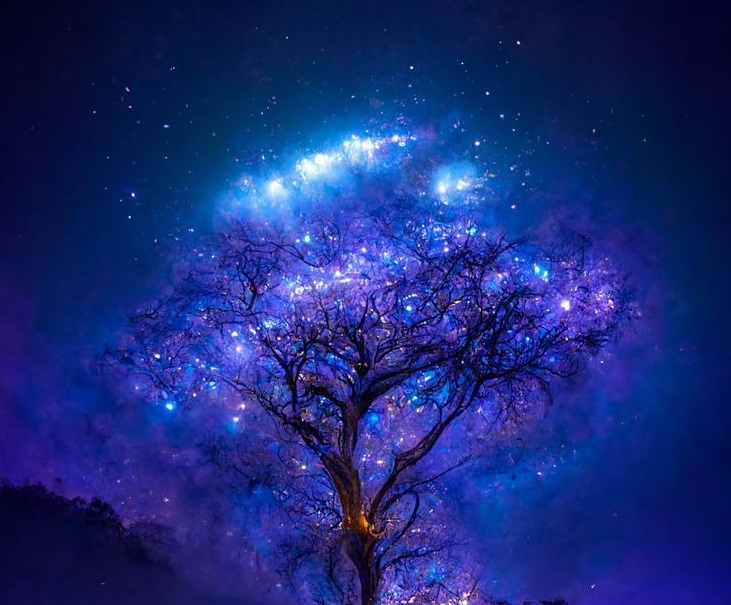
| Author Note: | For Rules, Please Read My Author Notes |

| Author Notes |
HAIKU is a Japanese short unrhymed poem that uses imagistic language to express the essence of a deeply felt moment in time. It resonates on a deeper level, leaving the reader enlightened and making an insightful connection between the top two lines and the last one, called the SATORI. It originated in the thirteenth century and was mastered a century later by Matsuo Basho. HAIKU uses a dash to pause before the SATORI.. Haiku is about nature and it alludes to a season of the year. The haiku is written from an observer's point of view. In Japan, haiku is written in 17 syllables and three lines ( 5/7/5) but in English is 17 syllables OR LESS because English syllables are longer than Japanese syllables. Avoid capitalization (except proper names) and punctuation. Avoid metaphor and personification, you write about what you can SEE. === click here to read Haiku Society of America, HAIKU EXAMPLES === click here to read Haiku Society of America HAIKU RULES === click here to read why is 5/7/5 OR LESS rule === Modern Haiku
Thank you very much for taking the time to read and review my poem. Gypsy "Poetry heals the wounds inflicted by reason." - Novalis |
![]()
By Gypsy Blue Rose


| Author Notes |
CHOKA-It's a Japanese court poetic form of the 6th to 14th century consisting of nine-lines in a 5/7/5/7/5/7/5/7/7 syllables pattern and may be repeated. Originally, Choka was written in 100 sets. It was composed mainly to commemorate life events. for examples and more information from the Poets Collective CLICK HERE
Thank you very much for taking the time to read and review my poem. Gypsy "The poet waits quietly to paint the unsaid." Atticus picture from pinterest.com |
![]()
By Gypsy Blue Rose


| Author Notes |
Calvin Klein Obsession = men's cologne
CHOKA-It's a Japanese court poetic form of the 6th to 14th century consisting of nine-lines in a 5/7/5/7/5/7/5/7/7 syllables pattern and may be repeated. Originally, CHOKA was written in 100 sets. It was composed mainly to commemorate life events. for examples and more information from the Poets Collective CLICK HERE Thank you very much for taking the time to read and review my poem. Gypsy Gypsy "The poet waits quietly to paint the unsaid." Atticus picture Pinterest.com |
![]()
By Gypsy Blue Rose

| Author Note: | If You Would Like To Join the Haiku Club, please check my author notes |


| Author Notes |
This week in the Haiku Club we are learning the difference between 5/7/5 poems and haiku. 5/7/5 poems have only ONE rule, the syllables count. While Haiku have many rules. Some 5/7/5 poems may look haikuish and that is okay, as long as you know that other than the syllable count in 3 lines is the only requirement. If you have any questions, please don't hesitate to contact me. I'm happy to help.
-- 5/7/5 POEM RULES: they have 17 syllables divided in 3 lines: 5/7/5 form, no other rules apply -- HAIKU is a Japanese short unrhymed poem that uses imagistic language to express the essence of a deeply felt moment in time. It resonates on a deeper level, leaving the reader enlightened and making an insightful connection between the top two lines and the last one, called the SATORI. It originated in the thirteenth century and was mastered a century later by Matsuo Basho. HAIKU uses a dash to pause before the SATORI.. Haiku is about nature and it alludes to a season of the year. The haiku is written from an observer's point of view. In Japan, haiku is written in 17 syllables and three lines ( 5/7/5) but in English is 17 syllables OR LESS because English syllables are longer than Japanese syllables. Avoid capitalization (except proper names) and punctuation. Avoid metaphor and personification, you write about what you can SEE. === click here to read Haiku Society of America, HAIKU EXAMPLES === click here to read Haiku Society of America HAIKU RULES === click here to read why is 5/7/5 OR LESS rule === Modern Haiku Thank you very much for taking the time to read and review my poem. Gypsy picture from Pinterest.com |
![]()
By Gypsy Blue Rose
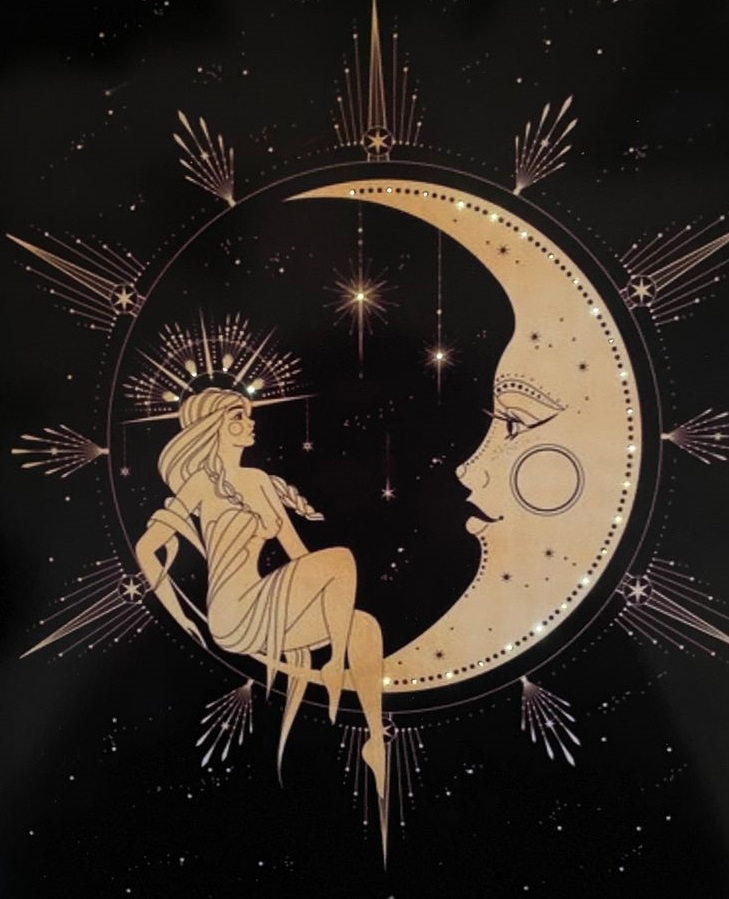
| Author Note: | For Rules, Please Read My Author Notes |
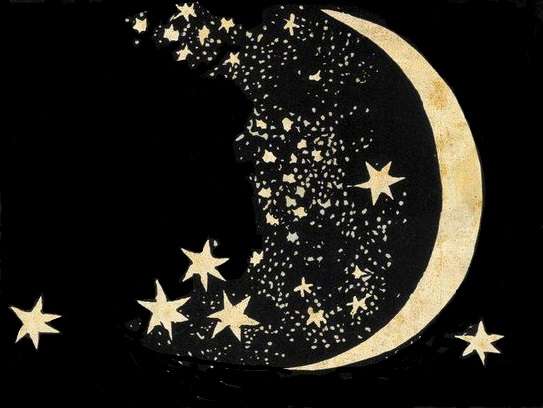
| Author Notes |
TANKA is a Japanese unrhymed love poem having about 12 to 31 syllables usually arranged in five lines. The first English-speaking poets imitated the Japanese models of 5-7-5-7-7 syllabic structure in five lines, but because Japanese syllables are shorter than English syllables the poems were too wordy and choppy. The beginning two lines are descriptive and image-focused, and the third line serves as a transition to the bottom two lines which are reflective using metaphor, simile, or personification. The subject matter varies, but most tanka are emotionally stirring or profound, and many are about love. Tanka originated in the seventh century in the Japanese Imperial Court, where women and men engaged in courtship. click here if you want to read modern tanka examples === click here to read Tanka Society of America === click here if you want to read modern tanka rules
Thank you very much for taking the time to read and review my poem. Gypsy "Poetry heals the wounds inflicted by reason." - Novalis picture from pinterest.com |
![]()
By Gypsy Blue Rose
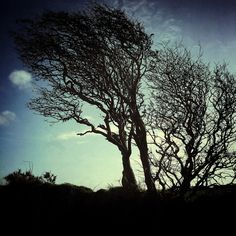
| Author Note: | For Rules, Please Read My Author Notes |
winds whistle
through swaying trees
with no leaves to blow —
boughs full of winter
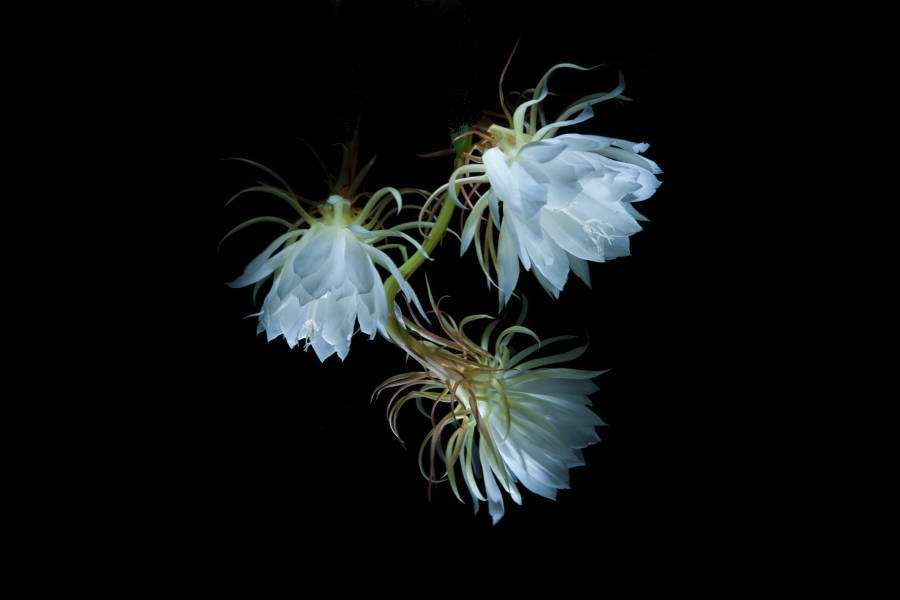
| Author Notes |
Modern Haiku is a brief Japanese poem that epitomizes a single moment. The form is 17 syllables or LESS, in 1 to 4 lines as brief as possible. It doesn't have to follow the 5/7/5 pattern because Japanese and English syllables are not the same. It uses the juxtaposition of two concrete images, often a universal condition of nature and a particular aspect of human experience, in a way that prompts the reader to make an insightful connection between the two. The best haiku alludes to the season of the year. Poetic devices may be used. The haiku is written from an observer's point of view.. -- modern haiku rules -- modern haiku examples If you have any haiku questions, don't hesitate to contact me.
Thank you very much for taking the time to read and review my poem. Gypsy "Poetry heals the wounds inflicted by reason." - Novalis pictures from pinterest.com |
![]()
By Gypsy Blue Rose

| Author Note: | Dedicated to people suffering depression |

| Author Notes |
There are many myths about depression. Some people think it's the blues and tell the depressed person to get over it or to push on through. It's hard to have an illness that can't be seen. If someone has a broken leg there is no denying it, but mental illness is inside and out of sight.
The good news for people with mental illness is that with the right medication and therapy, they can live a normal life. I wrote this poem in honor of the fanstorians who may be feeling depressed, to those people I say, "don't give up, it gets better". If you are feeling suicidal, call or text 988 if you are depressed or know someone who is, click here for more information It is estimated that more than one in five U.S. adults live with a mental illness (57.8 million in 2021). Mental illnesses include many different conditions that vary in degree of severity, ranging from mild to moderate to severe. Thank you for taking the time to read it. Gypsy |
![]()
By Gypsy Blue Rose
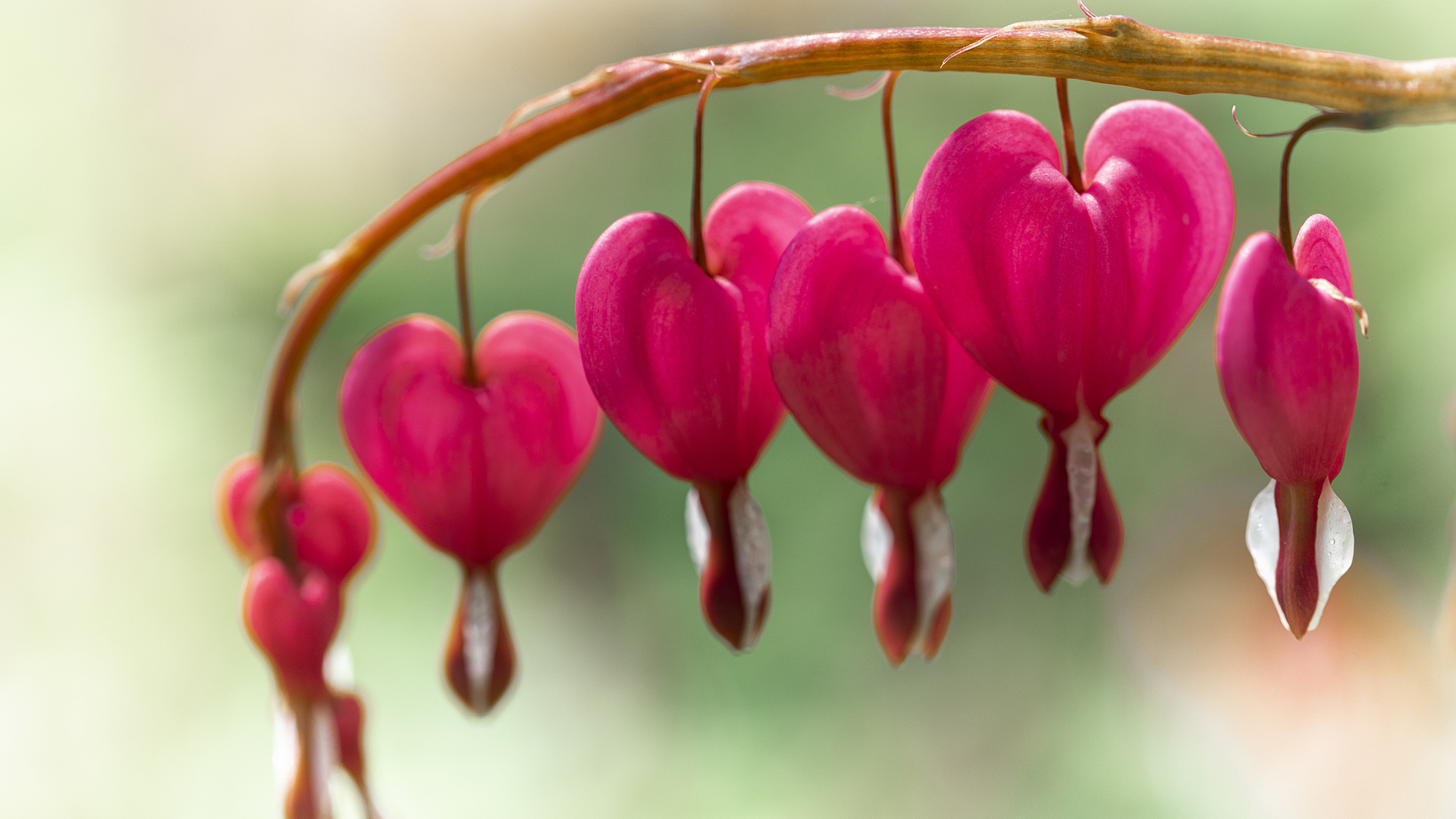

| Author Notes |
Picture of Asian bleeding heart flowers
The laughing kookaburra is a bird from Australia, the bird makes a sound like laughter TANKA is a Japanese unrhymed love poem having about 12 to 31 syllables usually arranged in five lines. The first English-speaking poets imitated the Japanese models of 5-7-5-7-7 syllabic structure in five lines, but because Japanese syllables are shorter than English syllables the poems were too wordy and choppy. The beginning two lines are descriptive and image-focused, and the third line serves as a transition to the bottom two lines which are reflective using metaphor, simile, or personification. The subject matter varies, but most tanka are emotionally stirring or profound, and many are about love. Tanka originated in the seventh century in the Japanese Imperial Court, where women and men engaged in courtship. click here if you want to read modern tanka examples === click here to read Tanka Society of America === click here if you want to read modern tanka rules Thank you very much for taking the time to read and review my poem. Gypsy "Poetry heals the wounds inflicted by reason." - Novalis |
![]()
By Gypsy Blue Rose
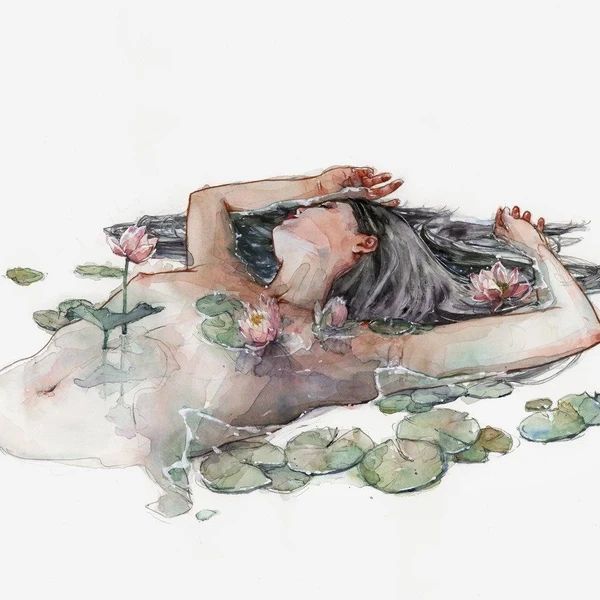

| Author Notes |
A lotus is a survivor, it rises from the dark muddy waters and finds the warmth and nourishment of the Light. As the bud hits the surface of the water and drinks in the sunlight, the petals open, signifying an achievement. Oftentimes in our busy lives, we overlook the smallest achievements. Each petal that opens is an achievement of survival, life, and opportunity. A lotus has strength and beauty, it is able to overcome all of its environmental obstacles and show the world its beauty.
CINQUAIN is inspired by Japanese haiku and tanka and is akin in spirit to that of the *Imagists. The form is five lines with 22 syllables counting in a pattern of 2/4/6/8/2. The title is used as the sixth line. It's usually unrhymed but it can be rhymed and about any subject. It was created by American poet, Adelaide Crapsey in 1915. Her cinquain depends on the strict structure and intense imagery to communicate a mood or feeling. *Imagism was a movement in early-20th-century American poetry that favored precision of imagery and clear, sharp language, very much as haiku and tanka. more information more information about cinquain Thank you for taking the time to read and review. Gypsy Pictures from Pinterest.com |
![]()
By Gypsy Blue Rose


| Author Notes |
Artwork by Victoria Frances, a Spanish artist.
Thank you very much for taking the time to read and review, Gypsy |
![]()
By Gypsy Blue Rose
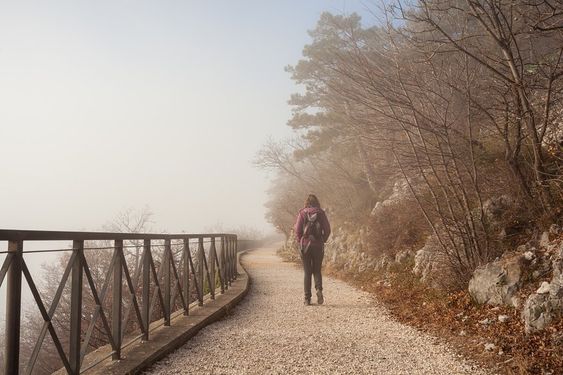
| Author Note: | For Rules, Please Read My Author Notes |

| Author Notes |
SENRYU is a Japanese poem with a title that deepens its meaning. Senryu is similar to Haiku but It's about human nature and it doesn't include a season word (kigo). It's written in one to four lines with no strict syllable count, but brief. These poems use a pause usually marked by a dash before the satori (an insightful twist to ponder). Alliteration and metaphor are okay. Never rhymes. the em-dash ( -- ) is used to emphasize an interruption in speech before the satori.
for more information click here collection of senryu ***** The Haiku Foundation of America Thank you very much for taking the time to read and review my poem. Gypsy "The poet waits quietly to paint the unsaid." Atticus pictures from pinterest.com |
![]()
By Gypsy Blue Rose
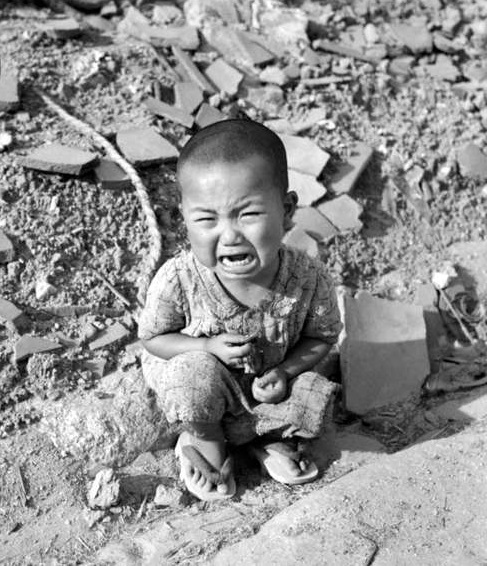
child’s home
in rubble veiled
with tears

| Author Notes |
Innocent children are the most heartbreaking victims of any war. It's cruel and shameful.
Thank you very much for reading my poem, Gypsy google picture of a Japanese child in Hiroshima rubbles after the nuclear bomb |
![]()
By Gypsy Blue Rose
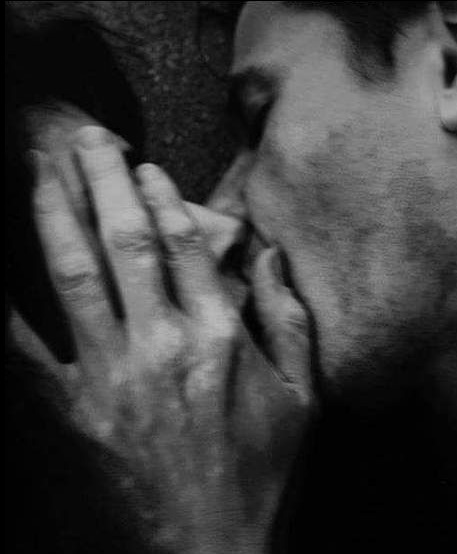

| Author Notes |
This is just a poem, I don't promote suicide for lovers when one dies. I am from Spain, and we are very dramatic people and it reflects in our poetry.
GOGYOHKA is a five-line free-style Japanese poetic form with no strict rules on syllable count but as brief as possible. Any theme. Lines are grammatically connected. Alliteration, personification, and metaphor are okay but never rhyme. Japanese poets have written gogyohka since the 1910s. However, they did not name the form until 1983 by poet Enta Kusakabe. === source = writers digest ===source=wikipedia Thank you for taking the time to read and review my poem. Gypsy pictures from pinterest |
![]()
By Gypsy Blue Rose


| Author Notes | Thank you for taking the time to read my poem, Gypsy |
![]()
By Gypsy Blue Rose


| Author Notes | Jiyu-Shi poem consists of a combination of 5/7 syllables stanzas. You may write as many stanzas as you like and any topic. It never rhymes. The two 5/7 stanza lines are connected grammatically. === === Thank you for taking the time to read and review my poem. It's an entry for this week's challenge for the Japanese Poetry Club. Everyone is welcome to join. Gypsy hugs |
![]()
By Gypsy Blue Rose
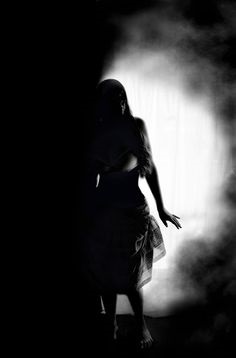
| Author Note: | Fiction - 17 syllables or less - 3 title - 6/4/4 - 4/5/5 - 4/5/7 - 5/6/6 - 5/5/3 - ending 3 |

By Gypsy Blue Rose
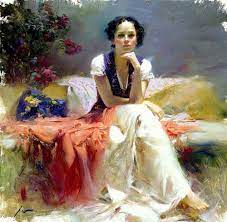

By Gypsy Blue Rose
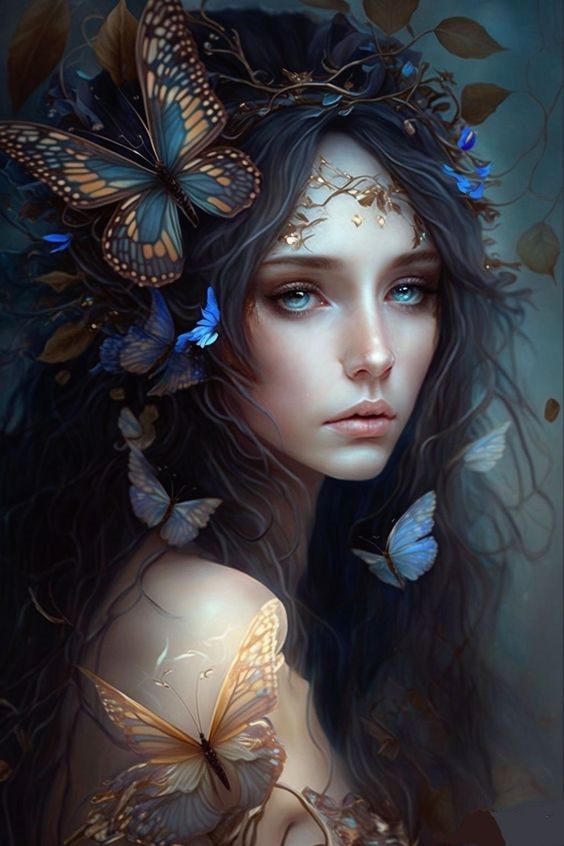

By Gypsy Blue Rose
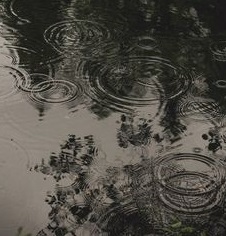

By Gypsy Blue Rose


By Gypsy Blue Rose


By Gypsy Blue Rose
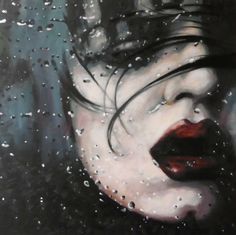

By Gypsy Blue Rose

By Gypsy Blue Rose
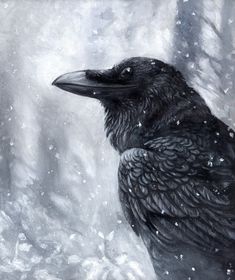

By Gypsy Blue Rose
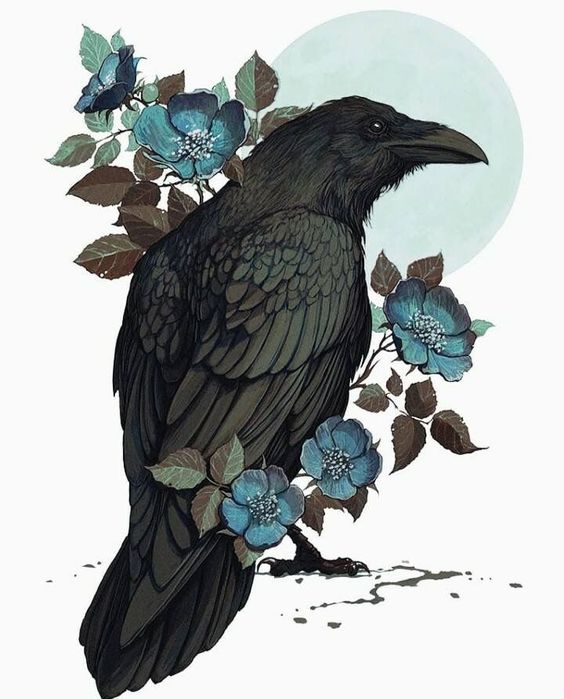
blue moon mood,raven eats the robin’s eggs —empty nest

By Gypsy Blue Rose


By Gypsy Blue Rose

By Gypsy Blue Rose
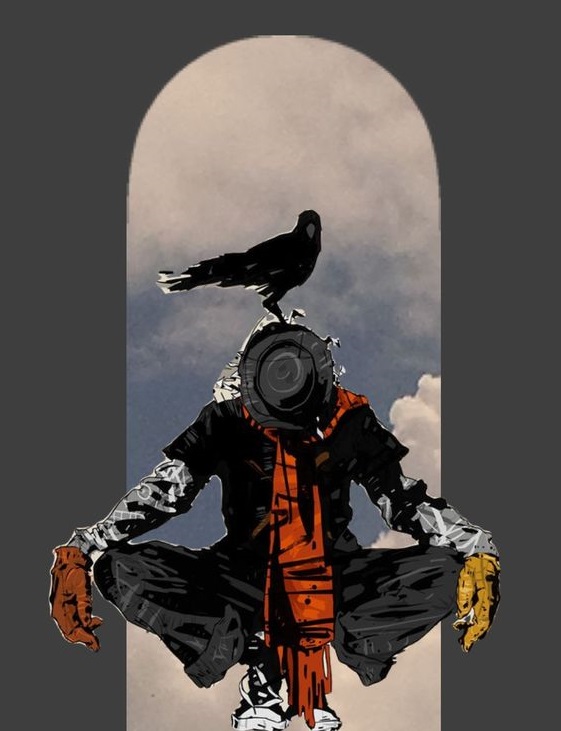
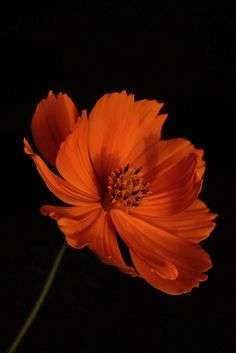
By Gypsy Blue Rose

dreary starless sky ‘bove cemetery's loose dirt —crow caws on dead bough

You've read it - now go back to FanStory.com to comment on each chapter and show your thanks to the author!
All Rights Reserved. under which this service is provided to you. © 2015 FanStory.com, Inc. TermsPrivacy Statement